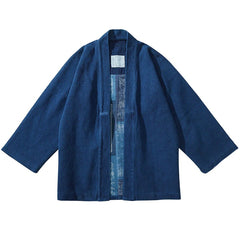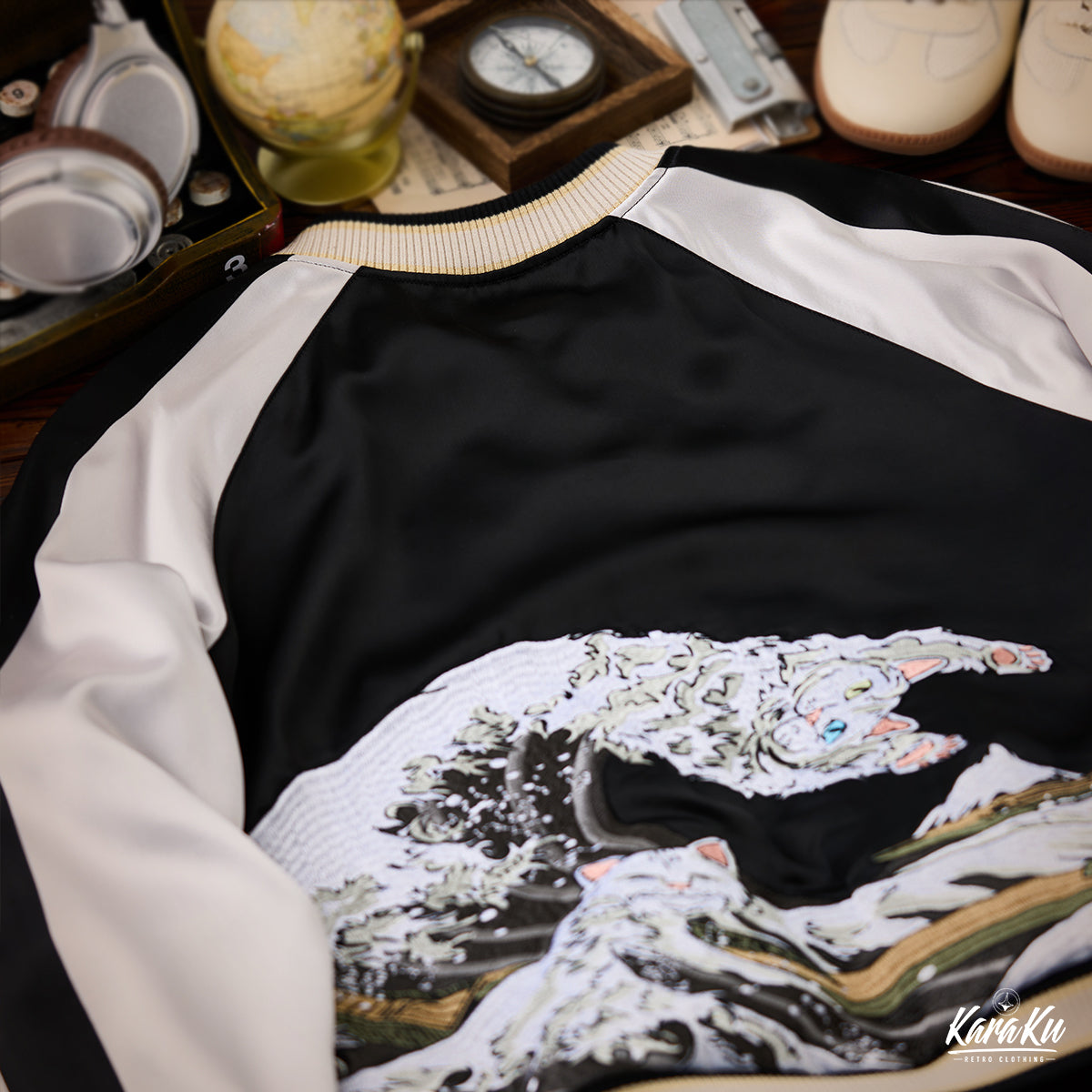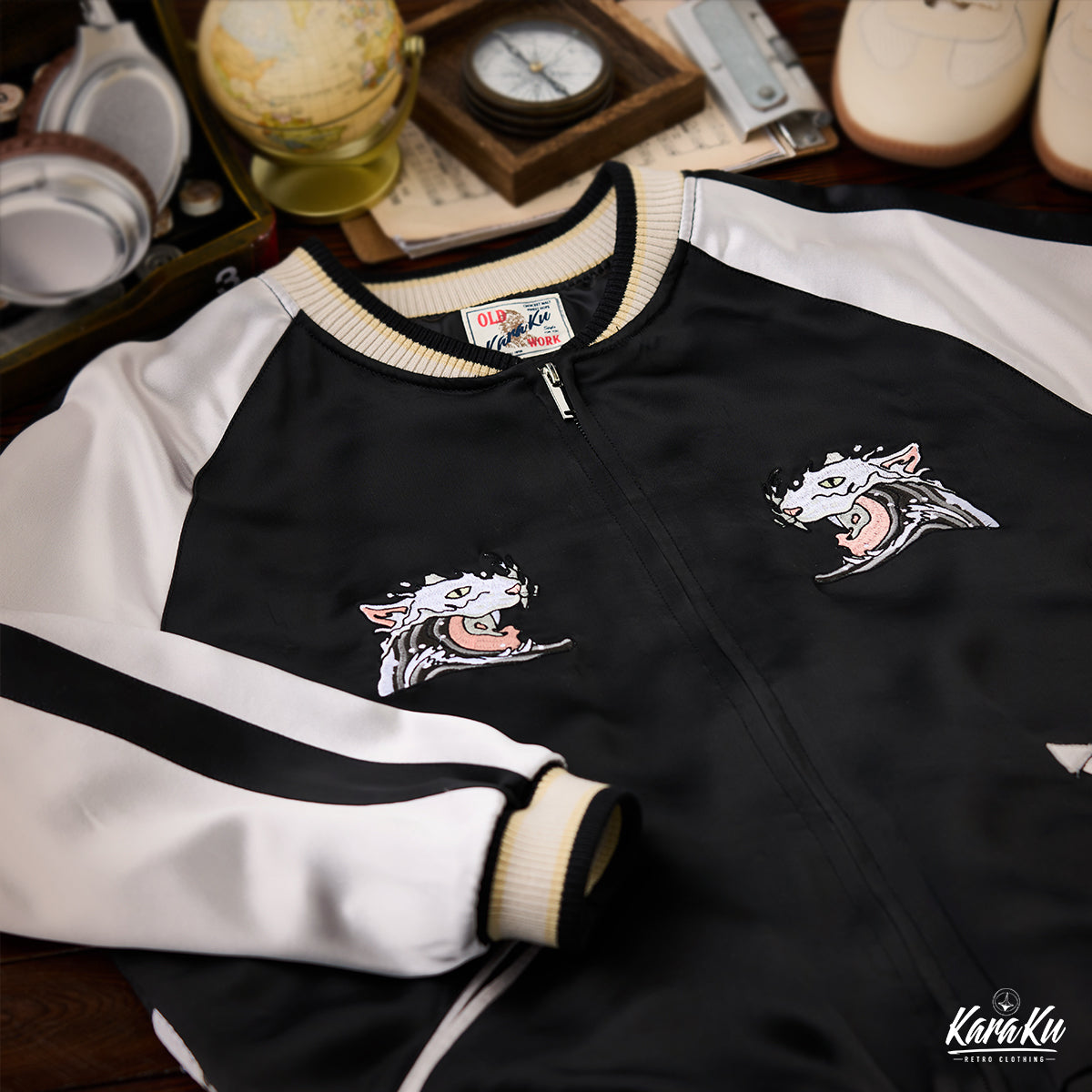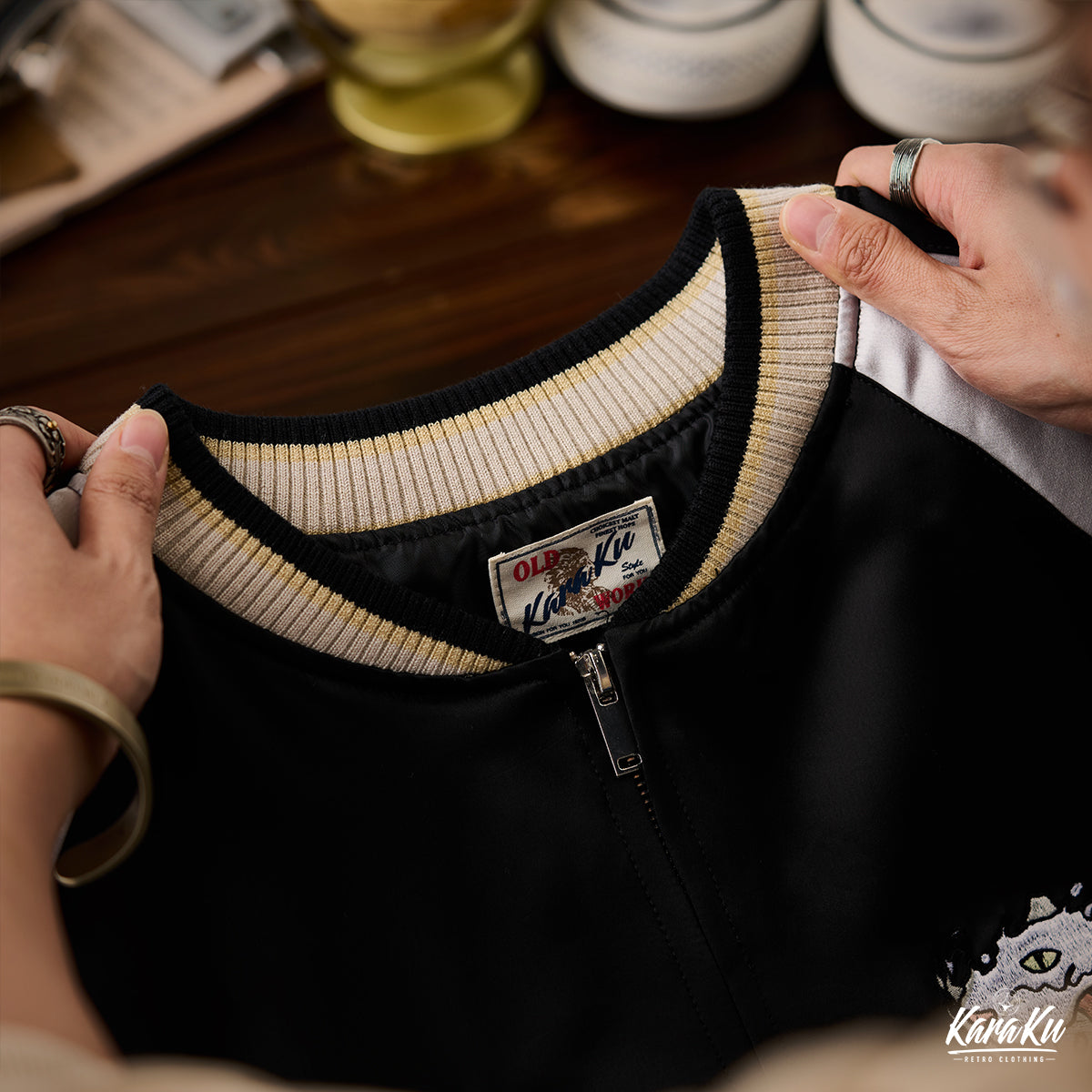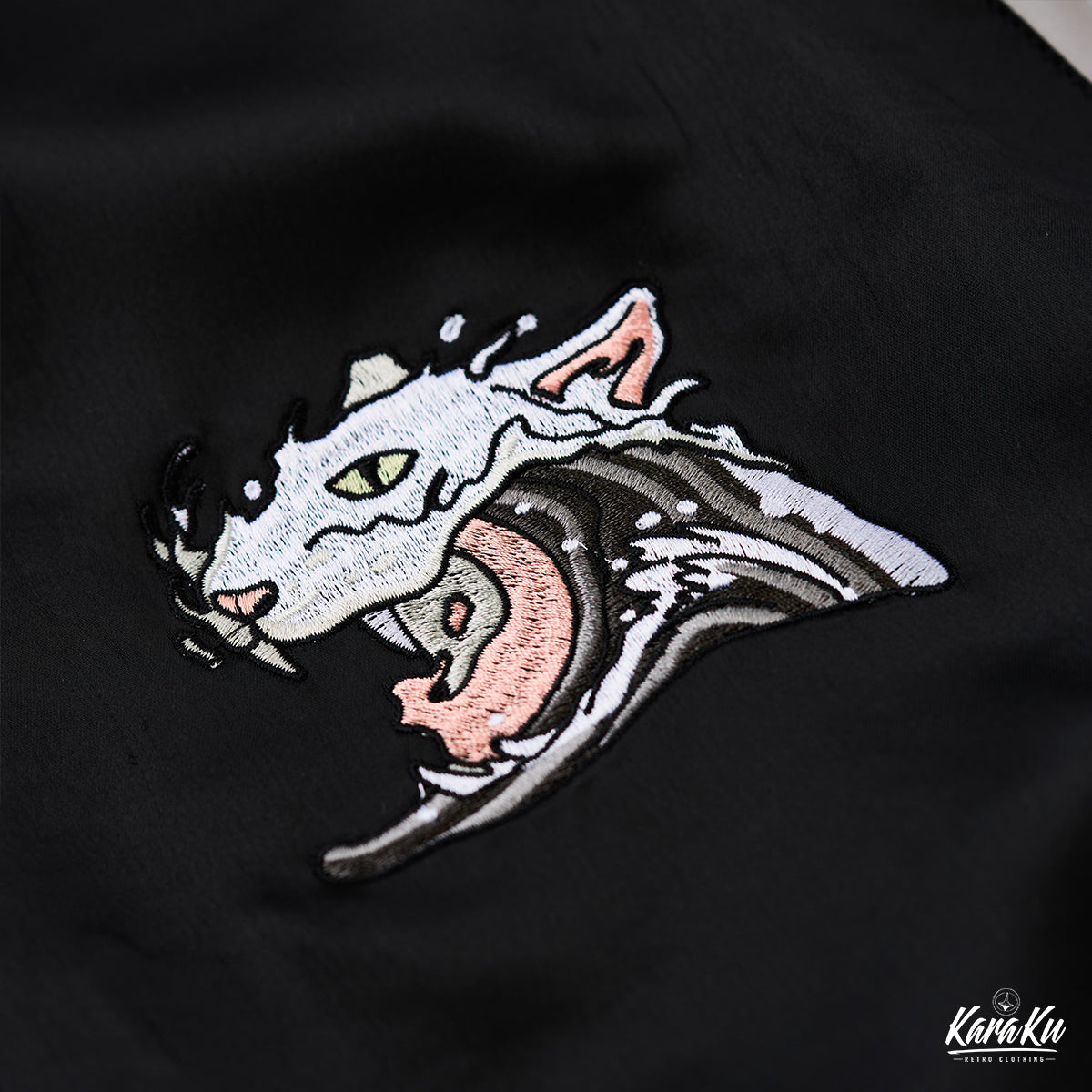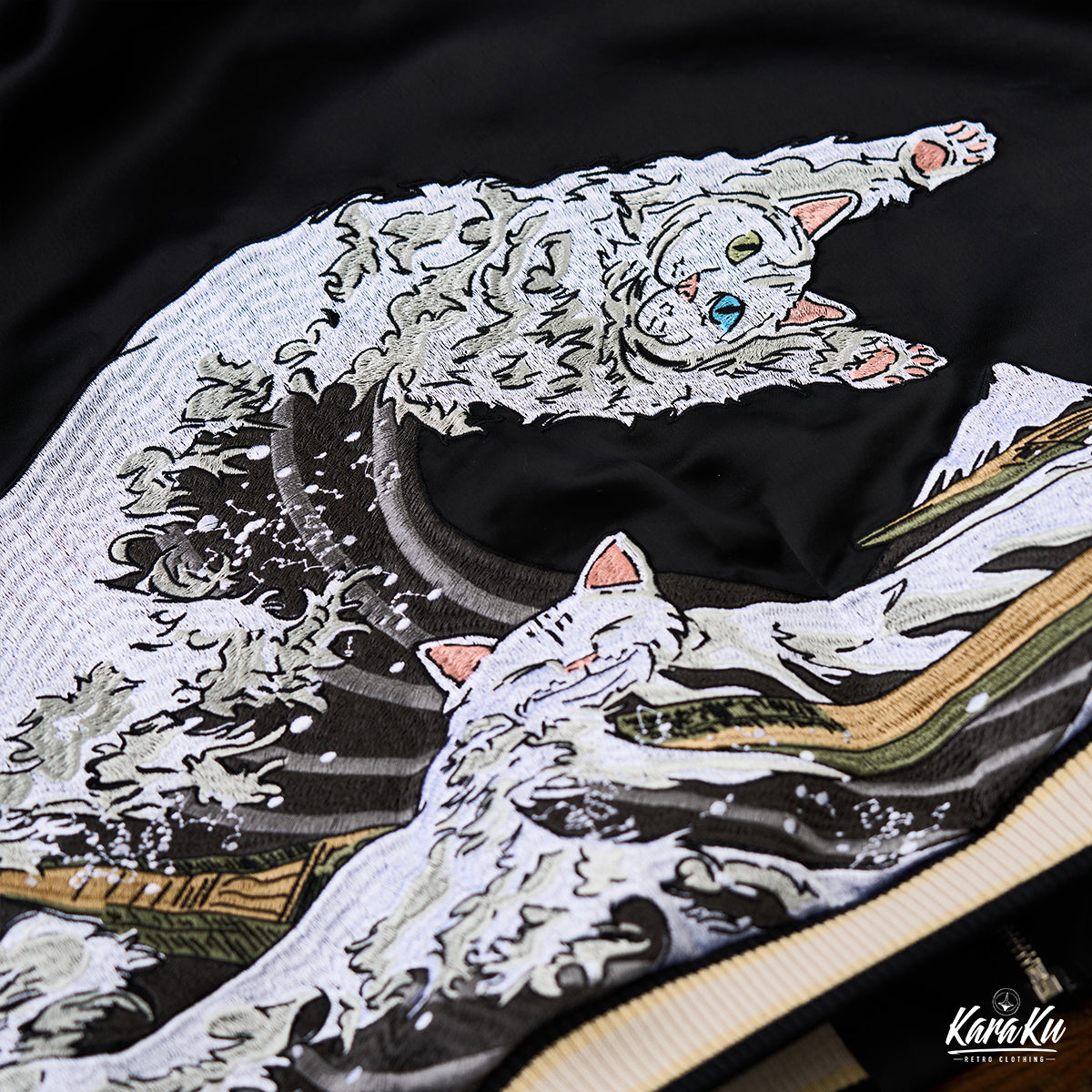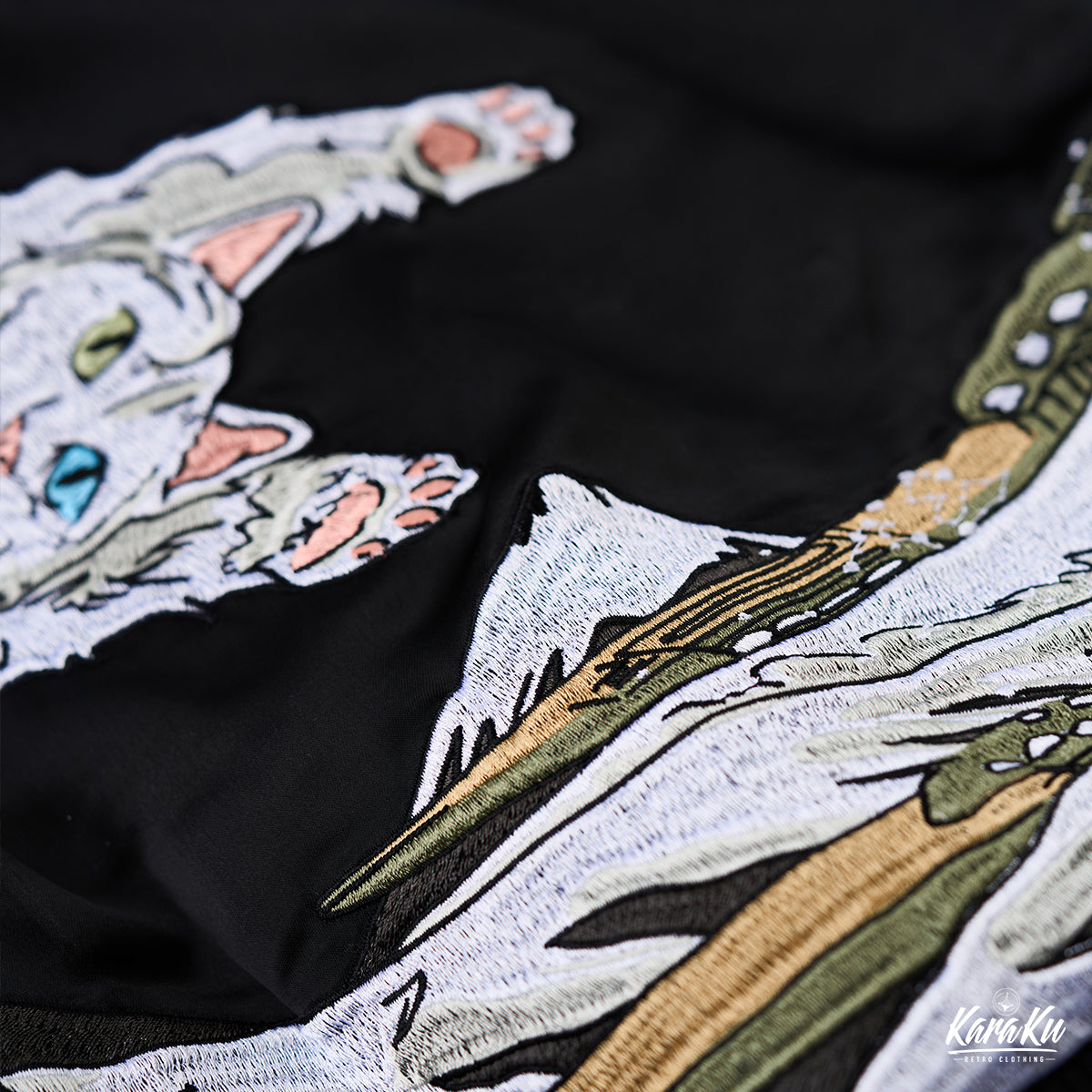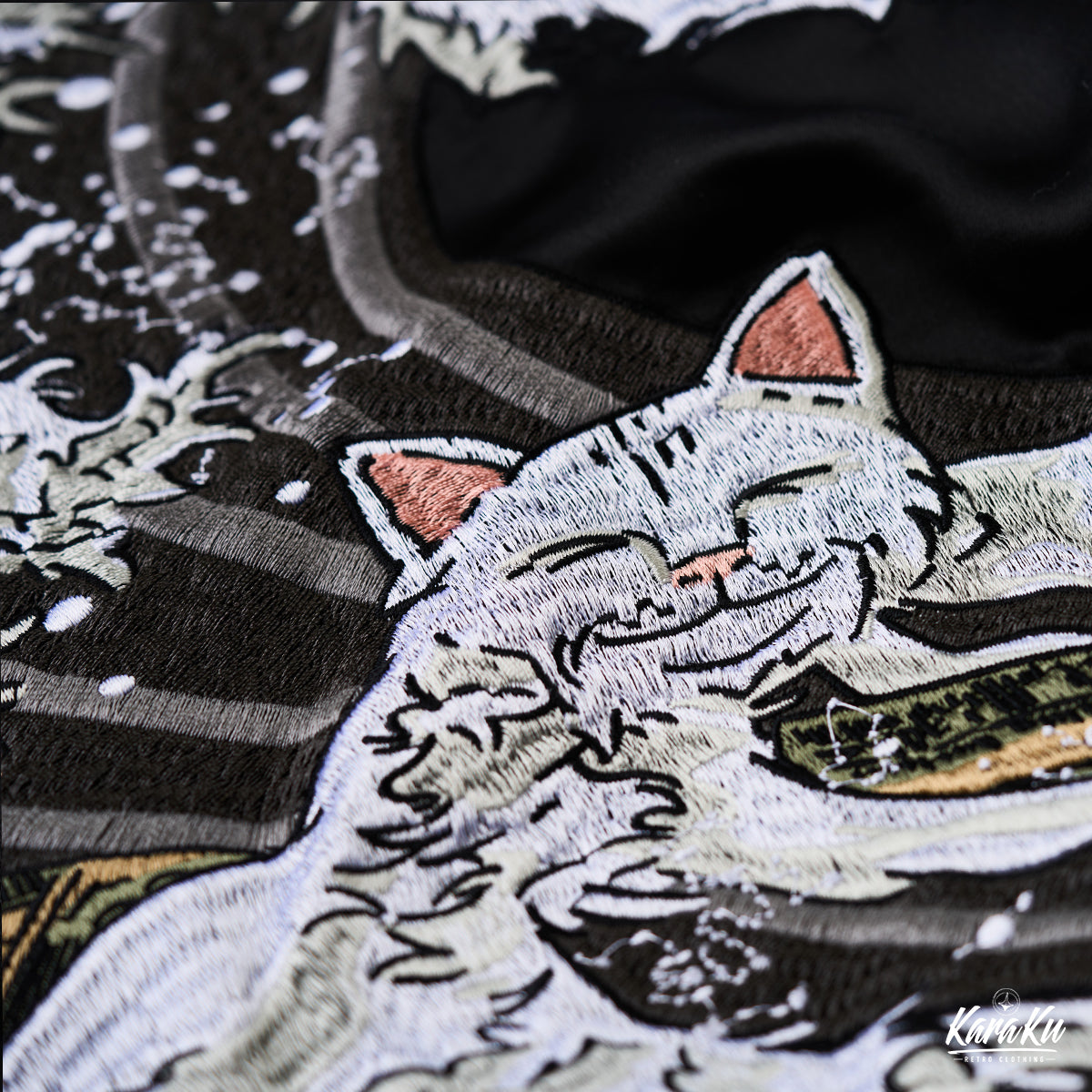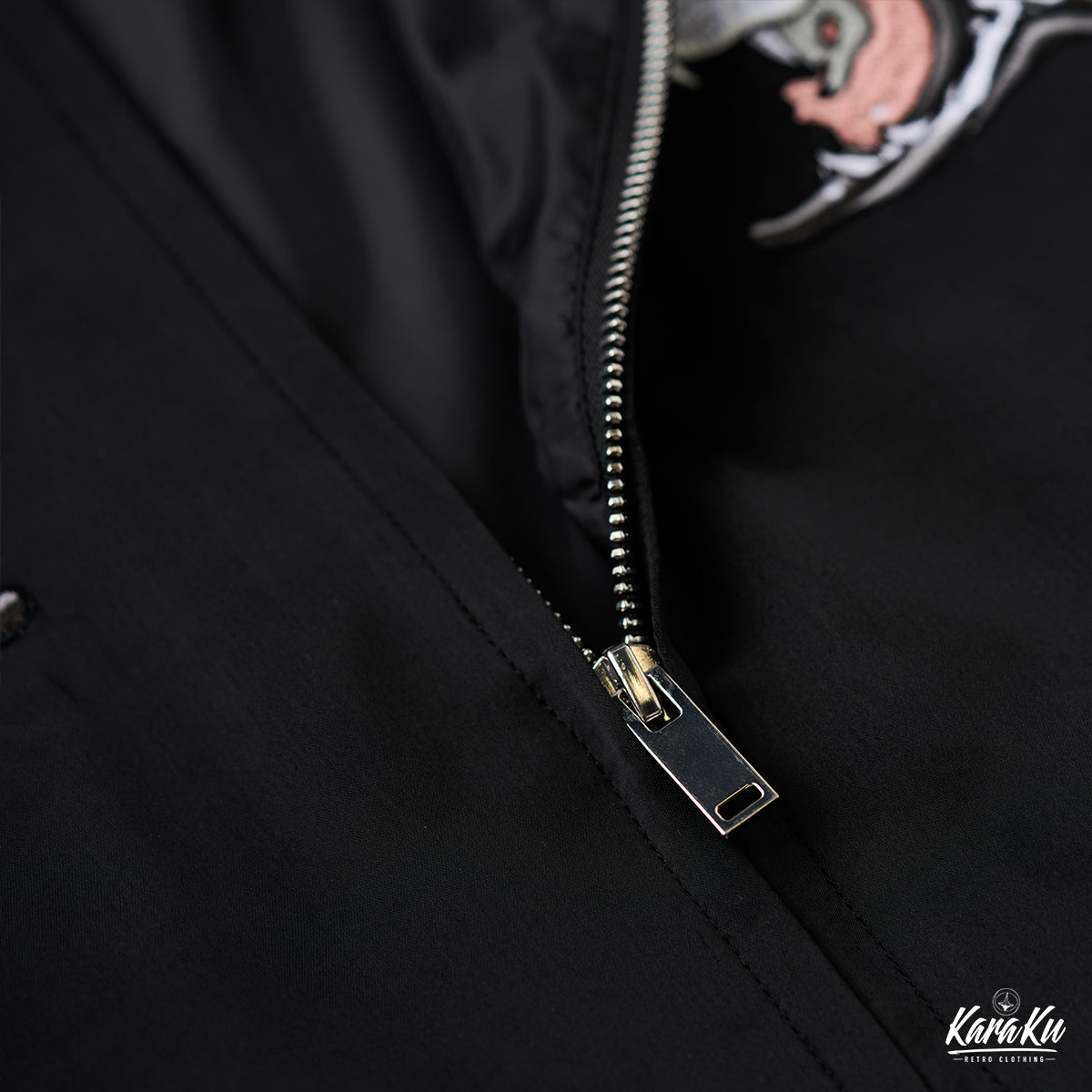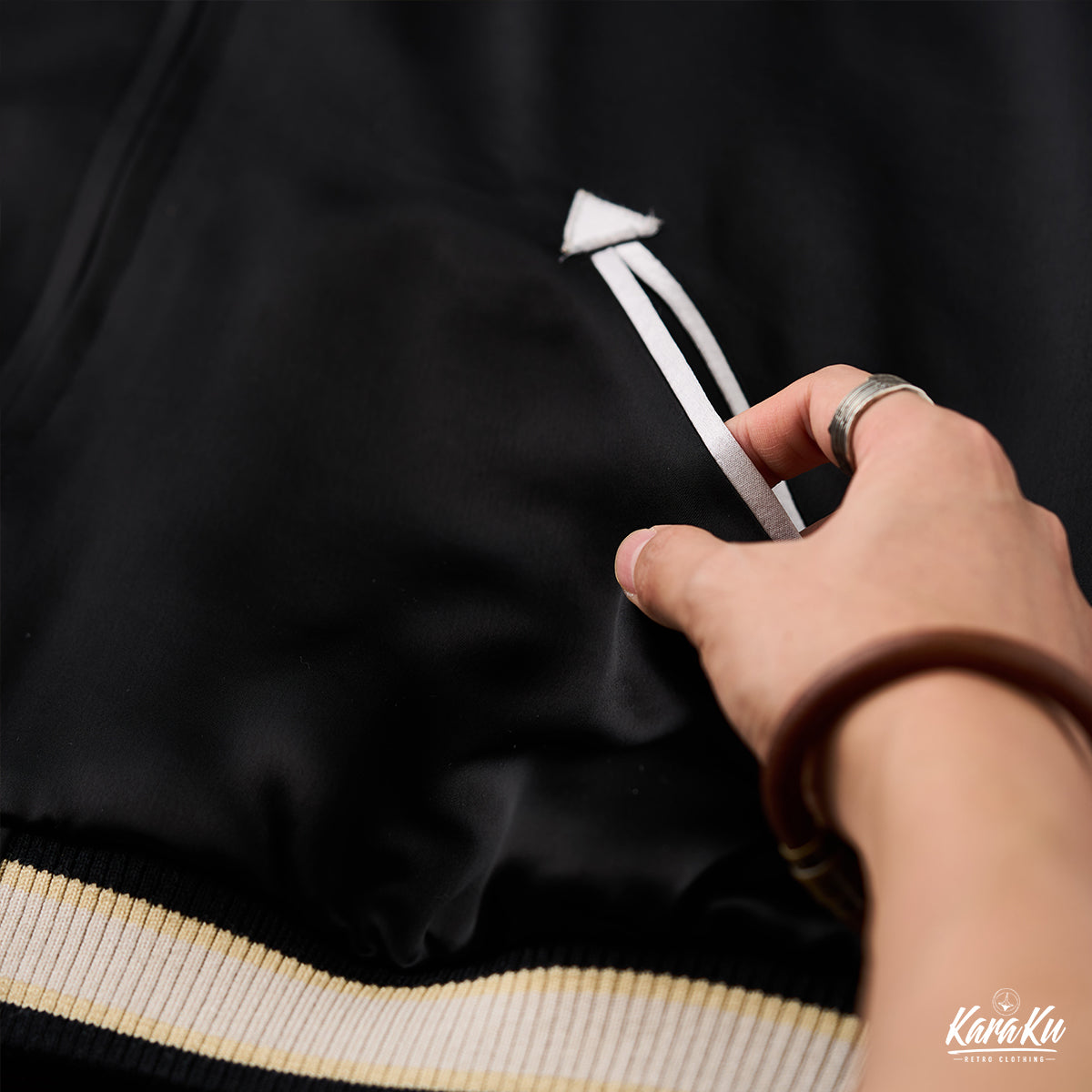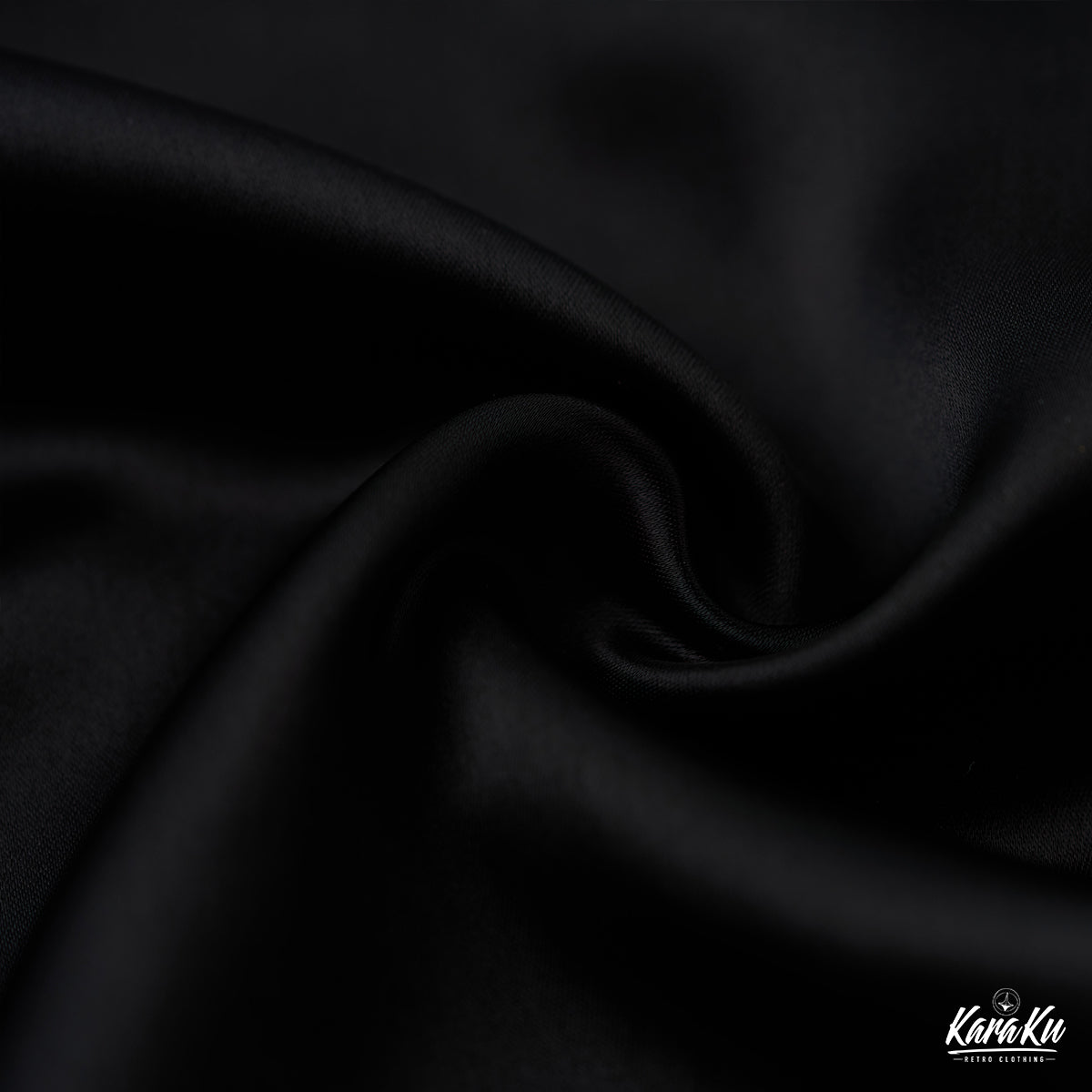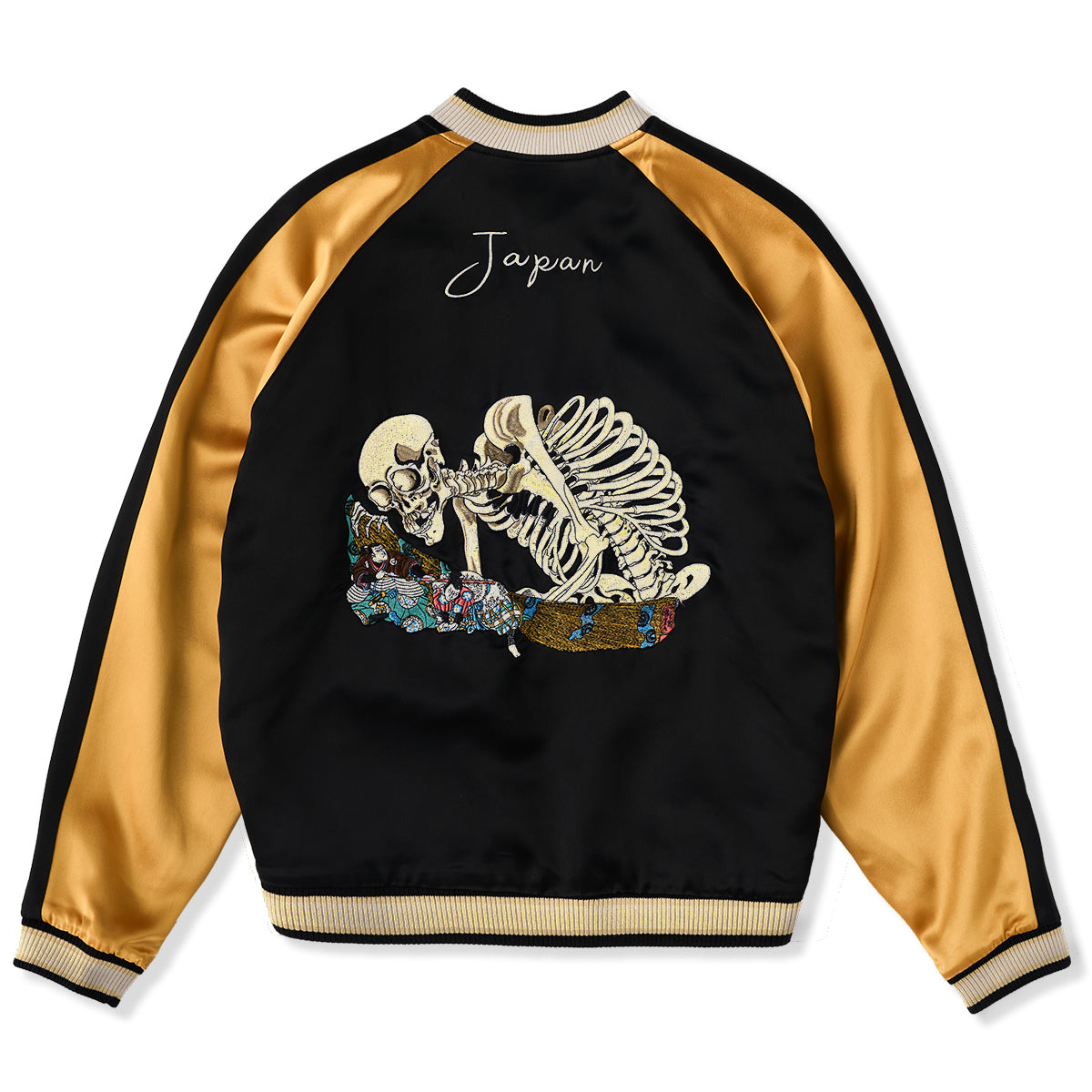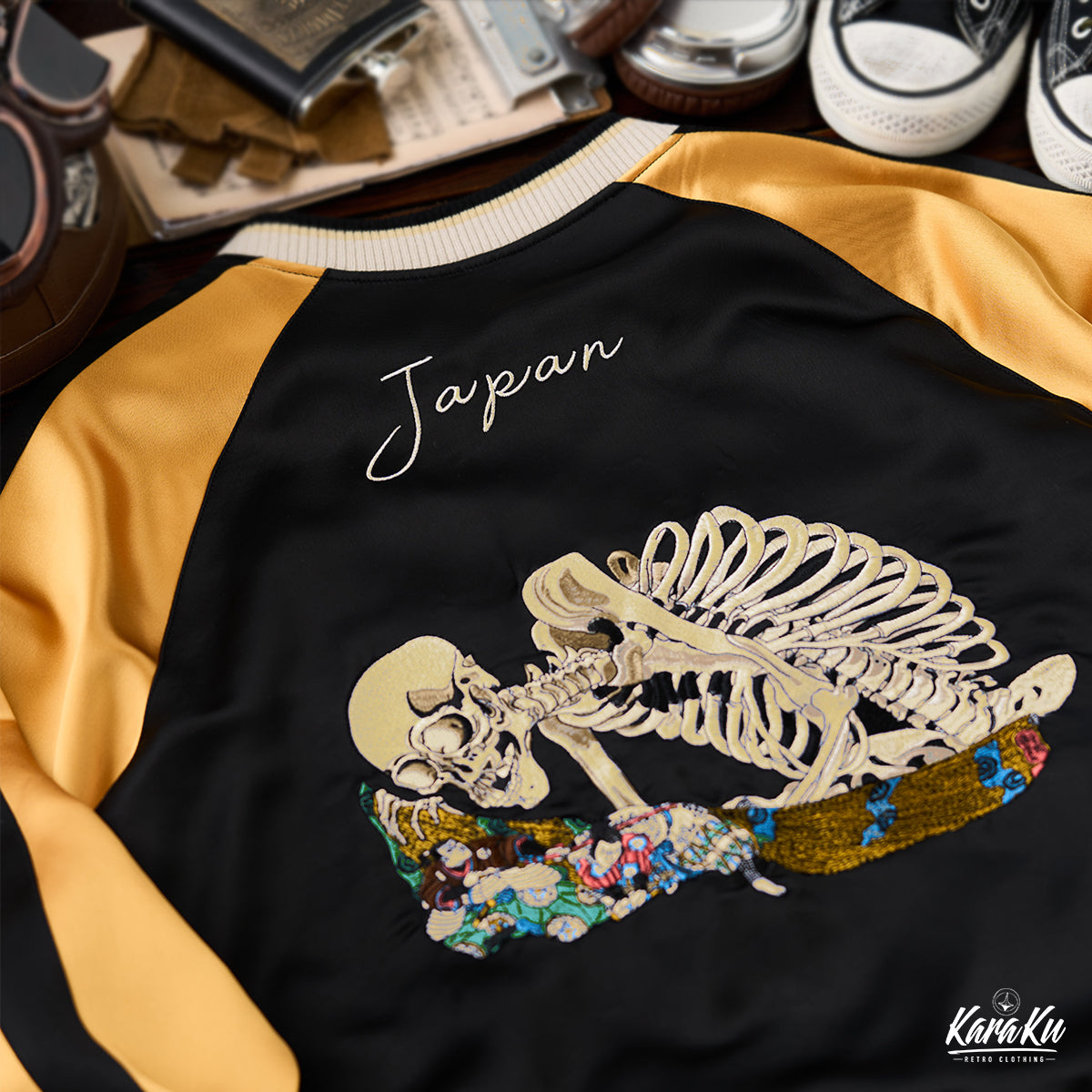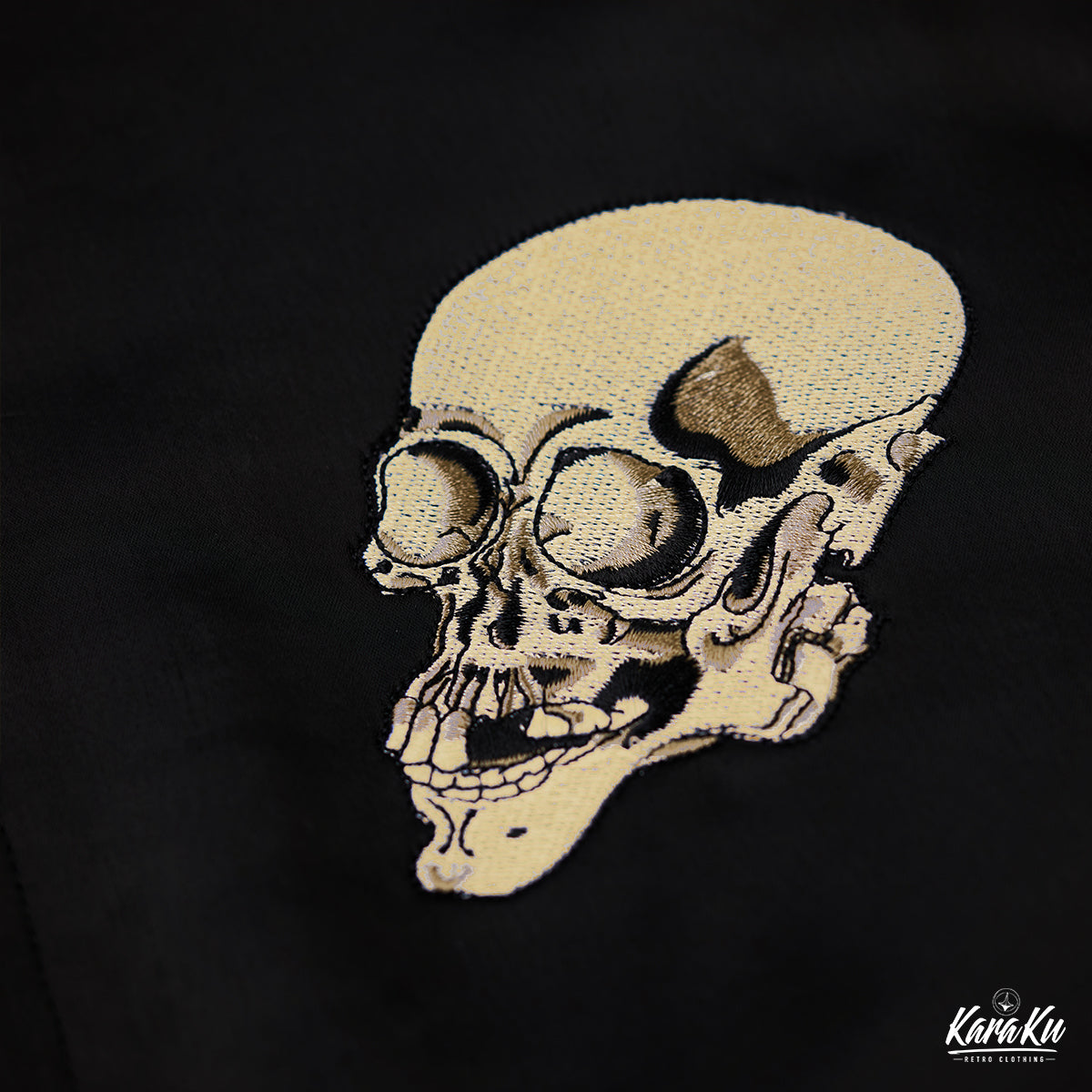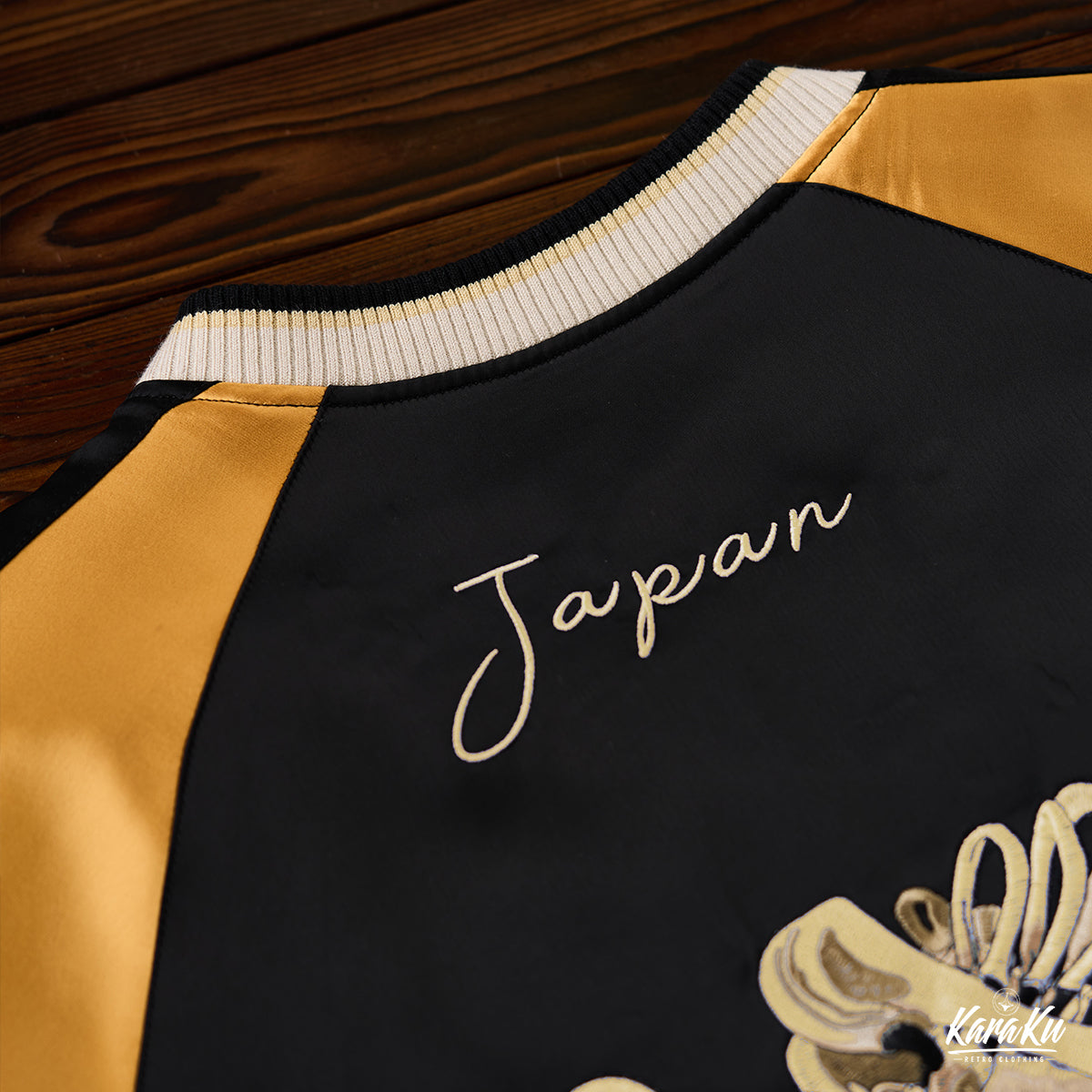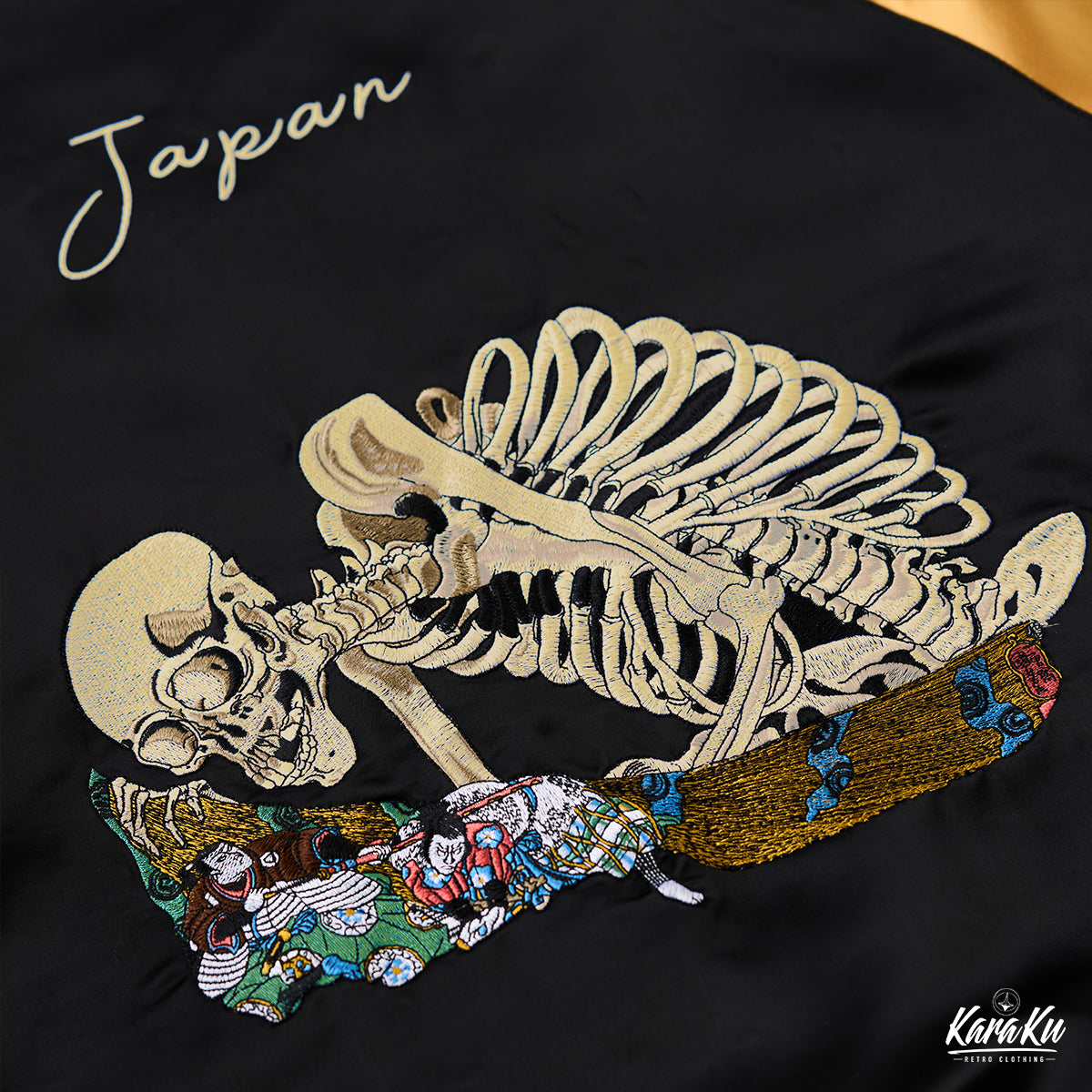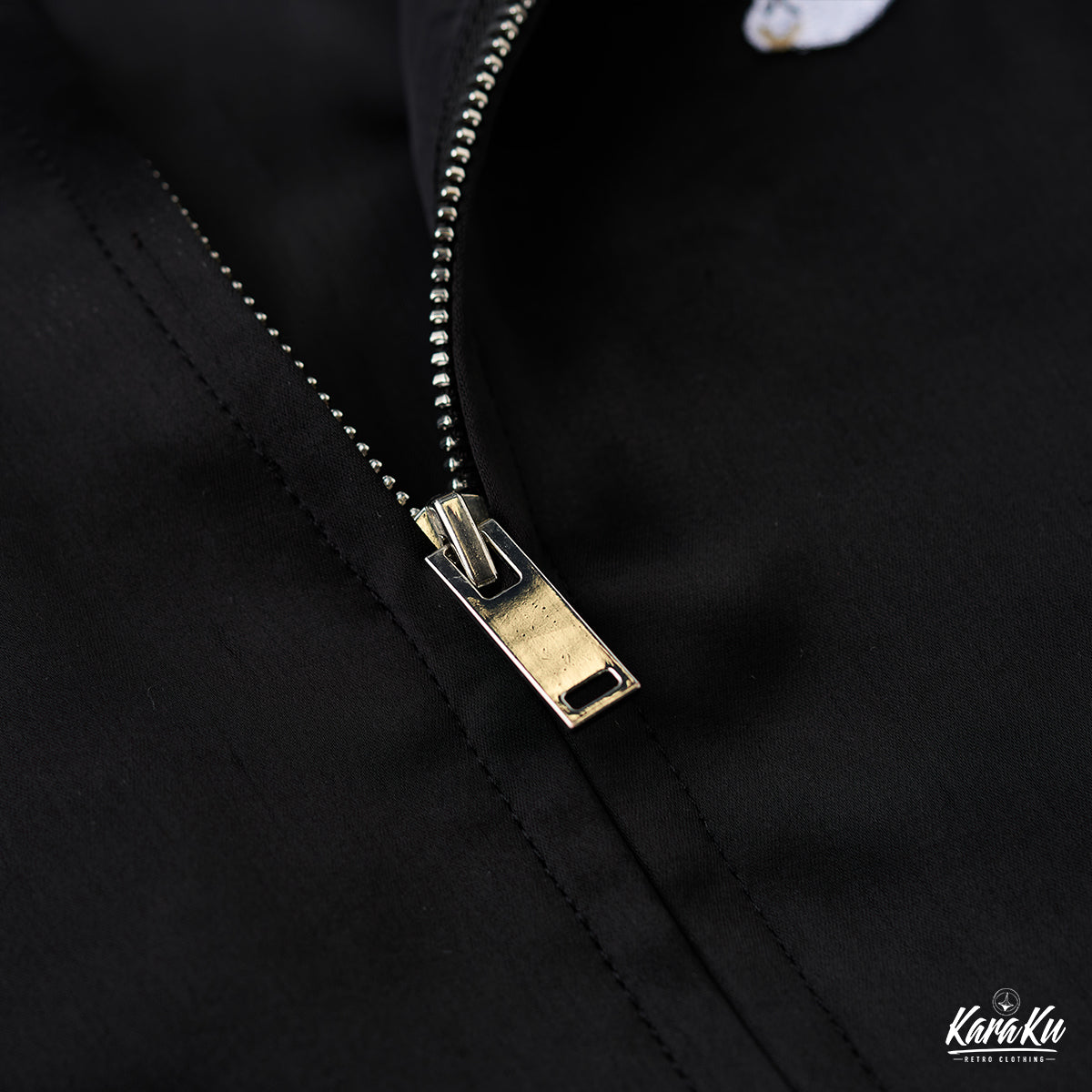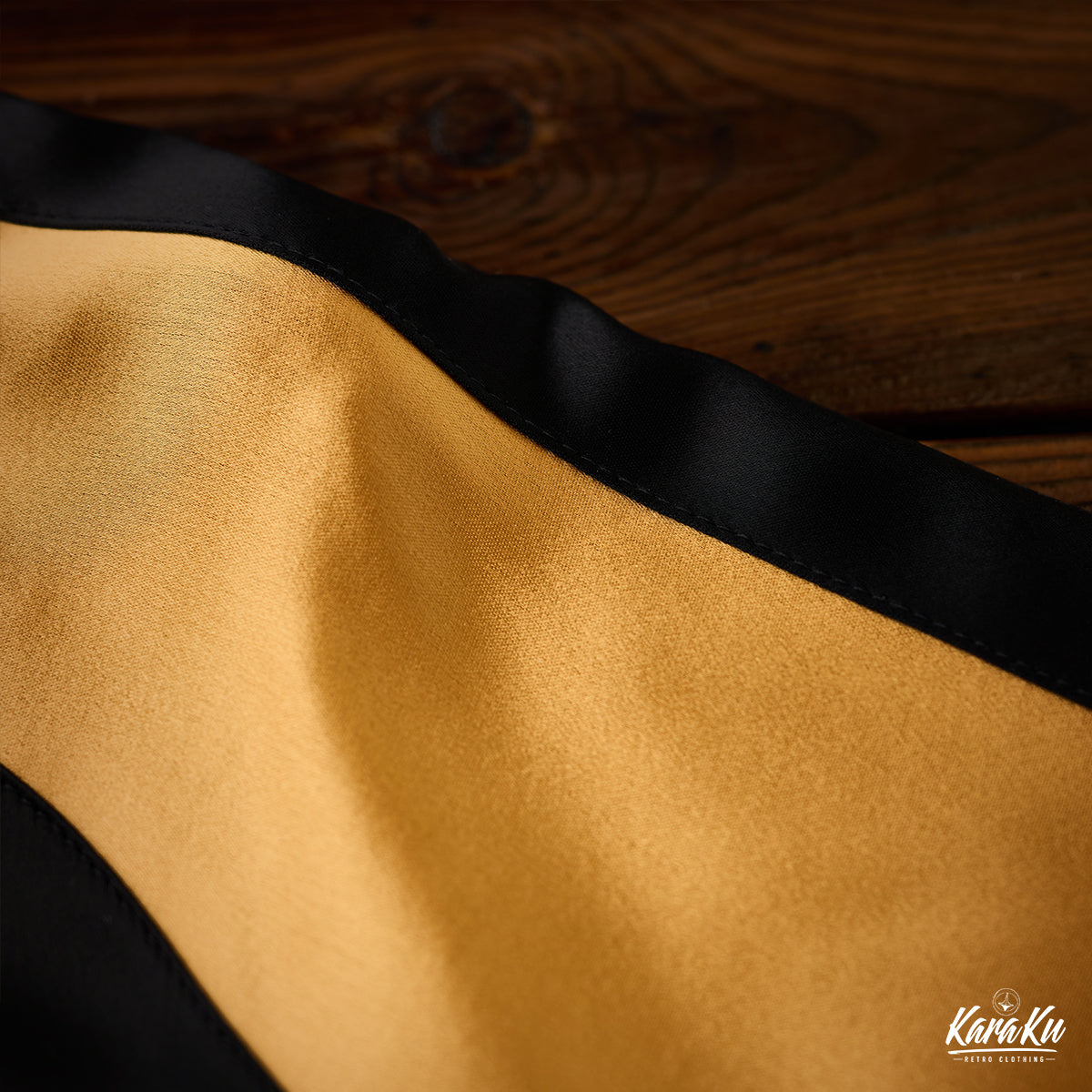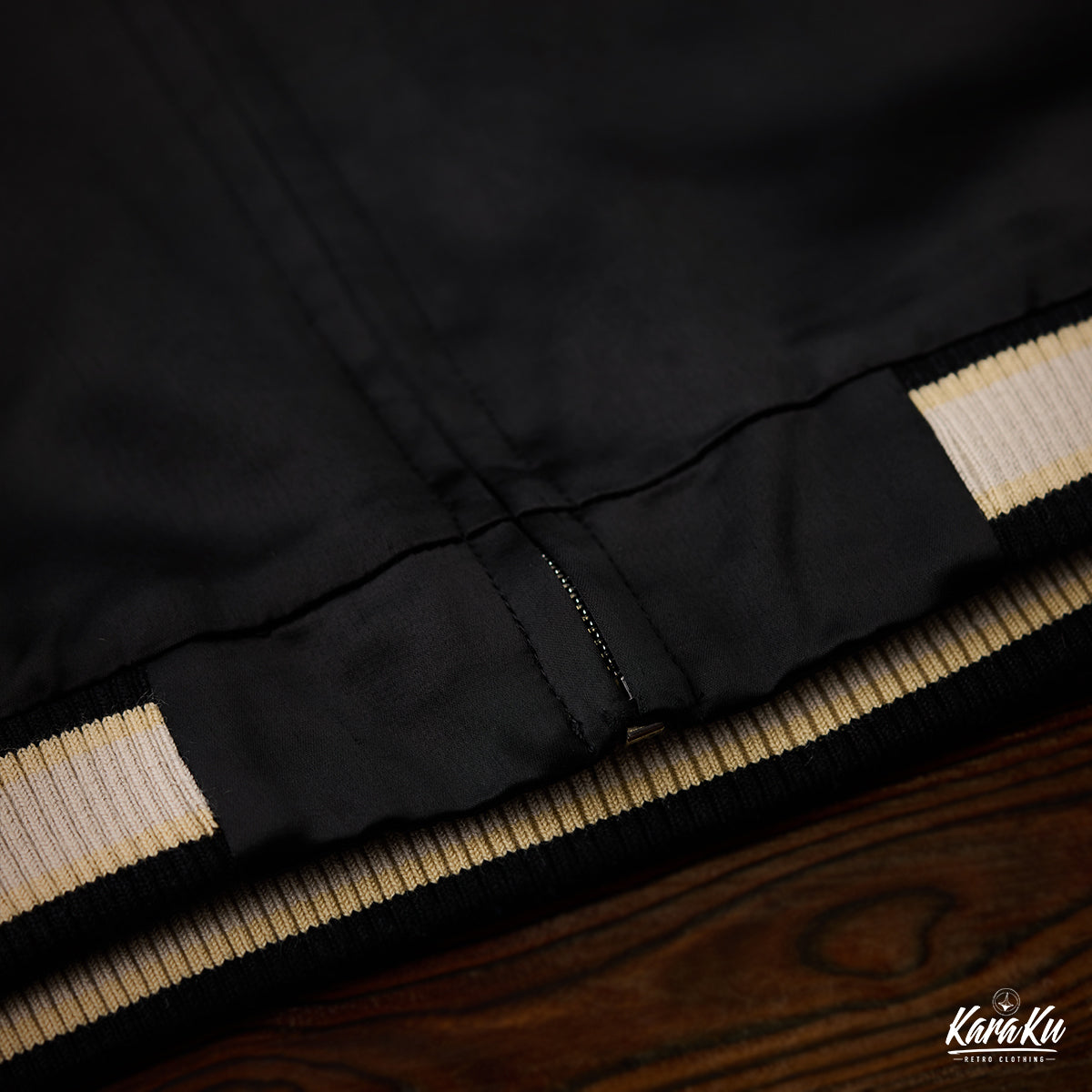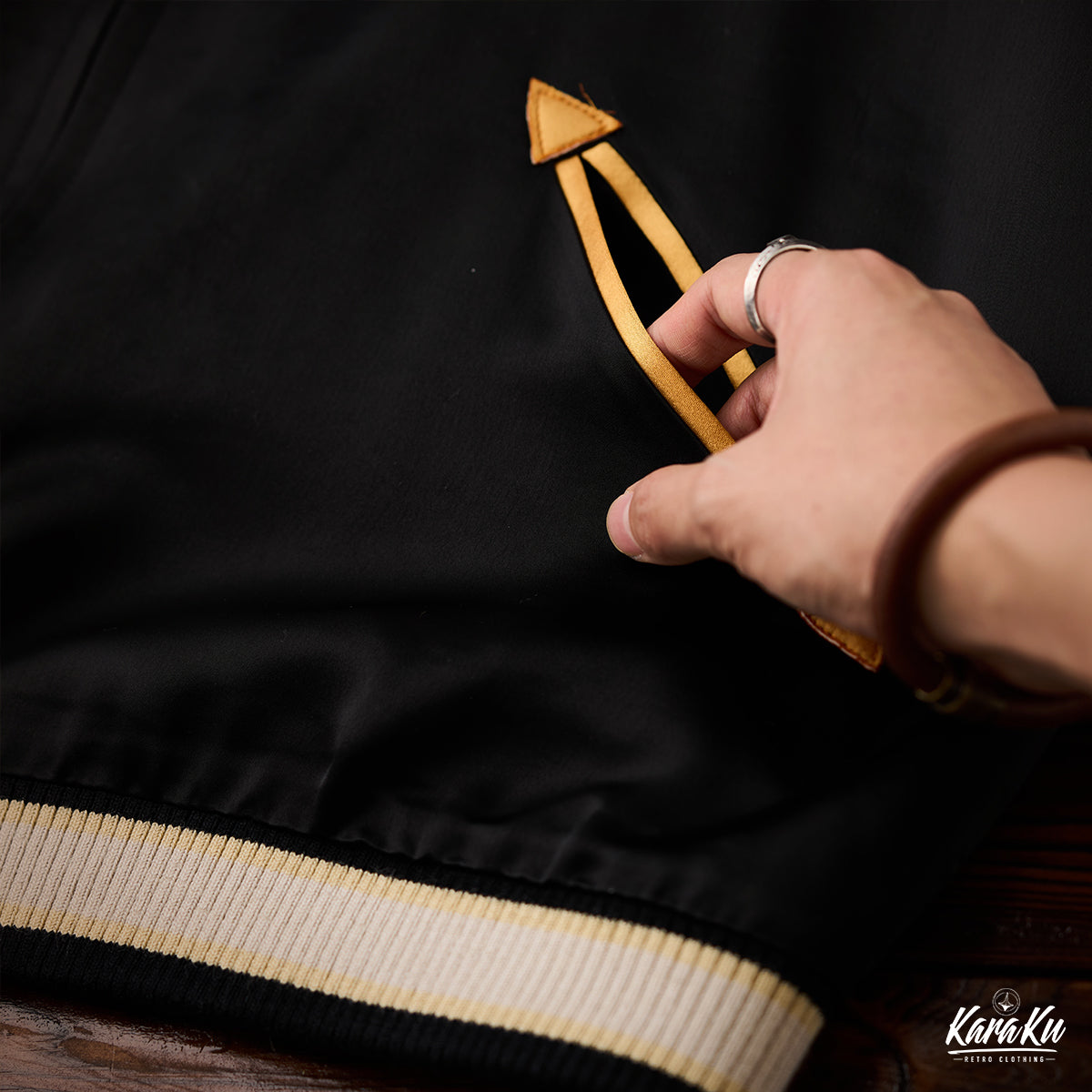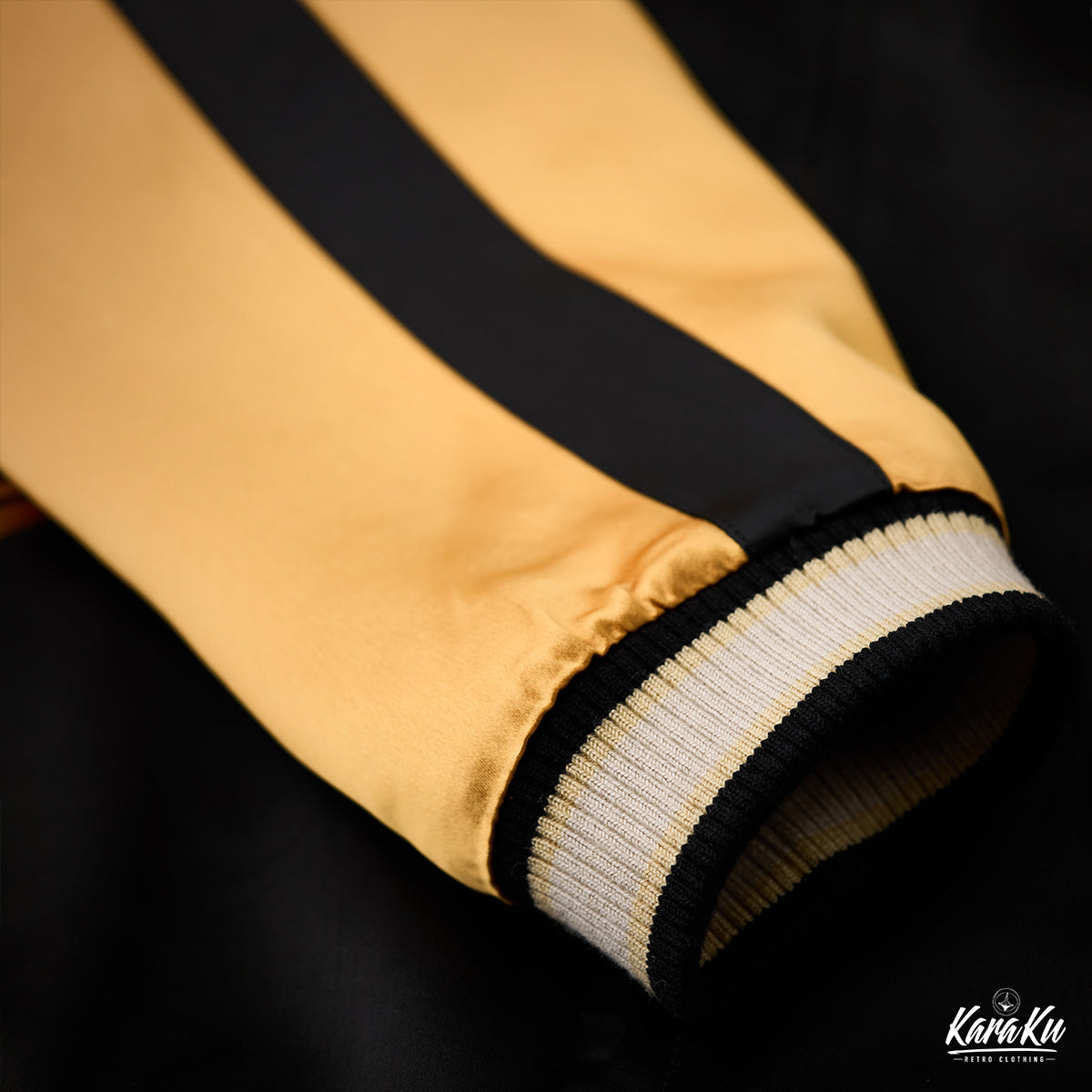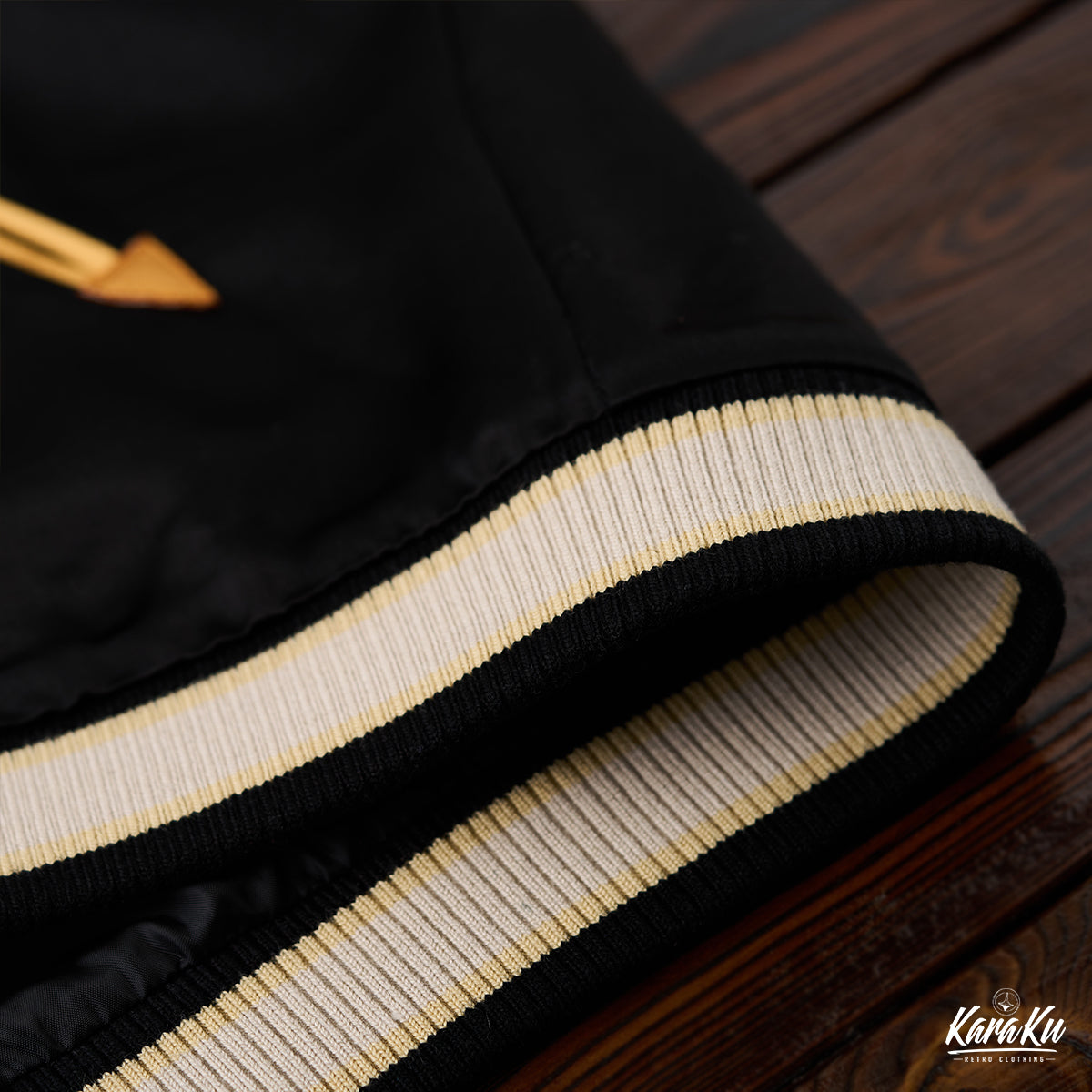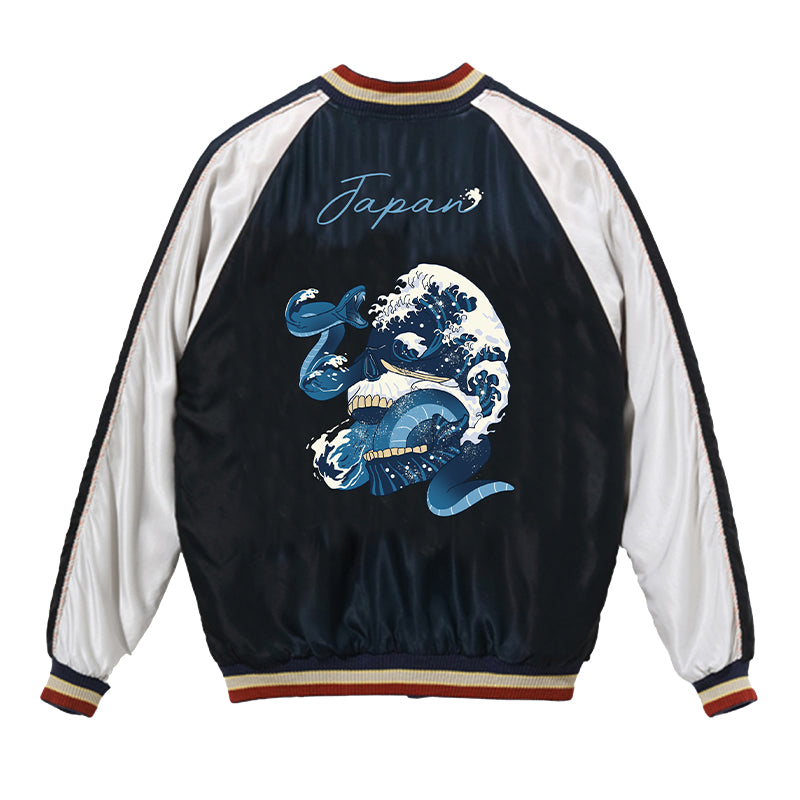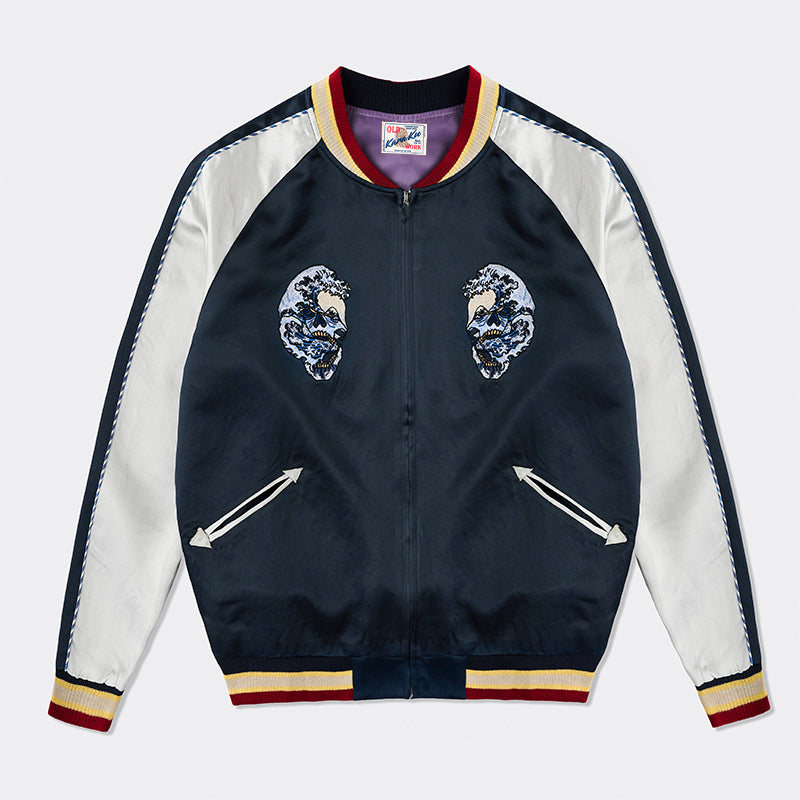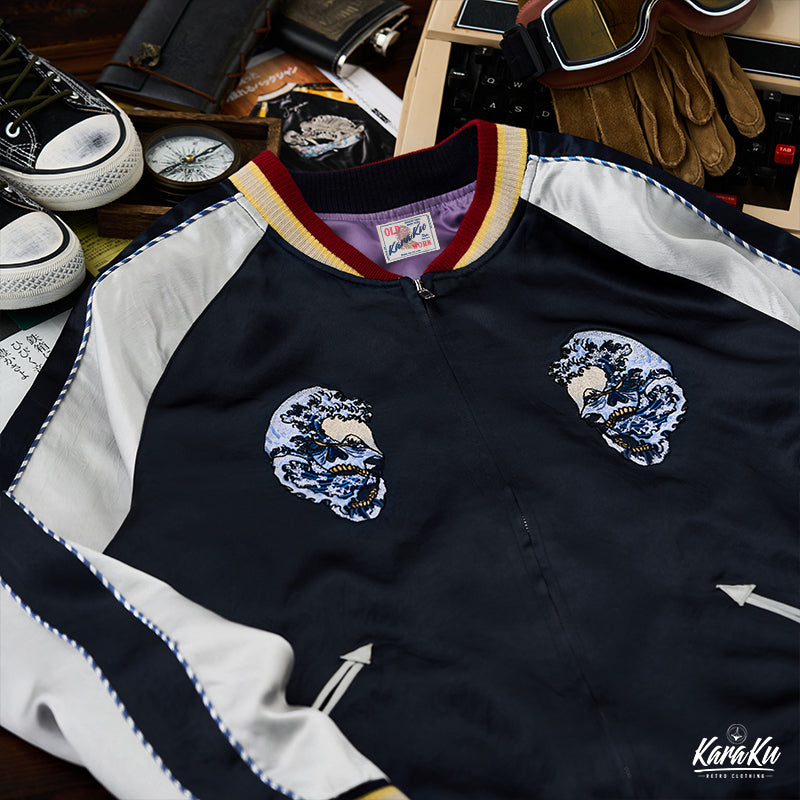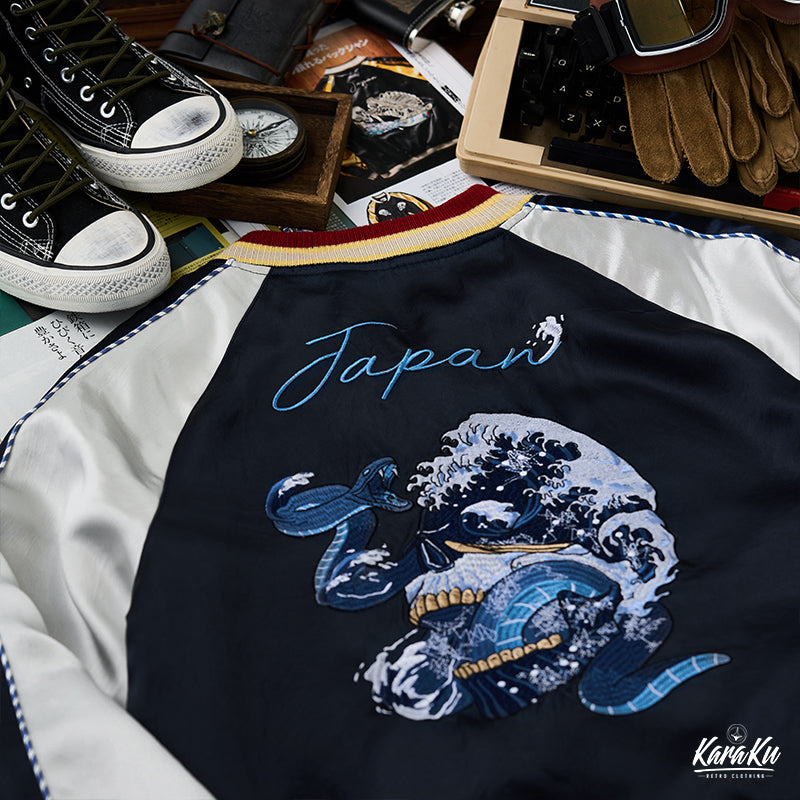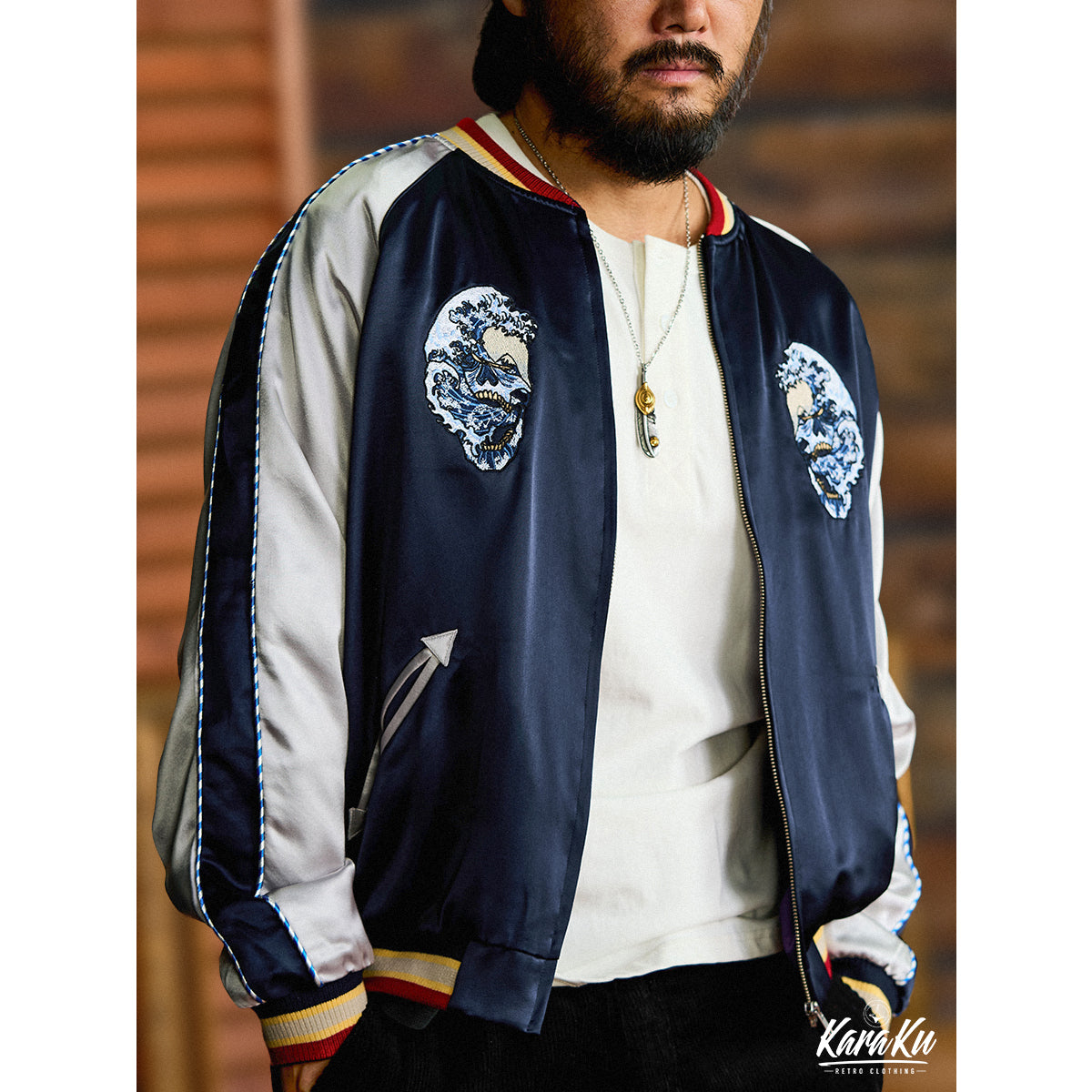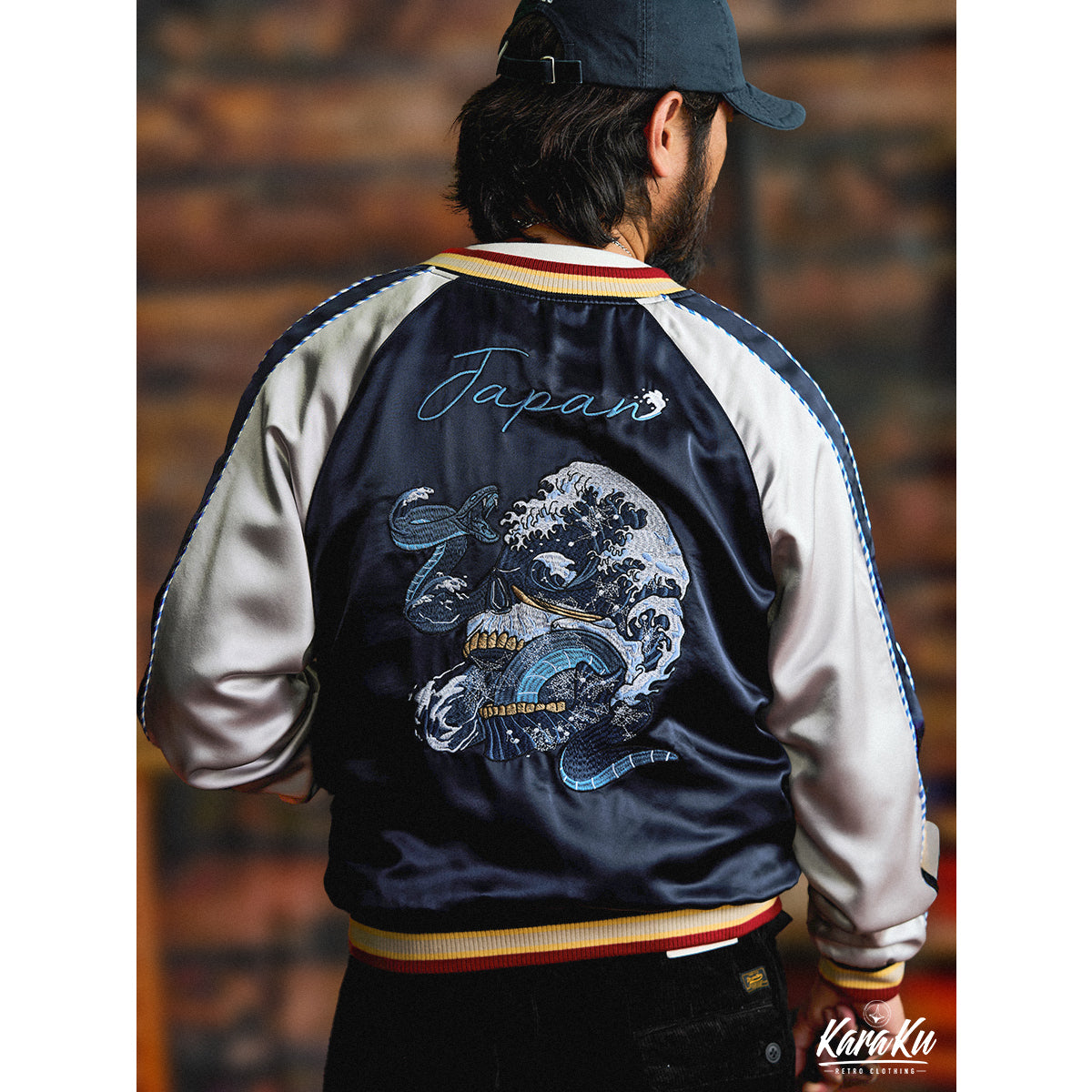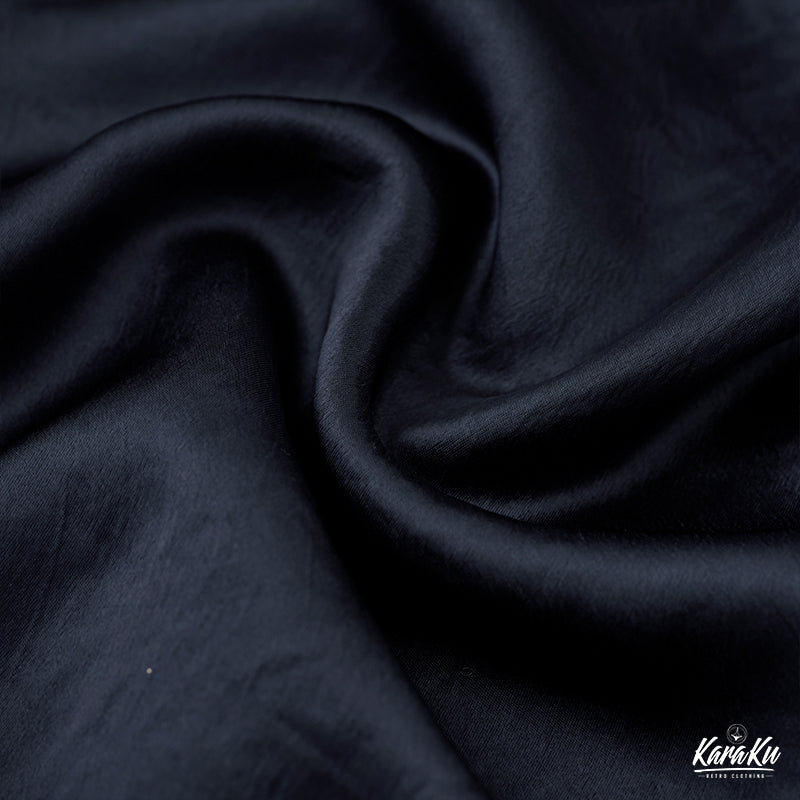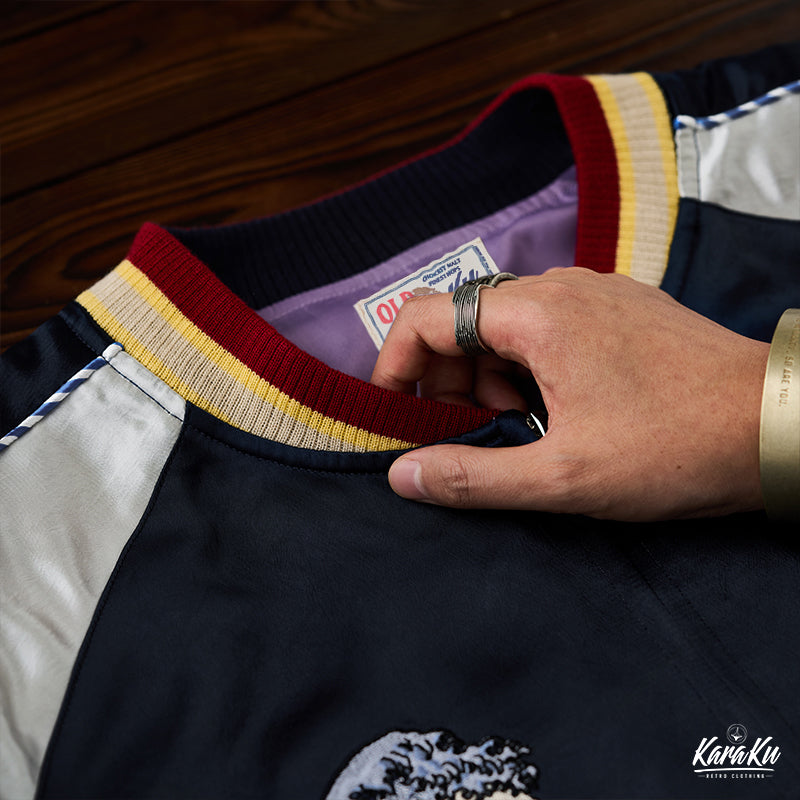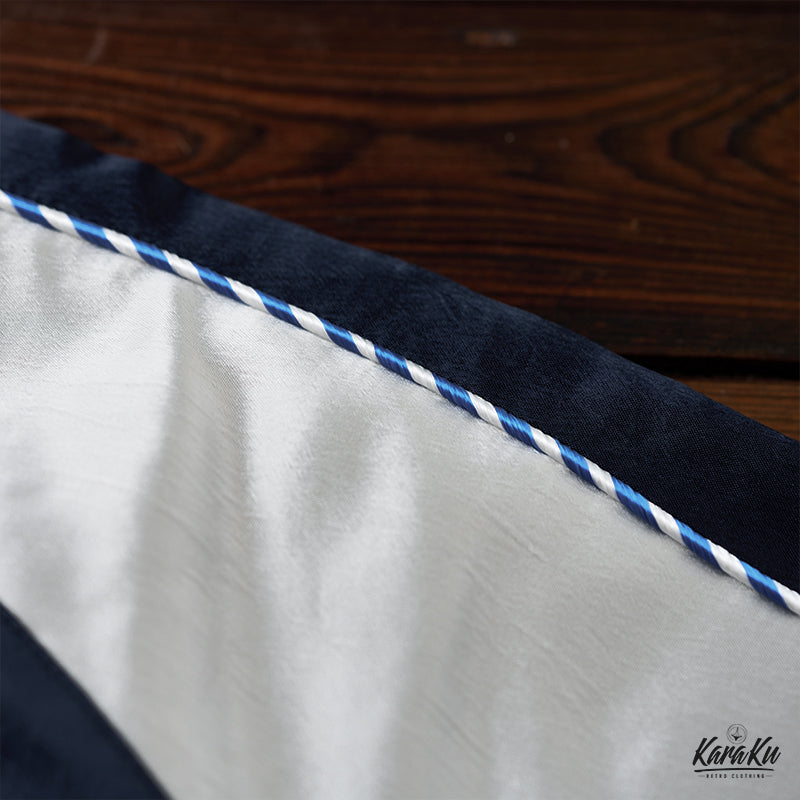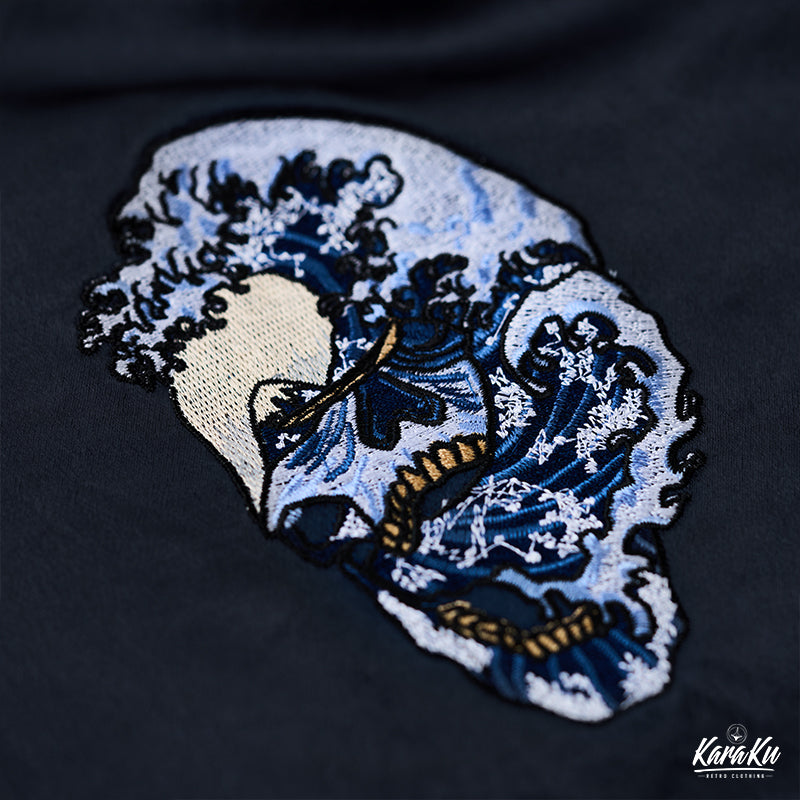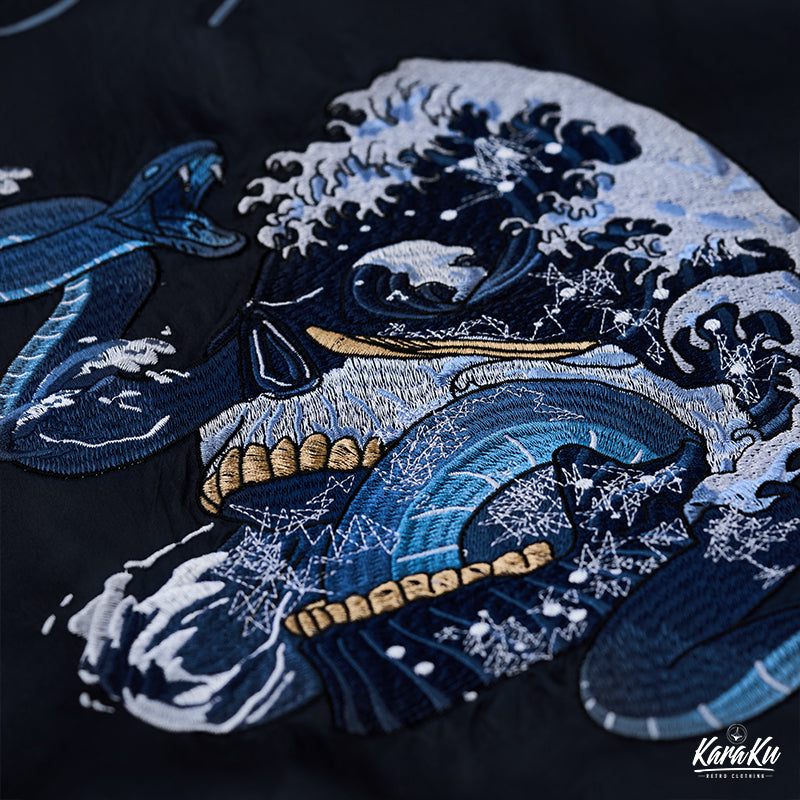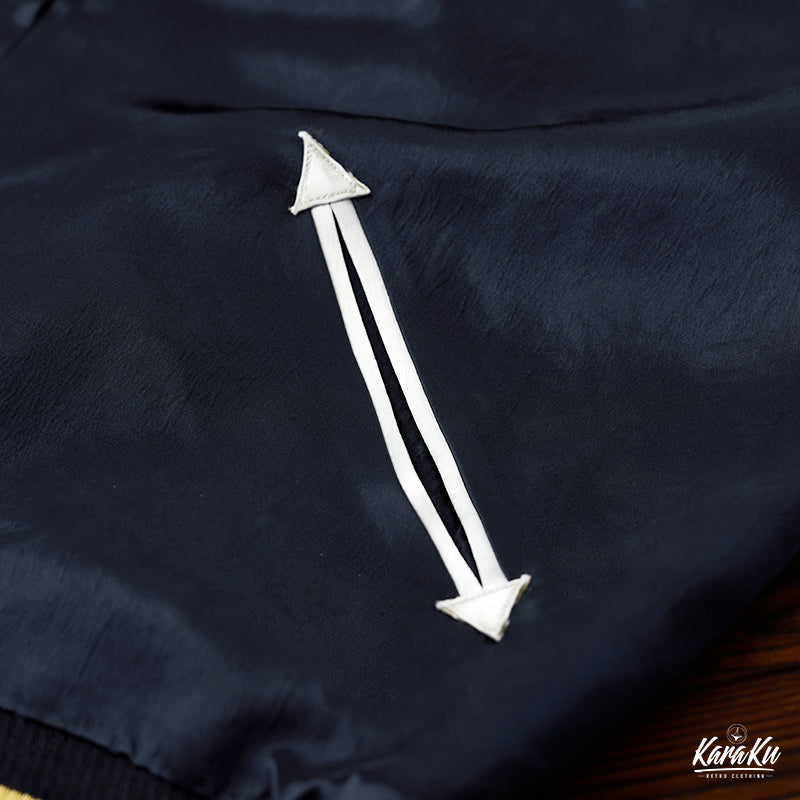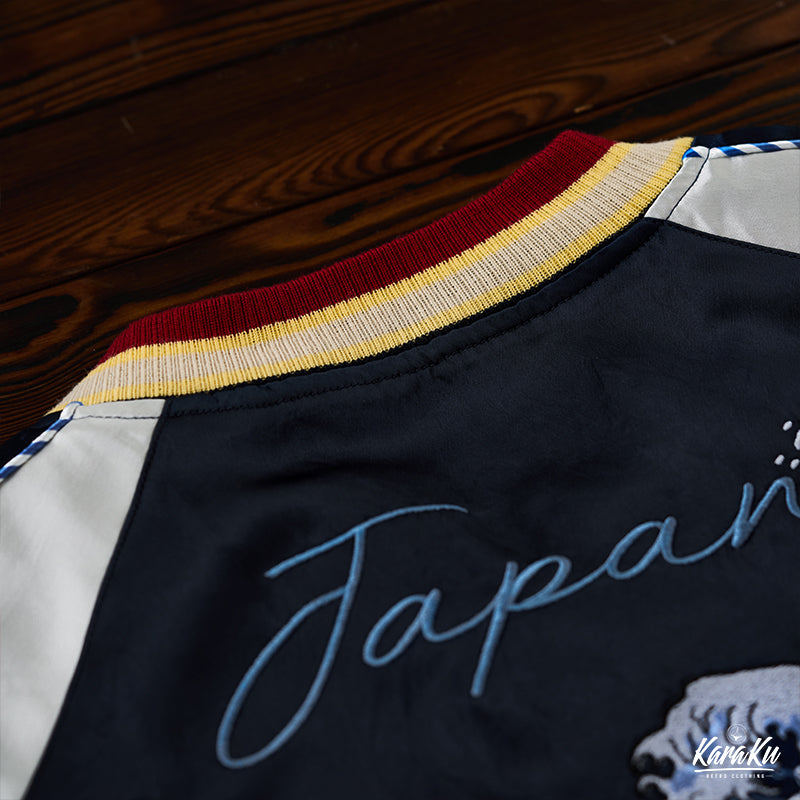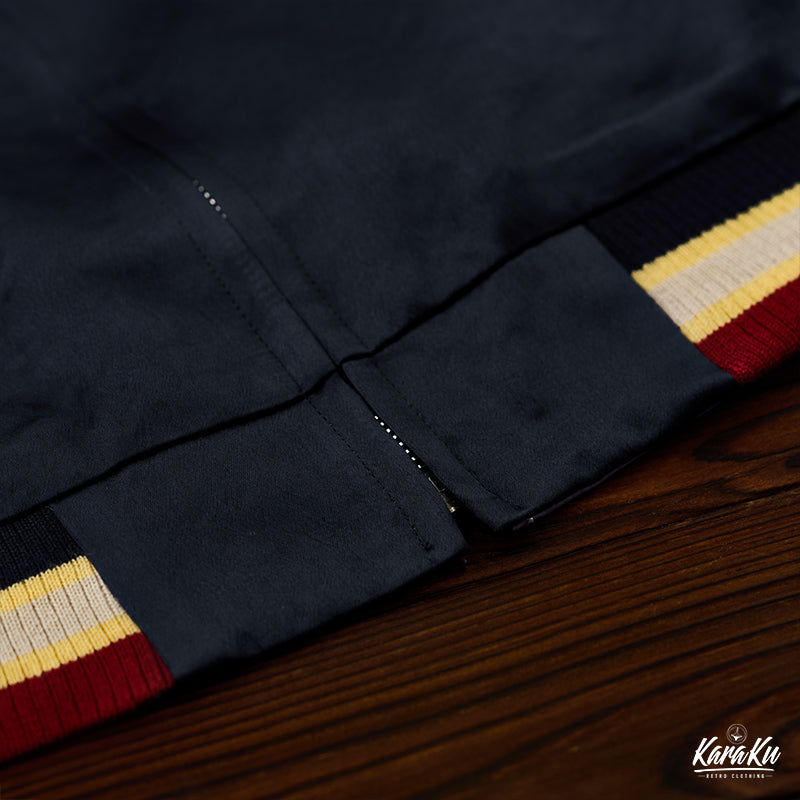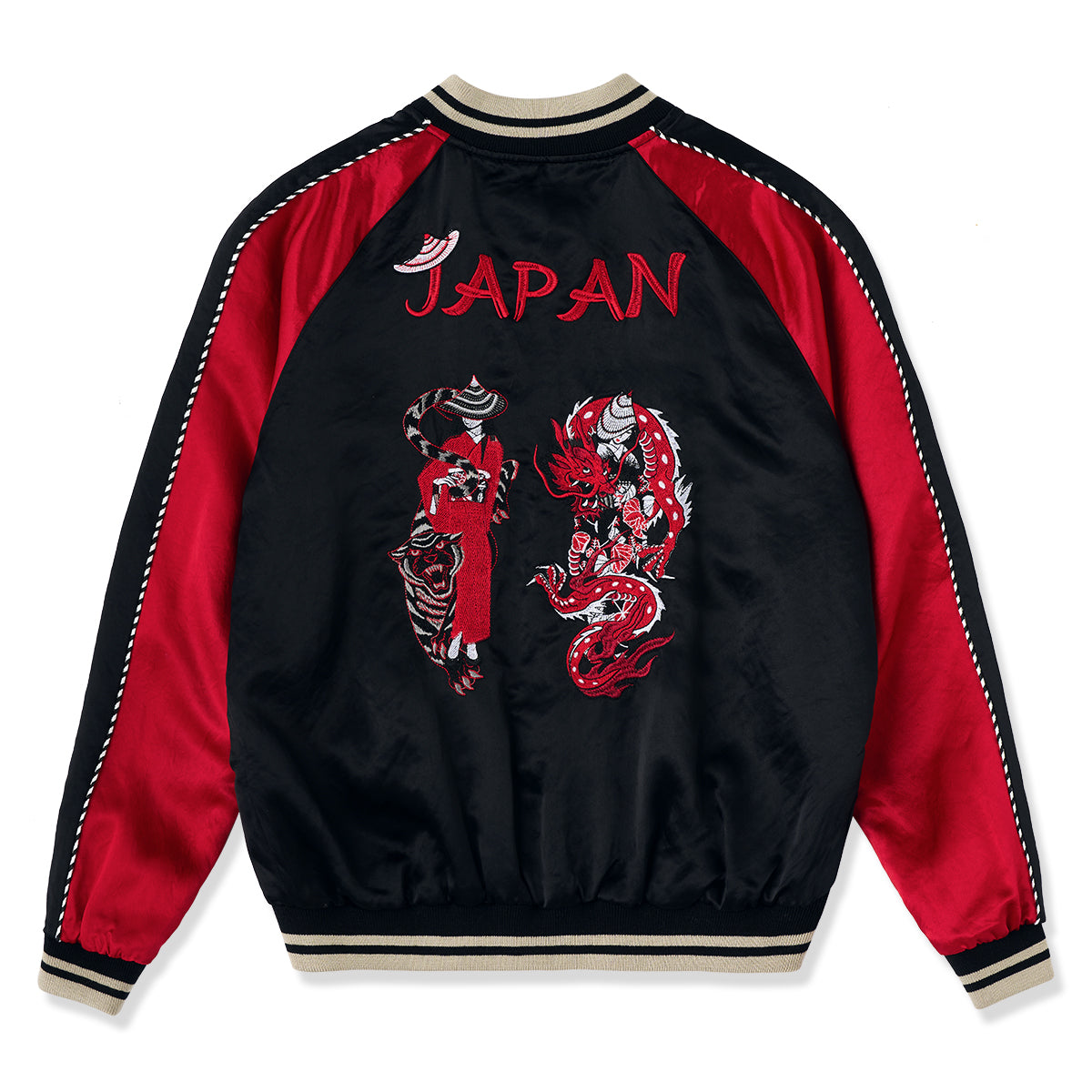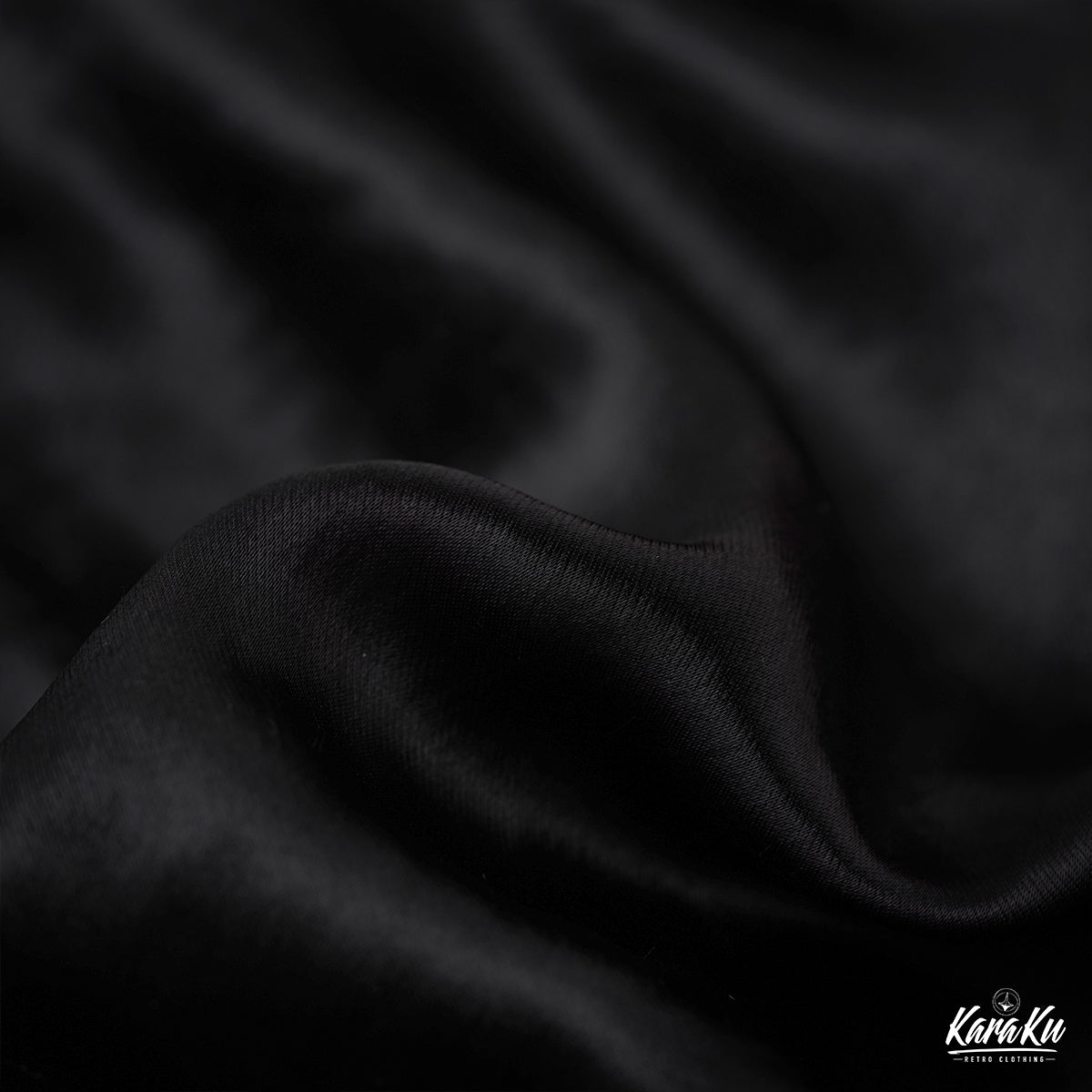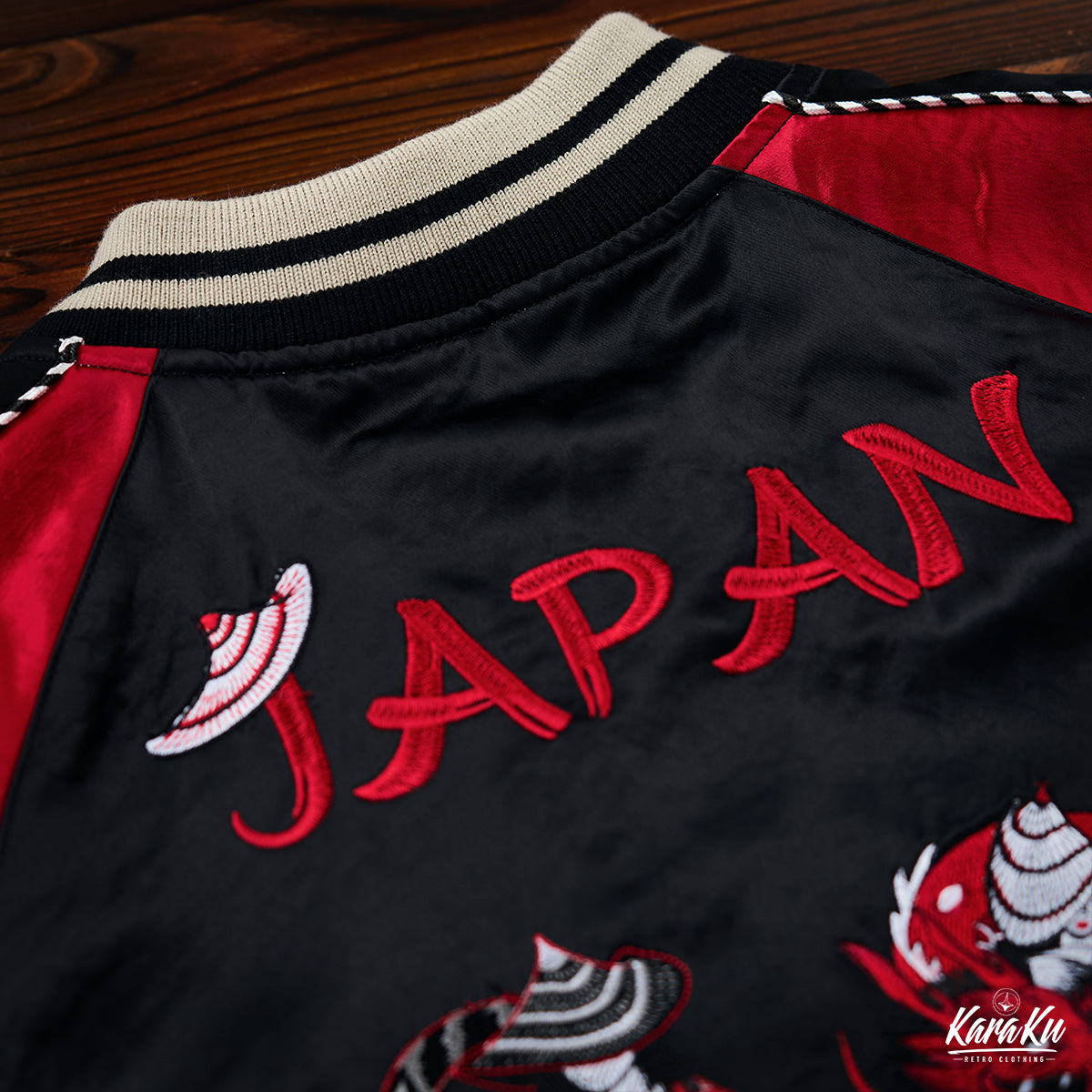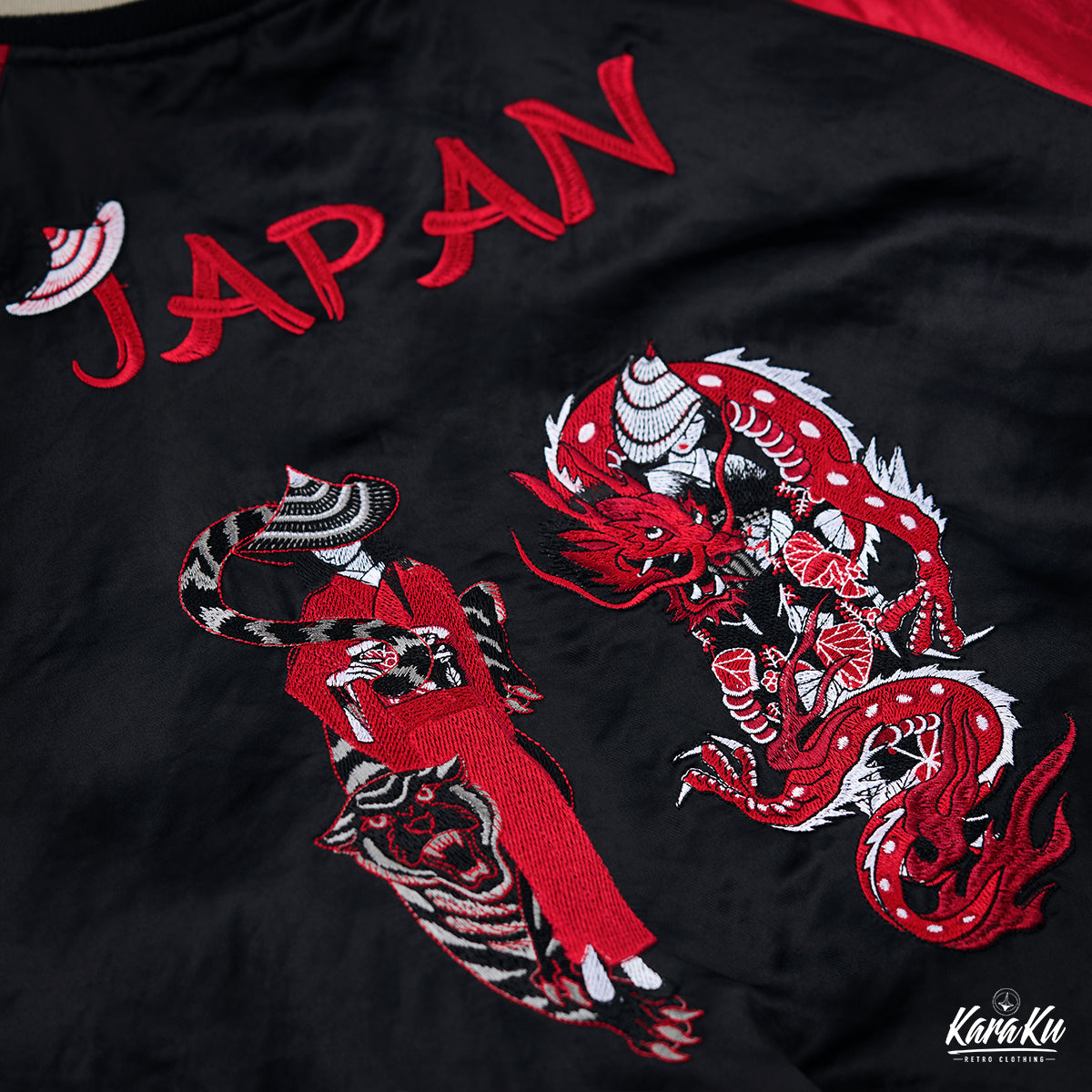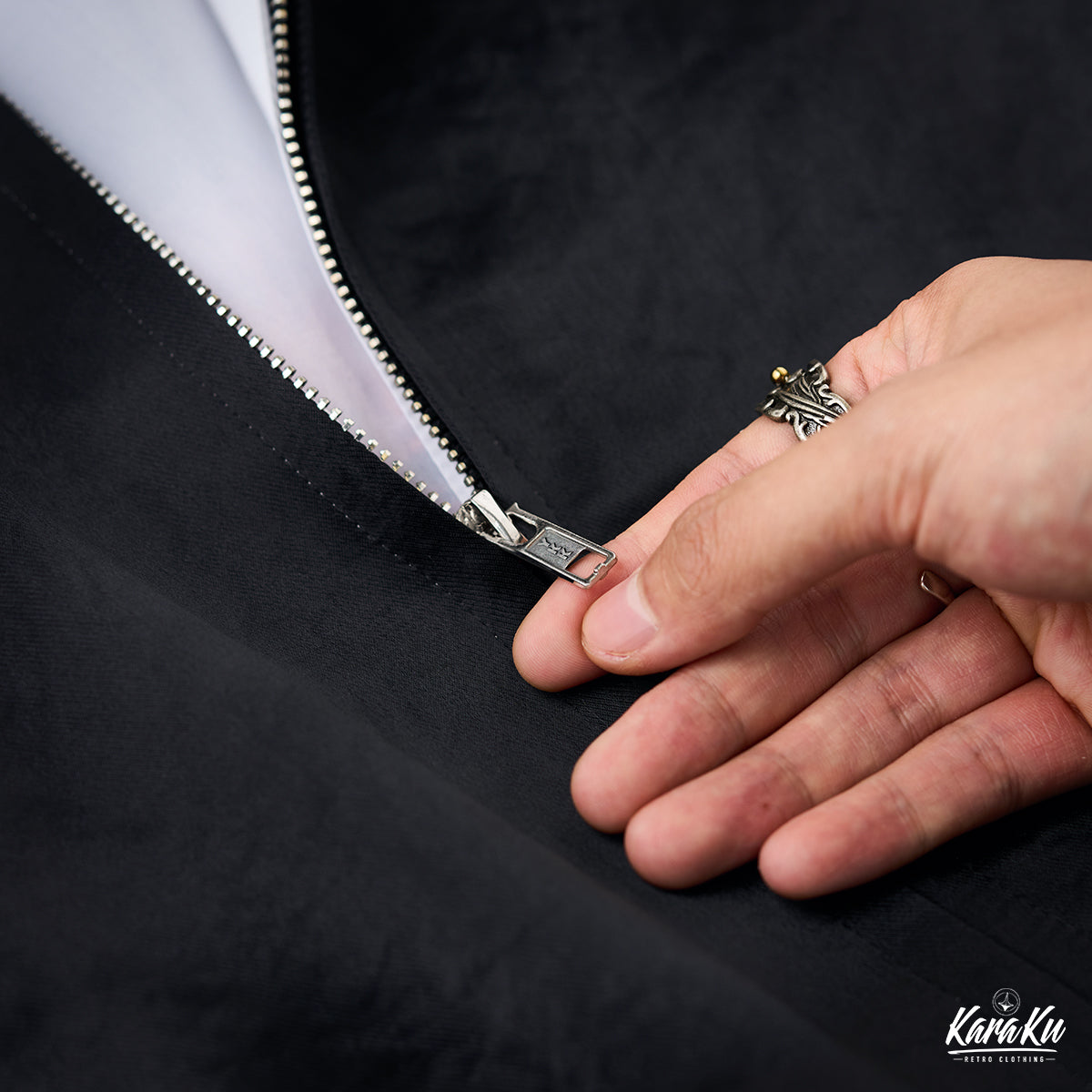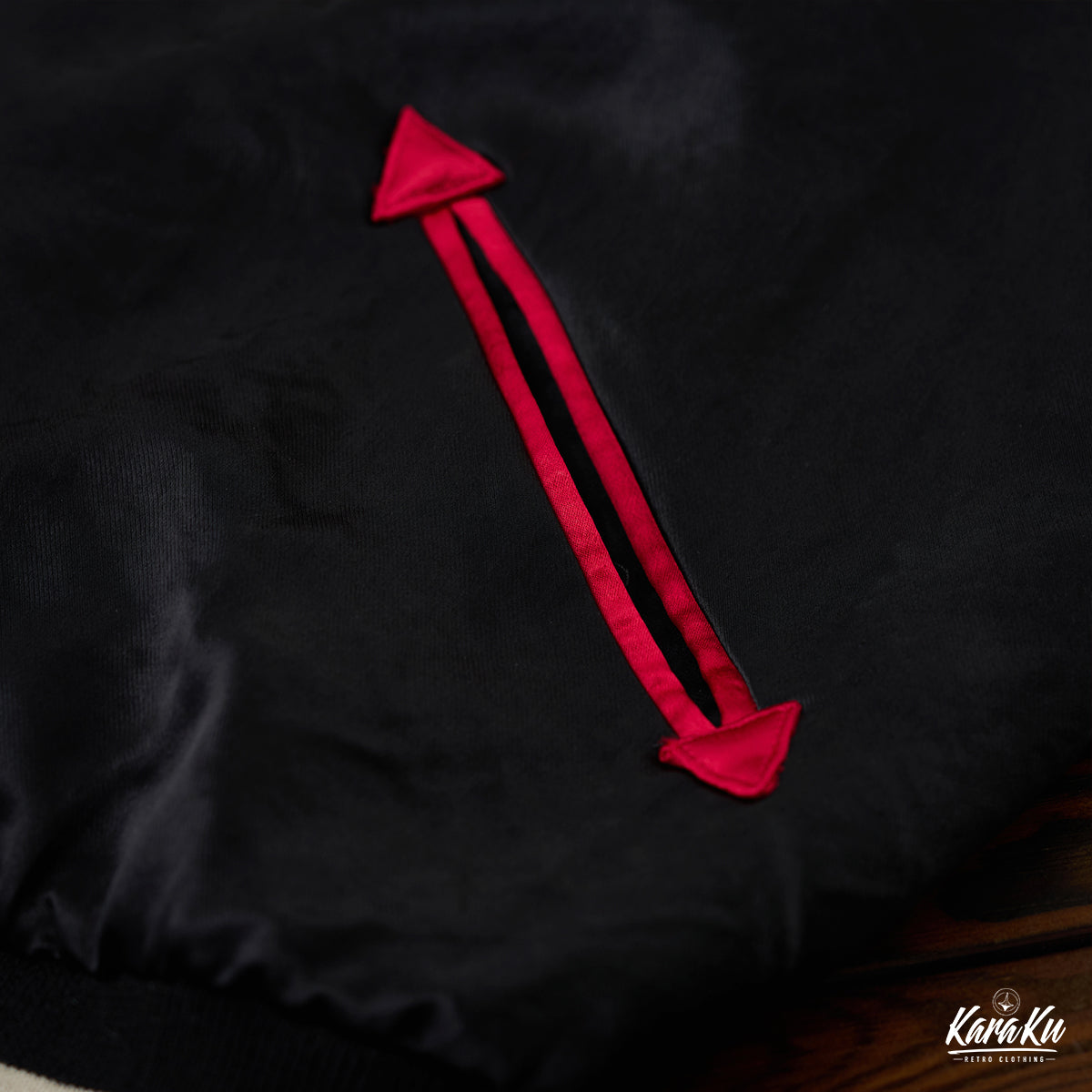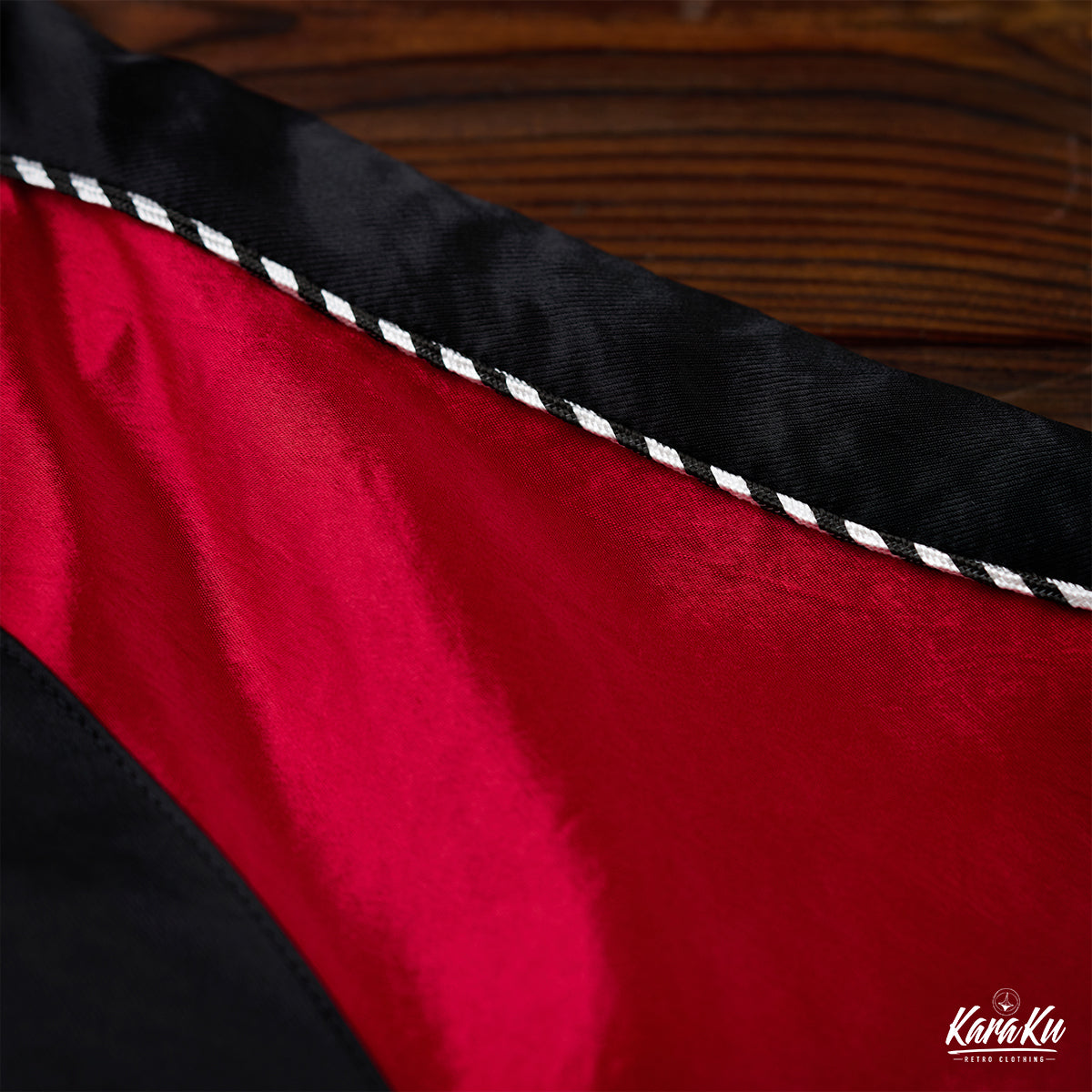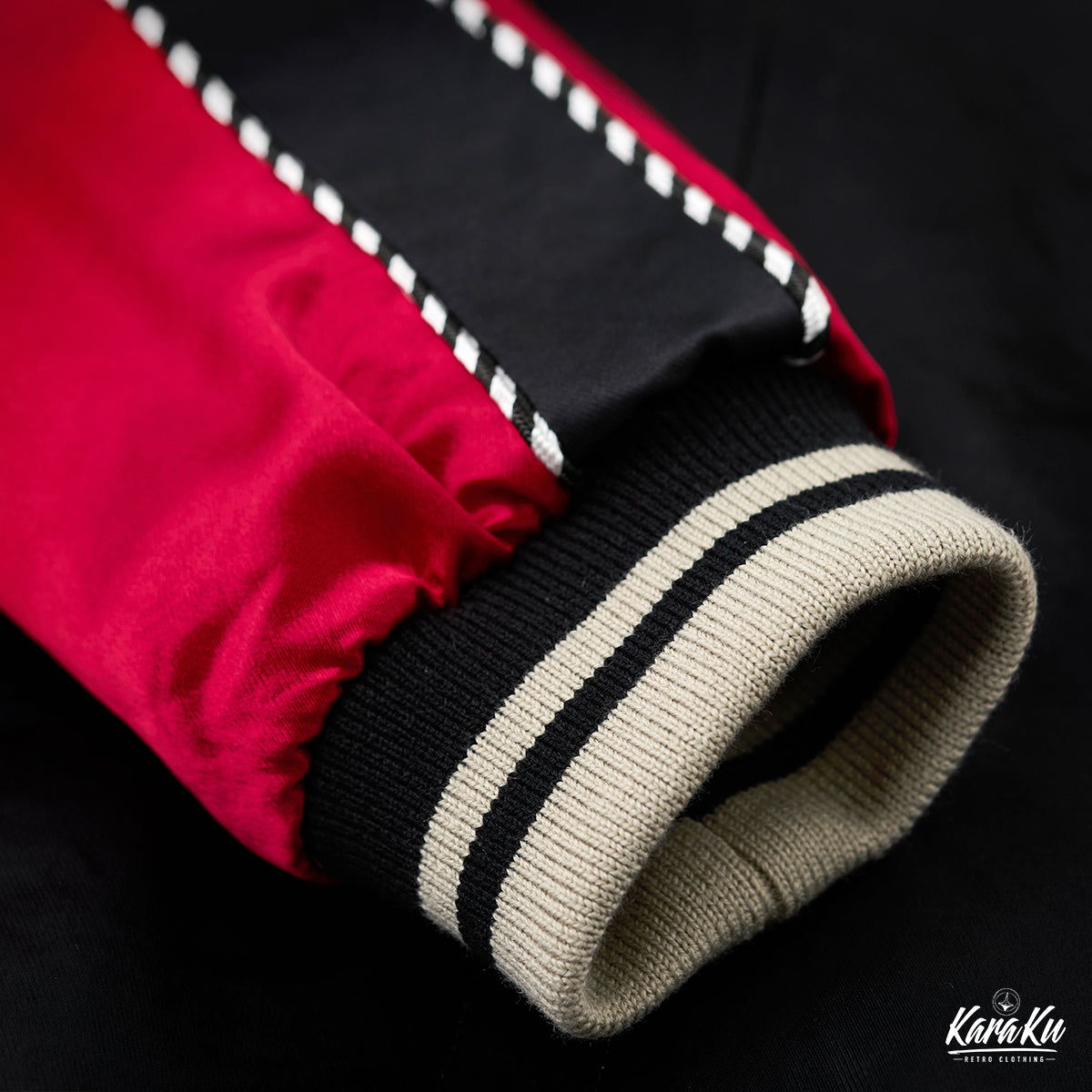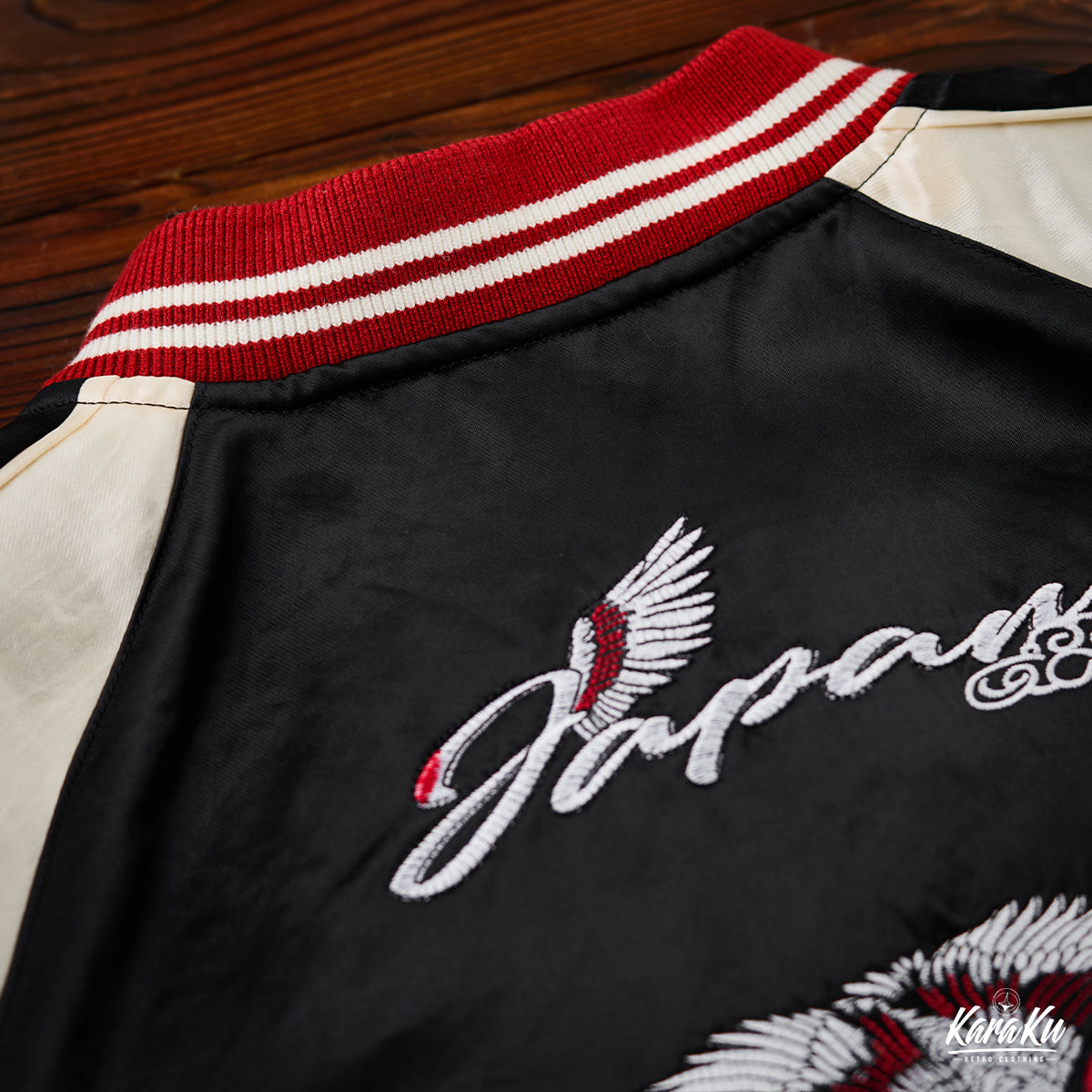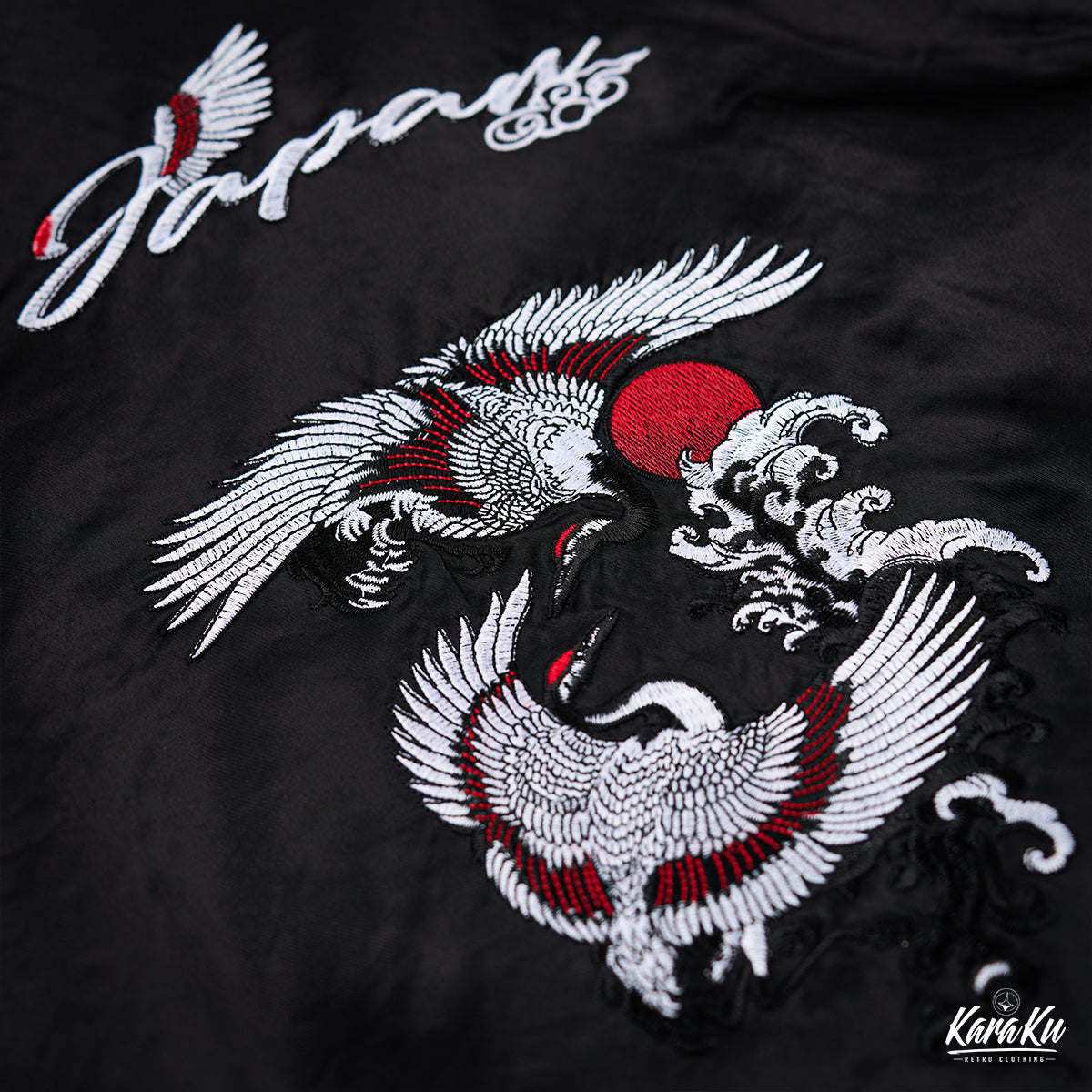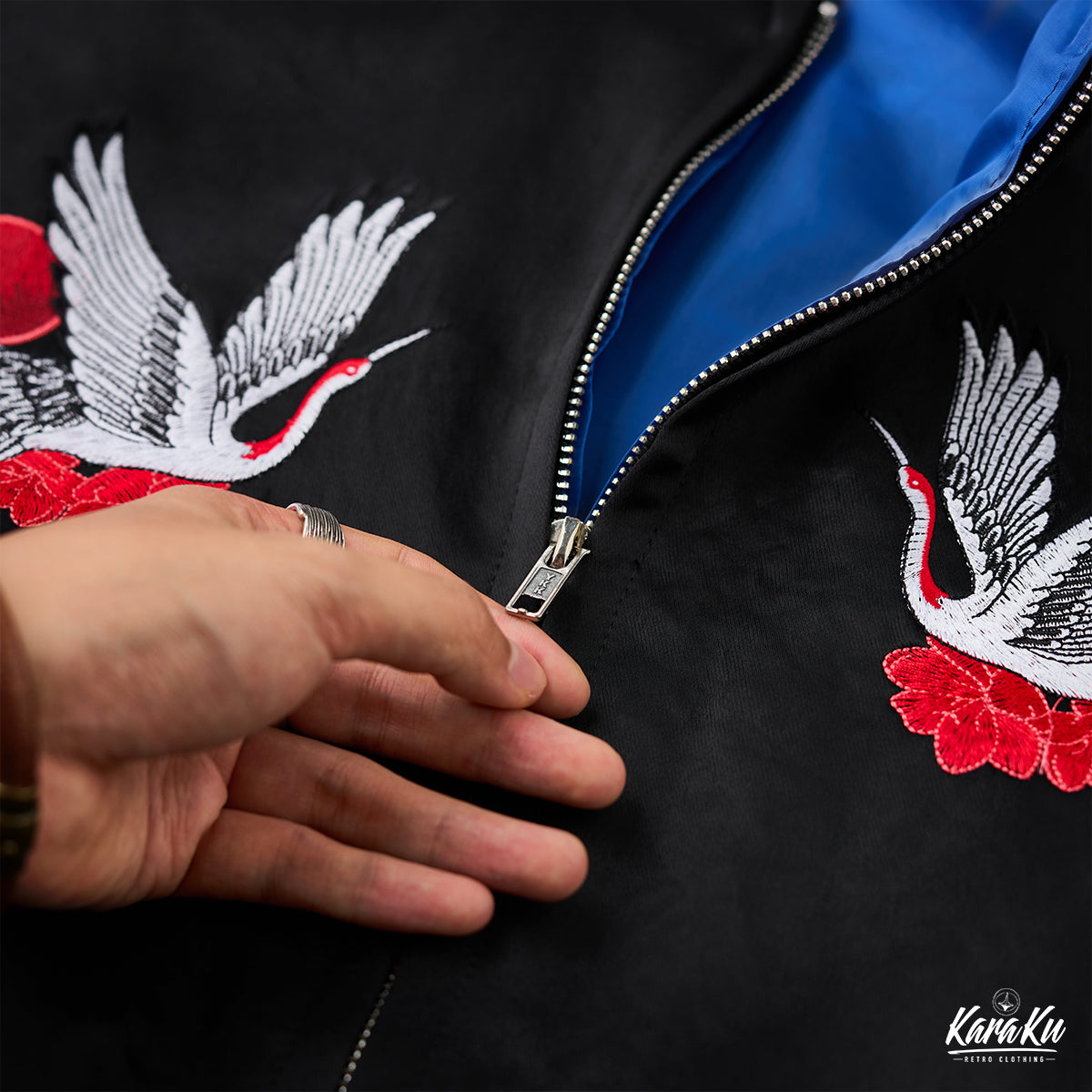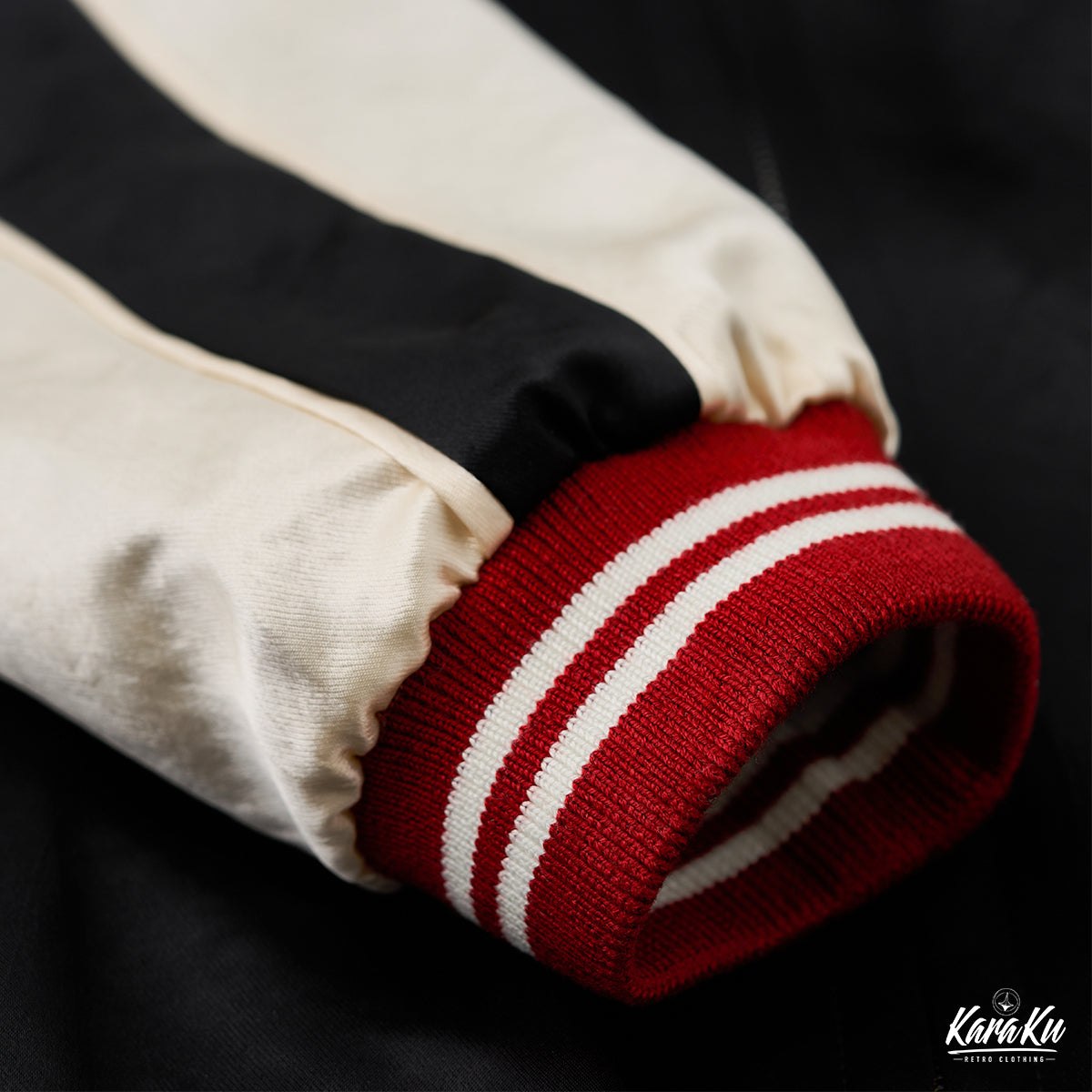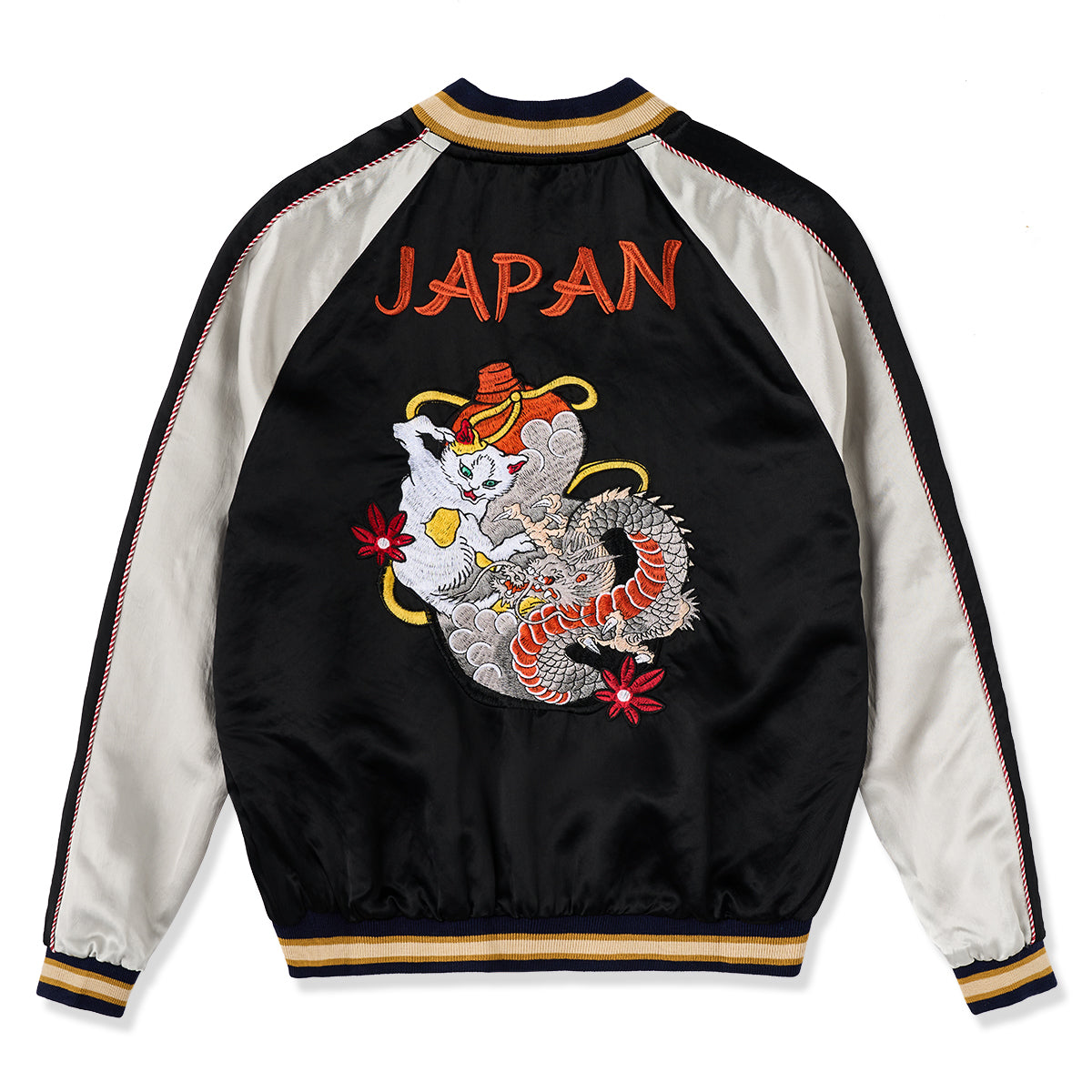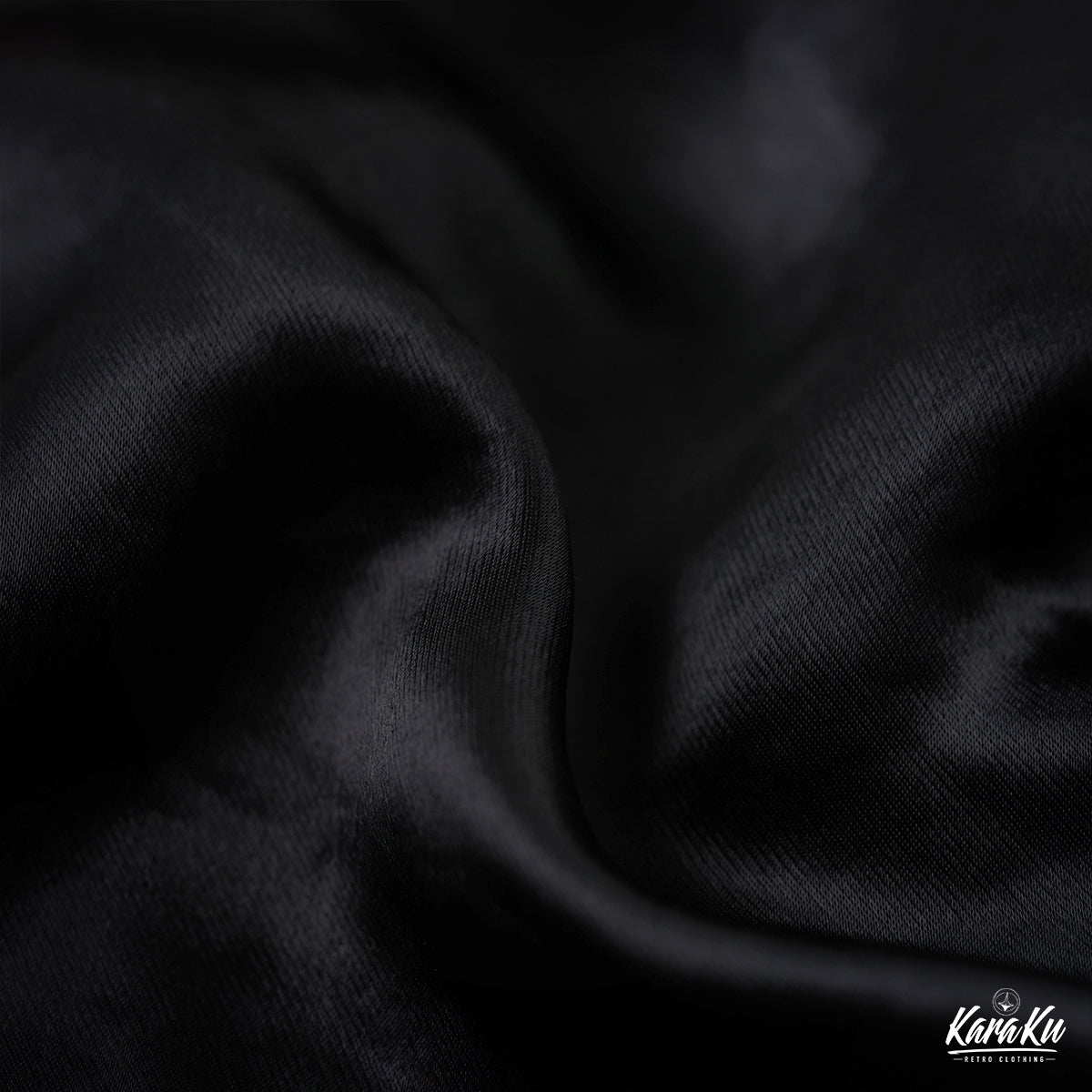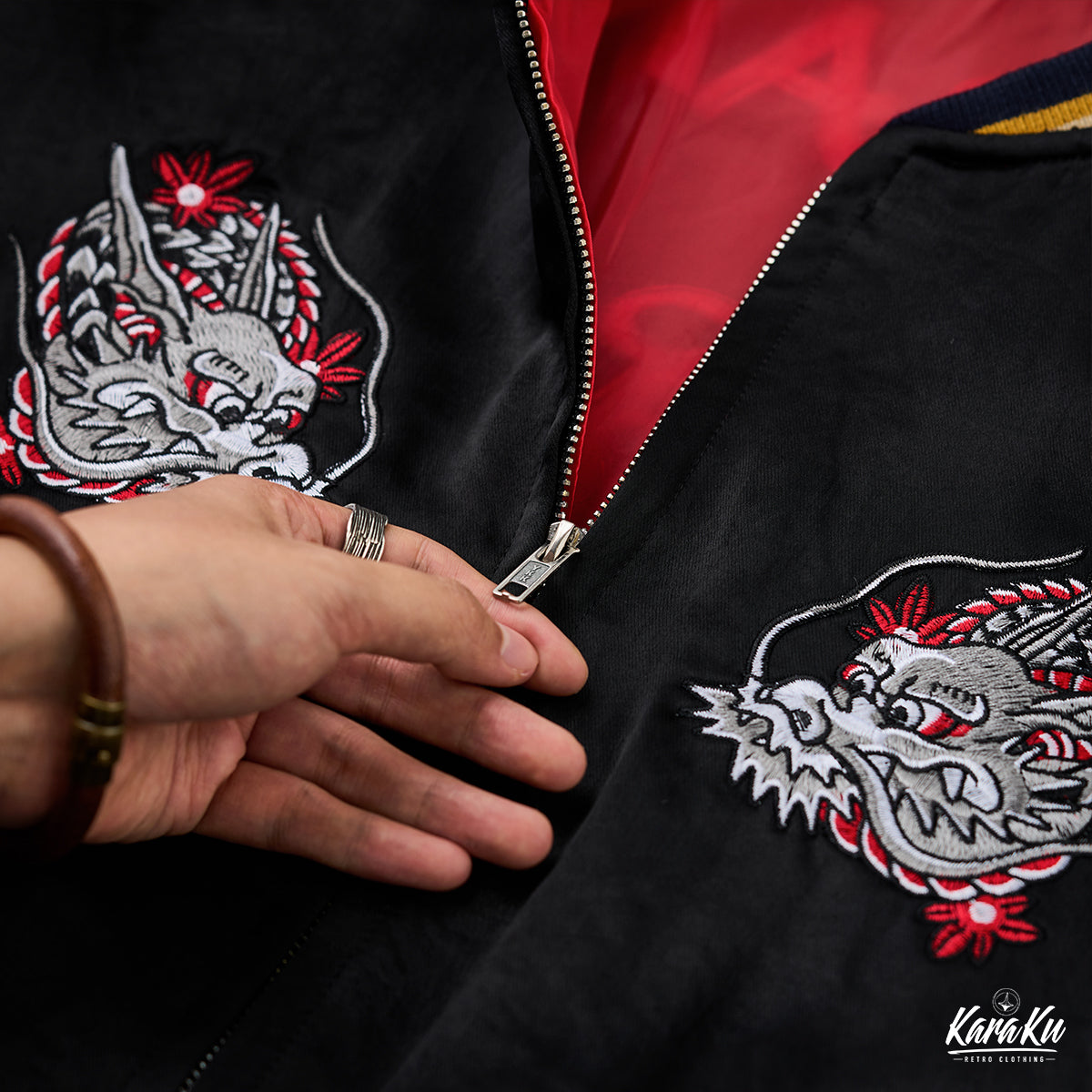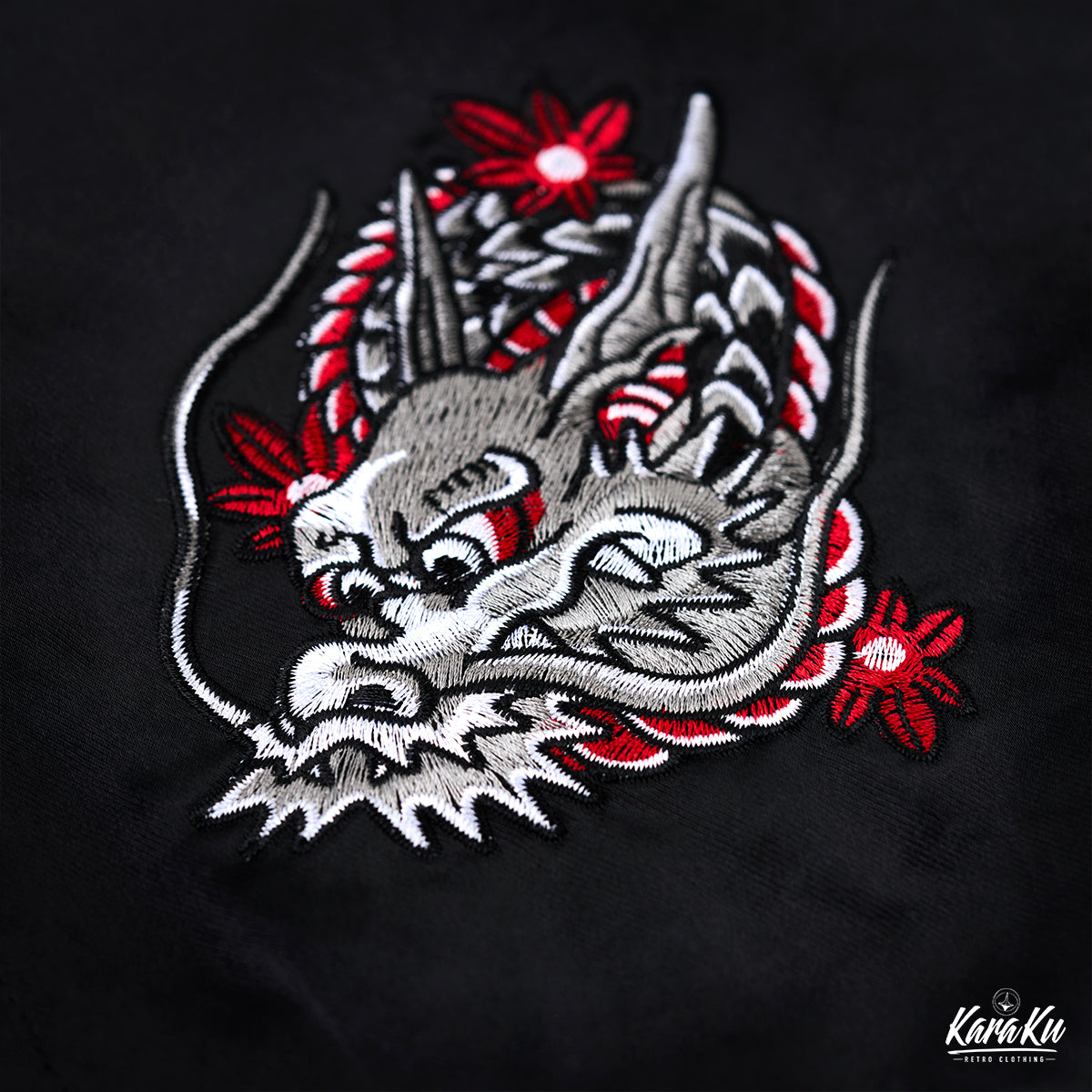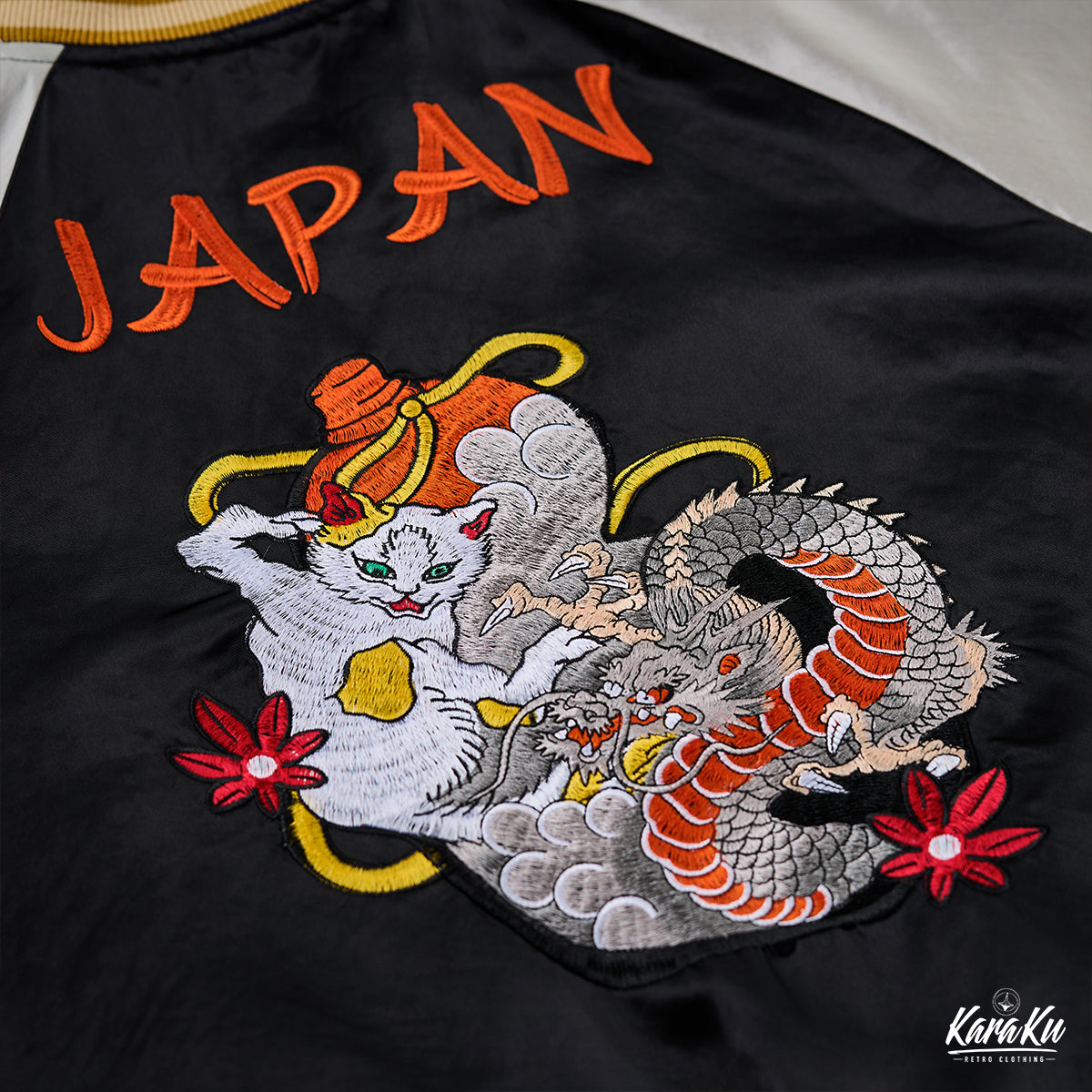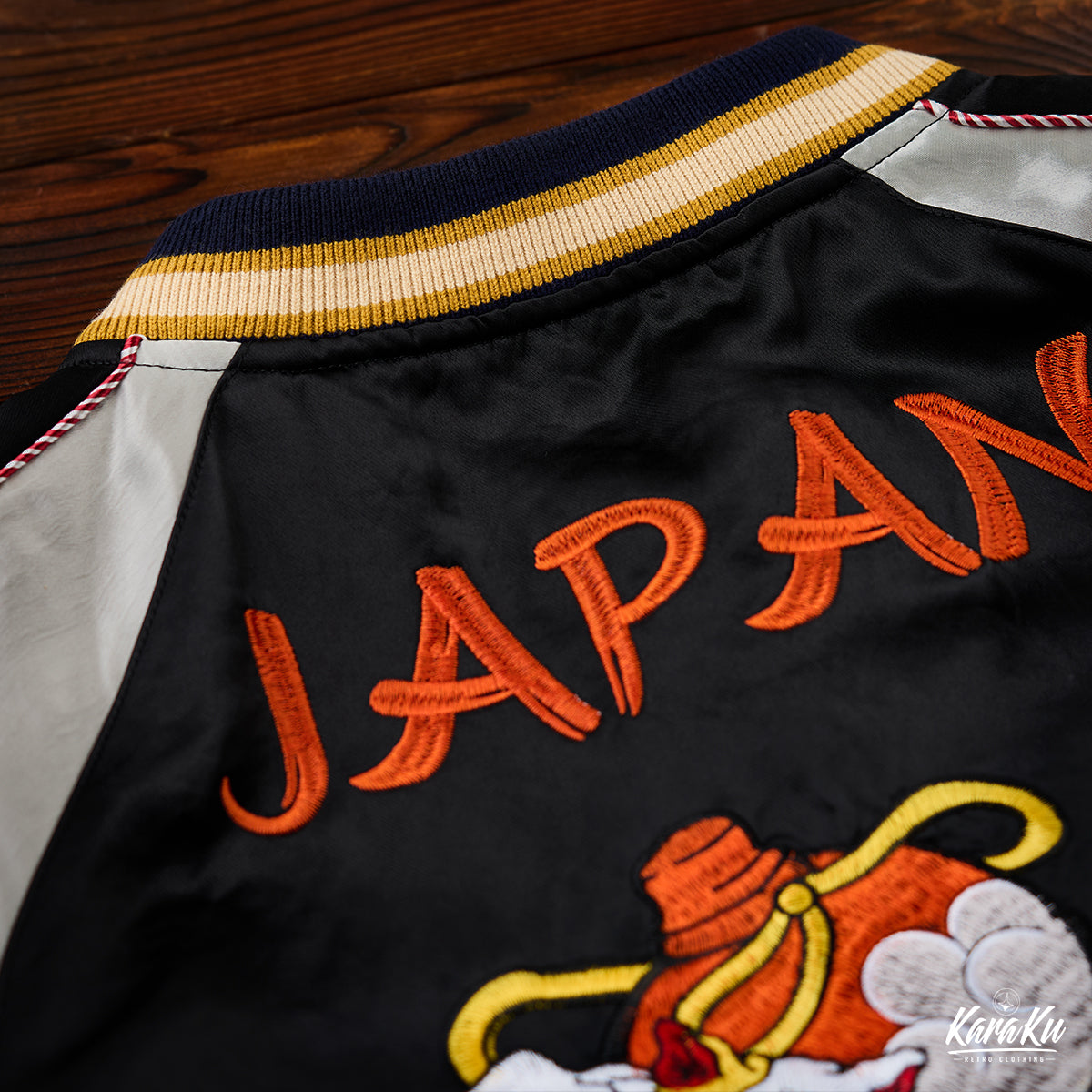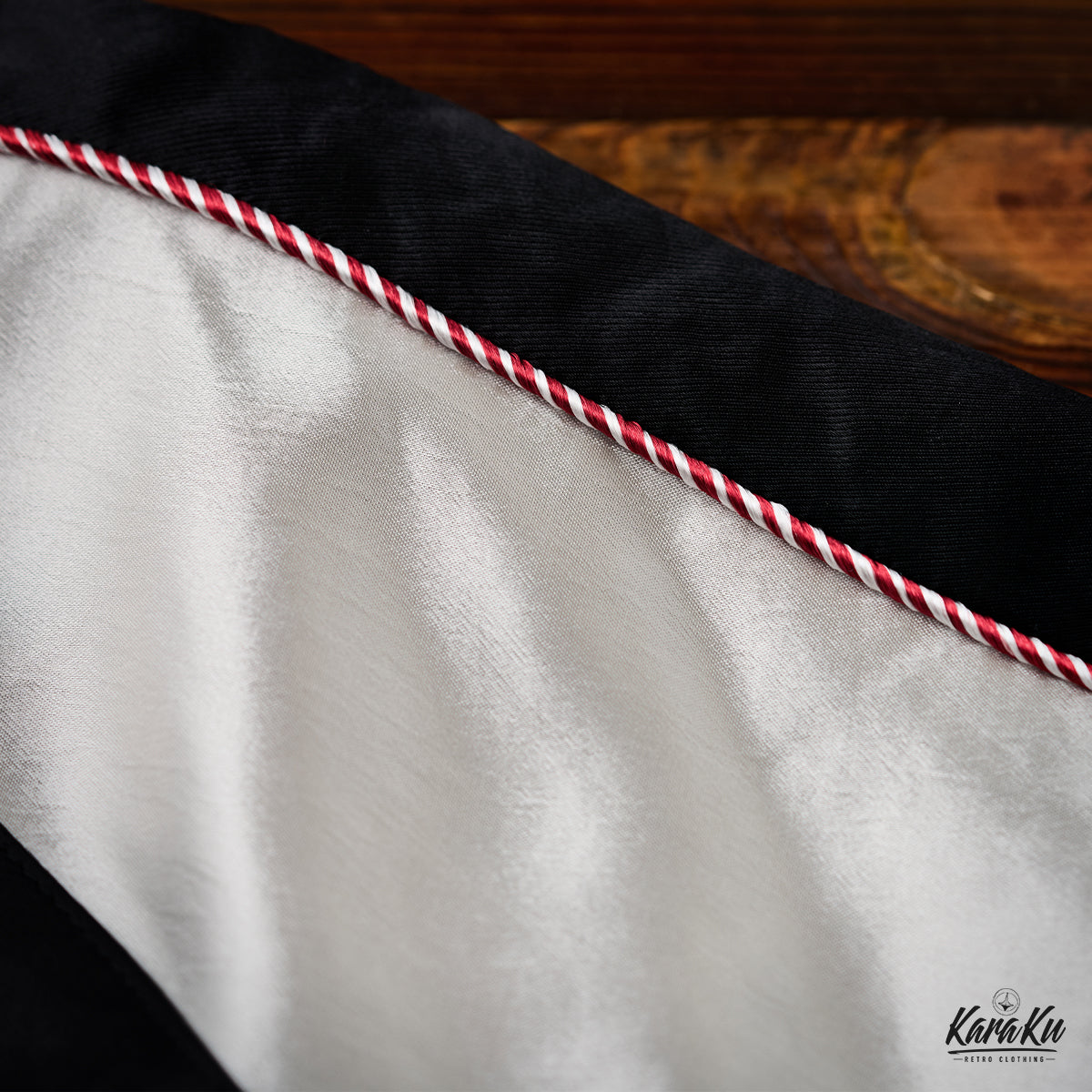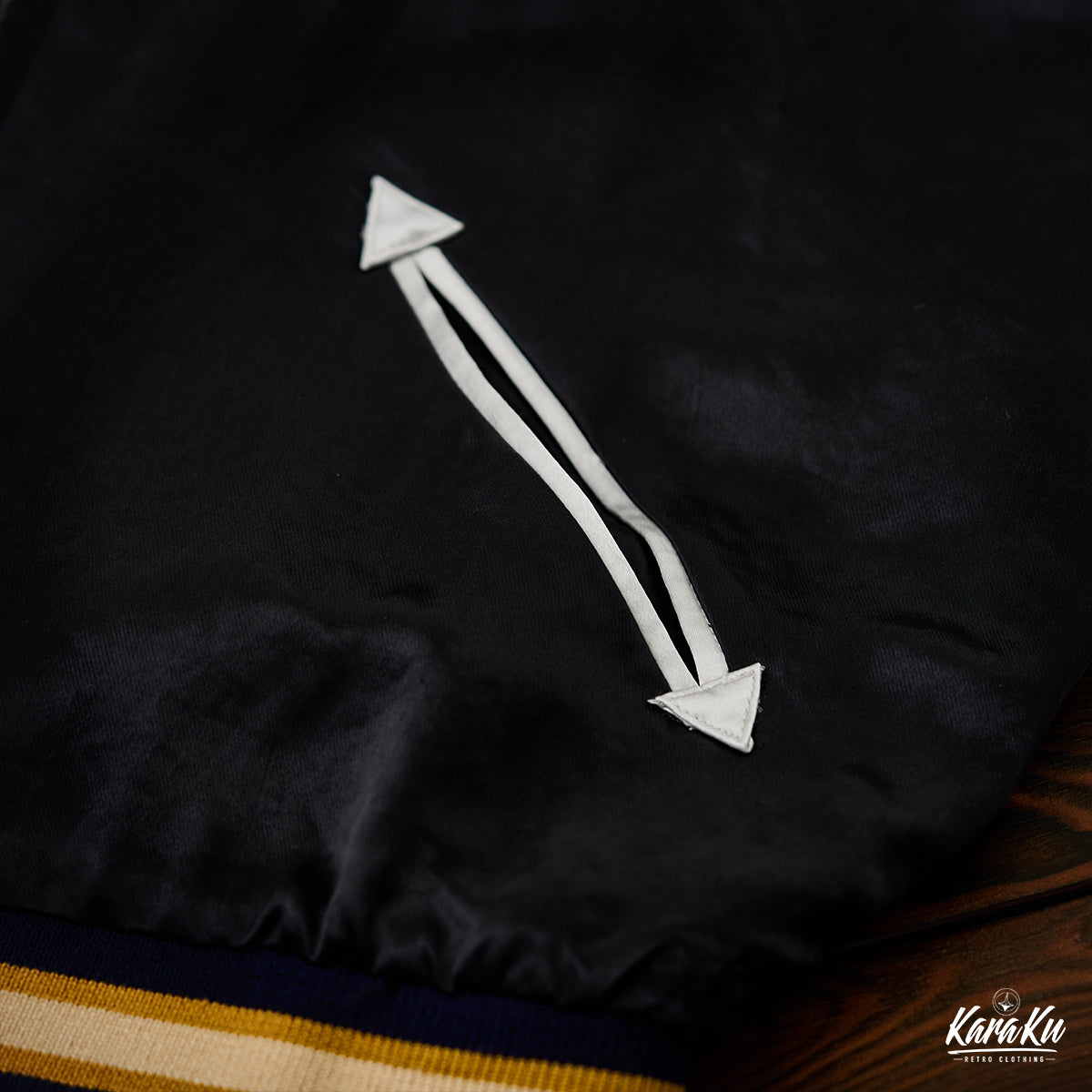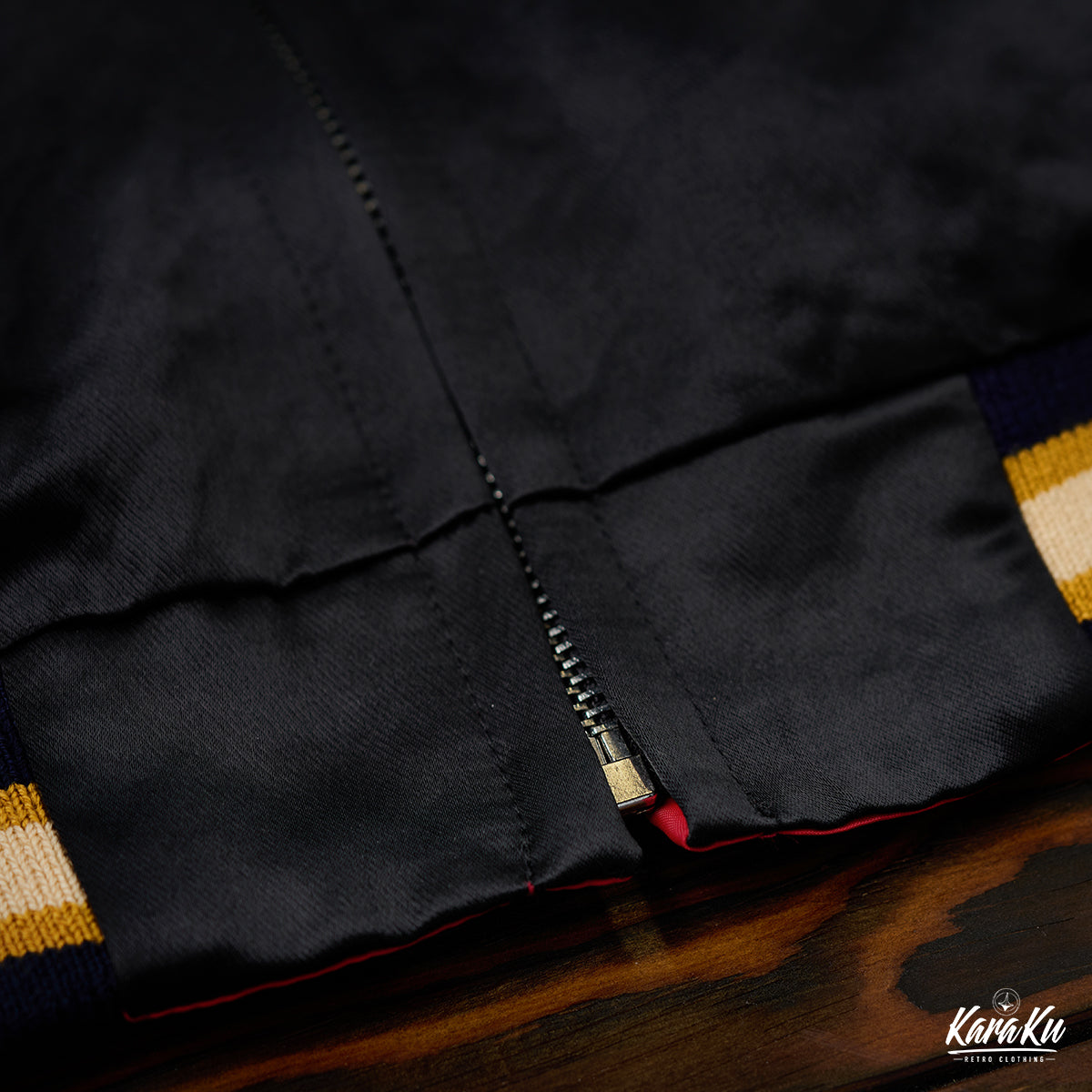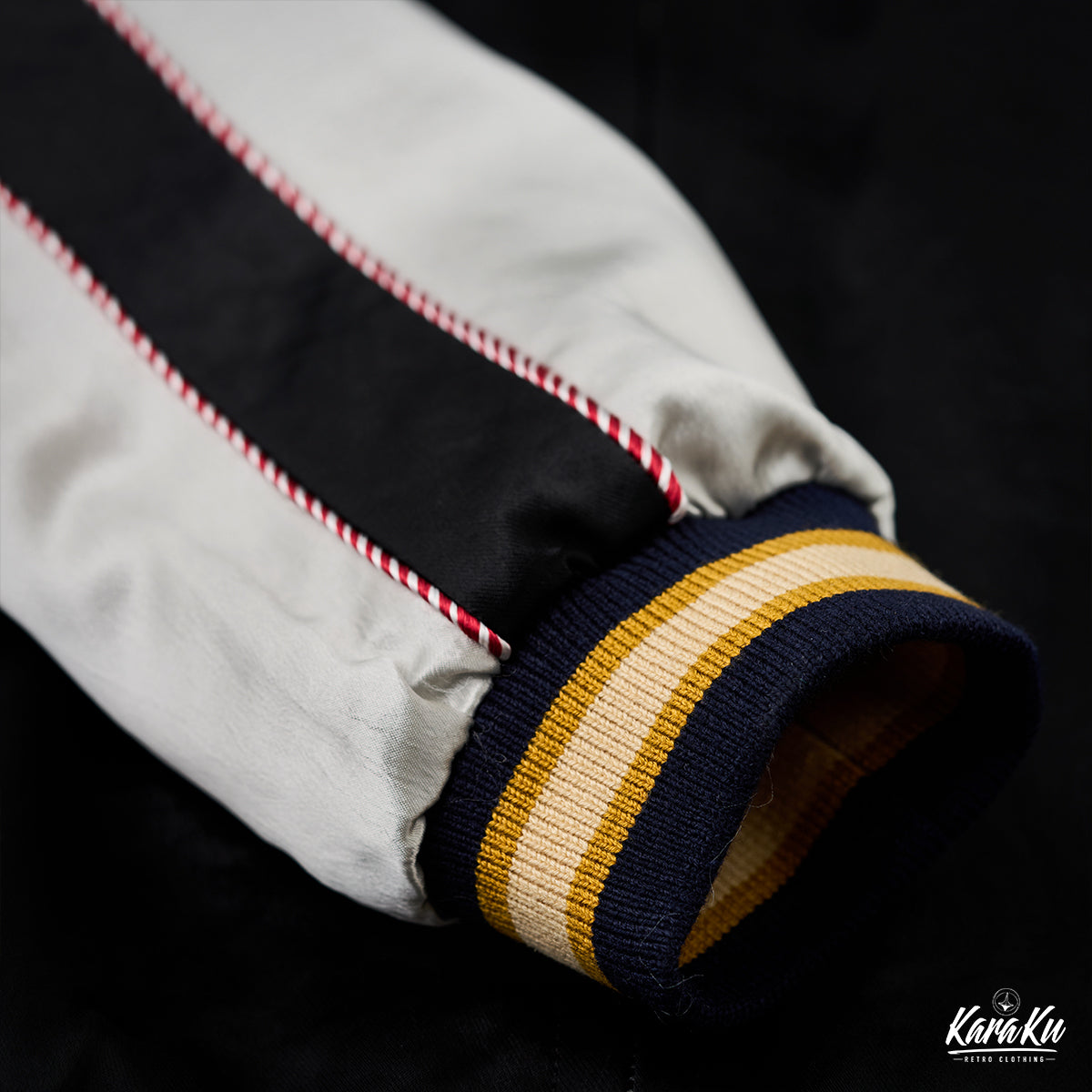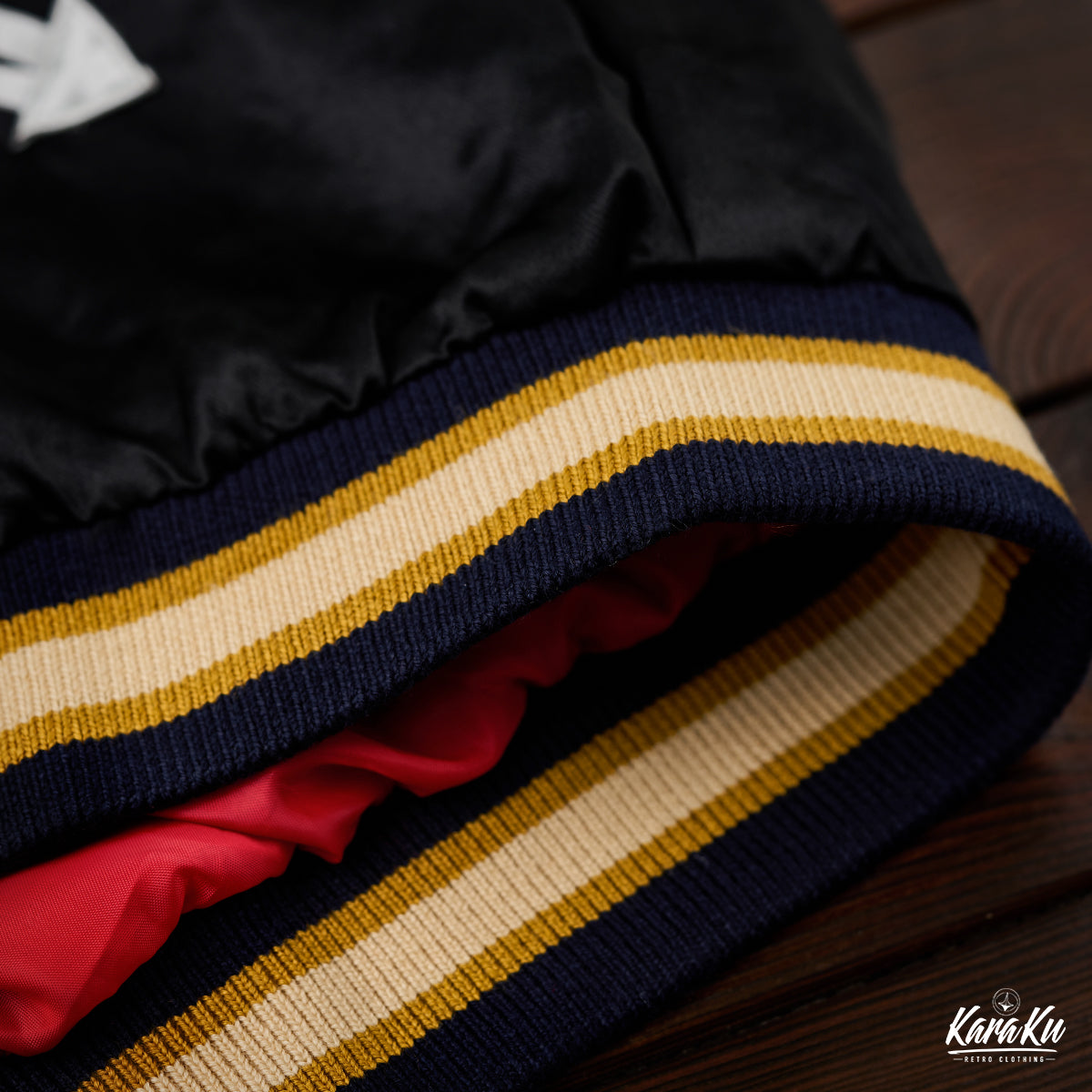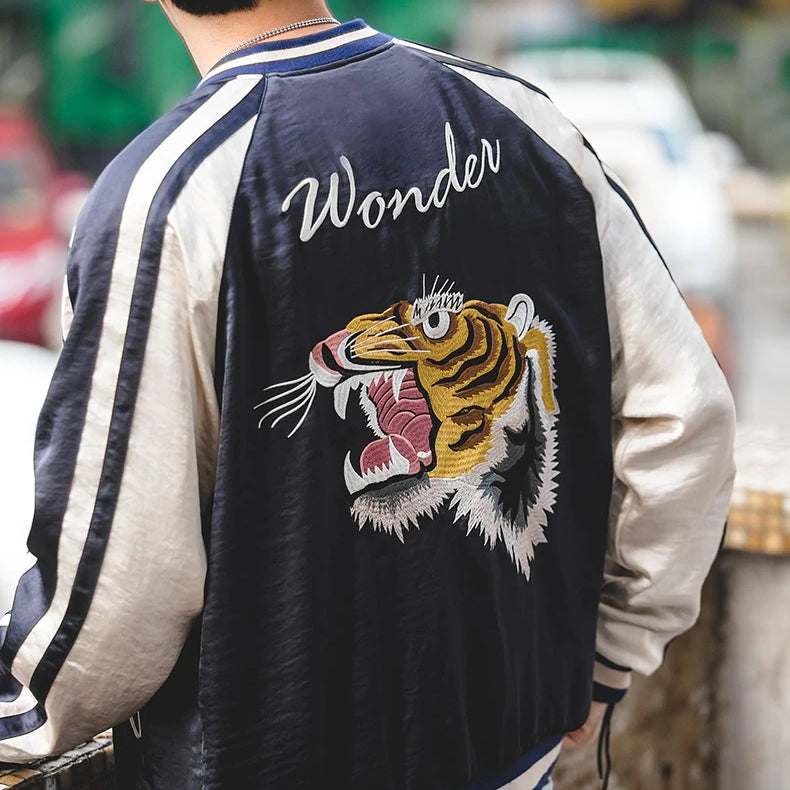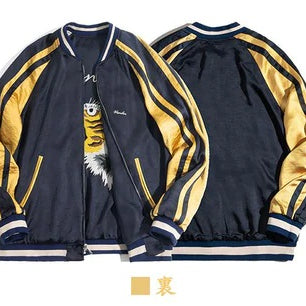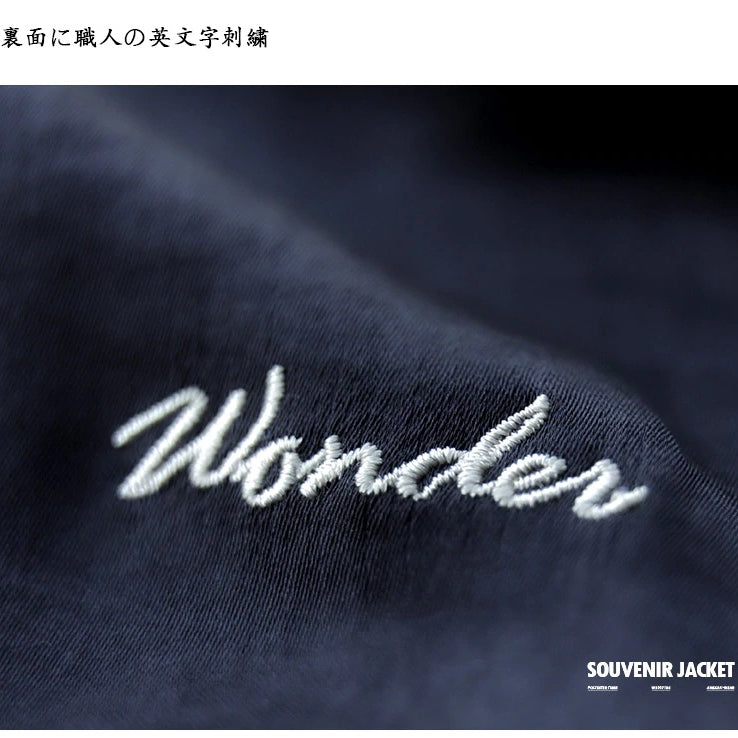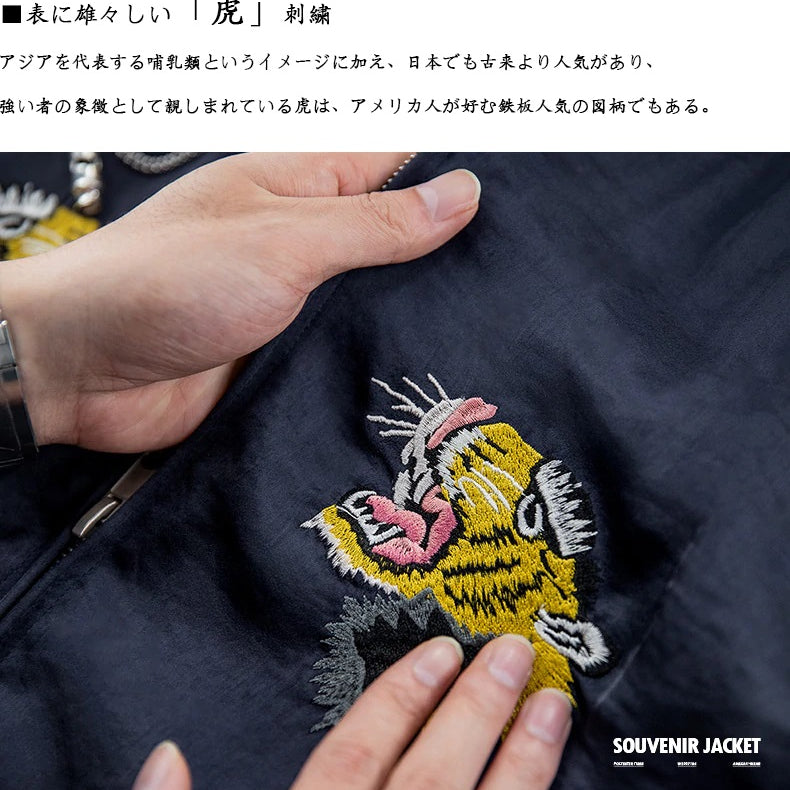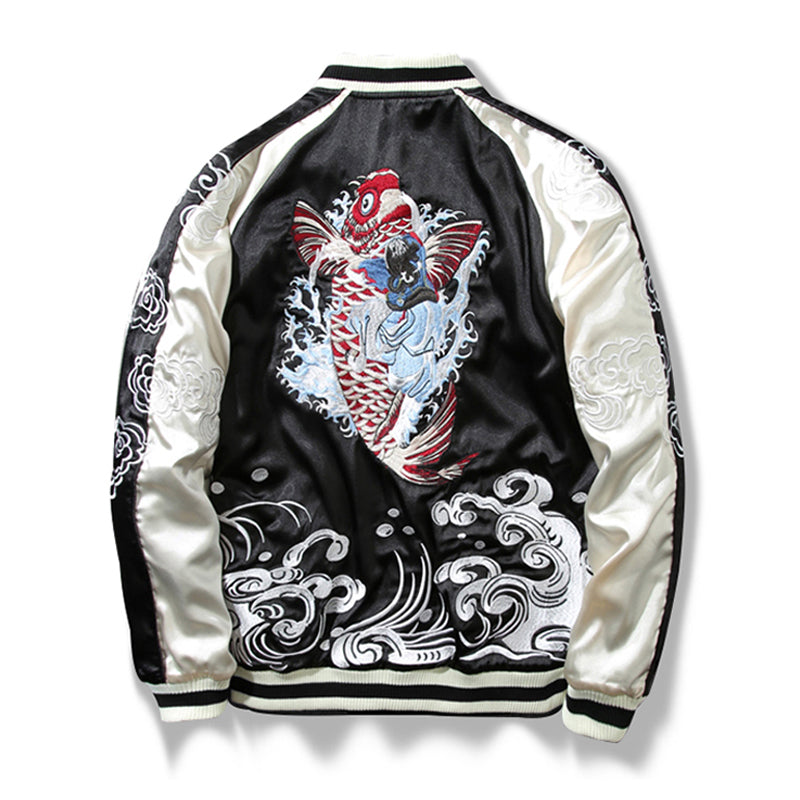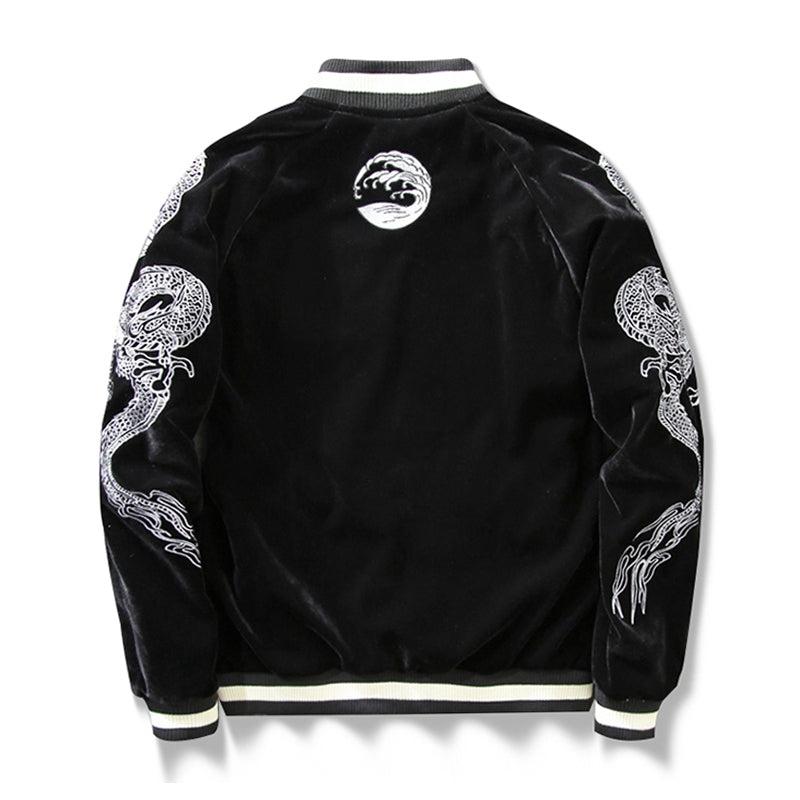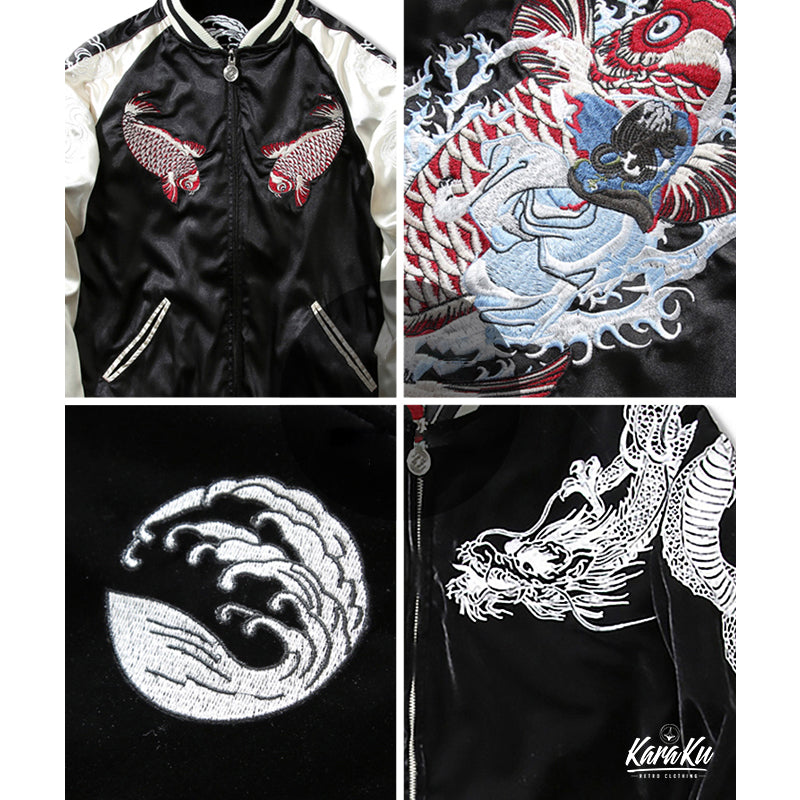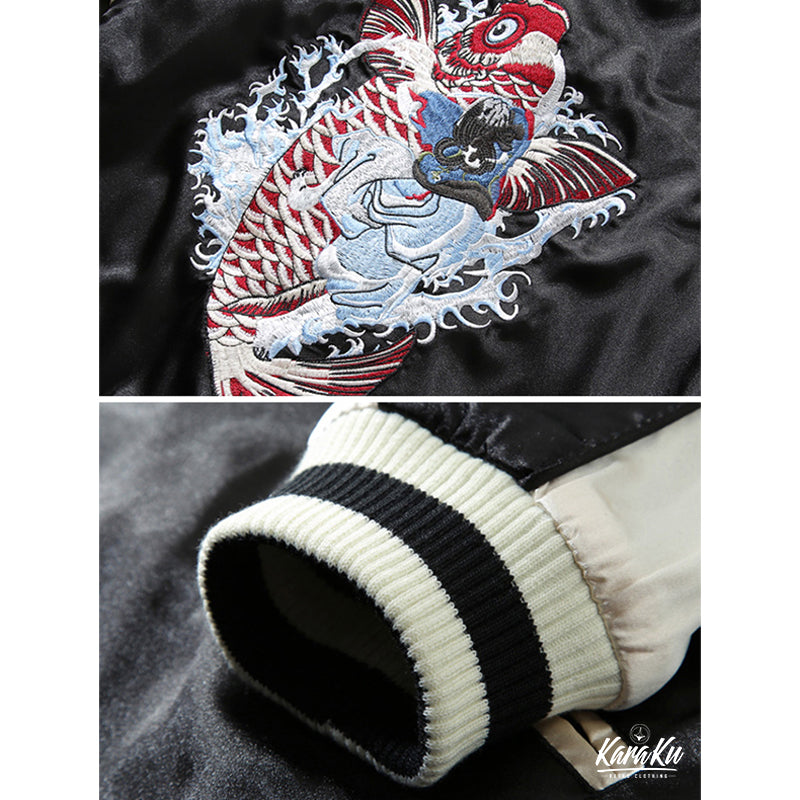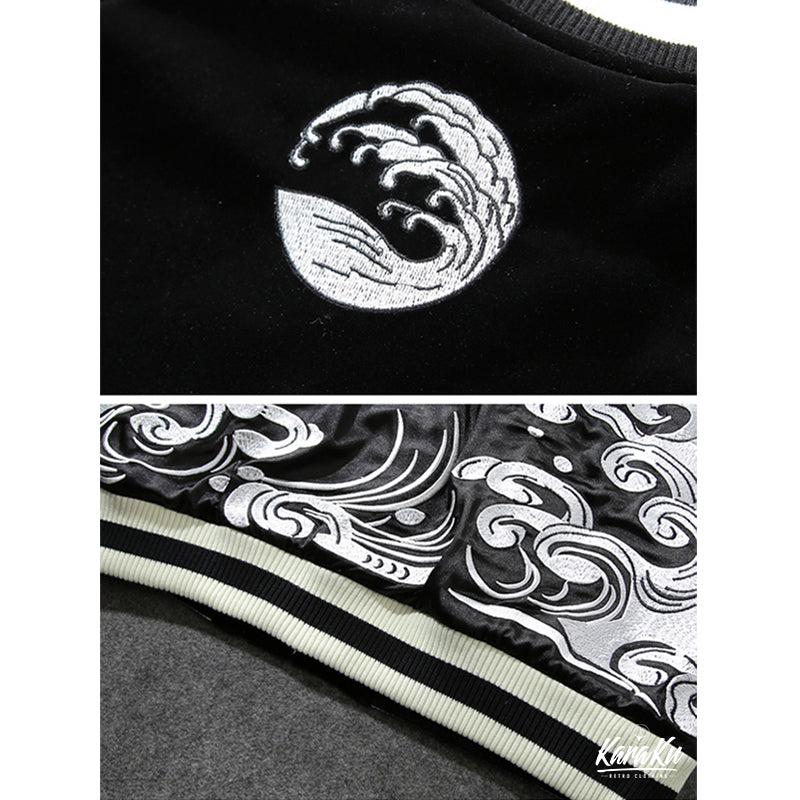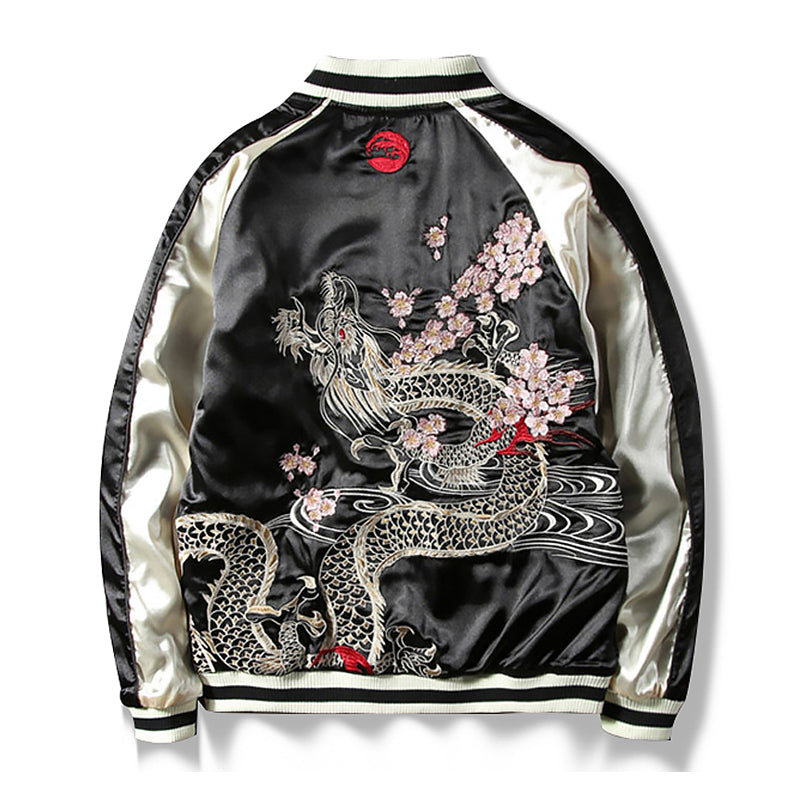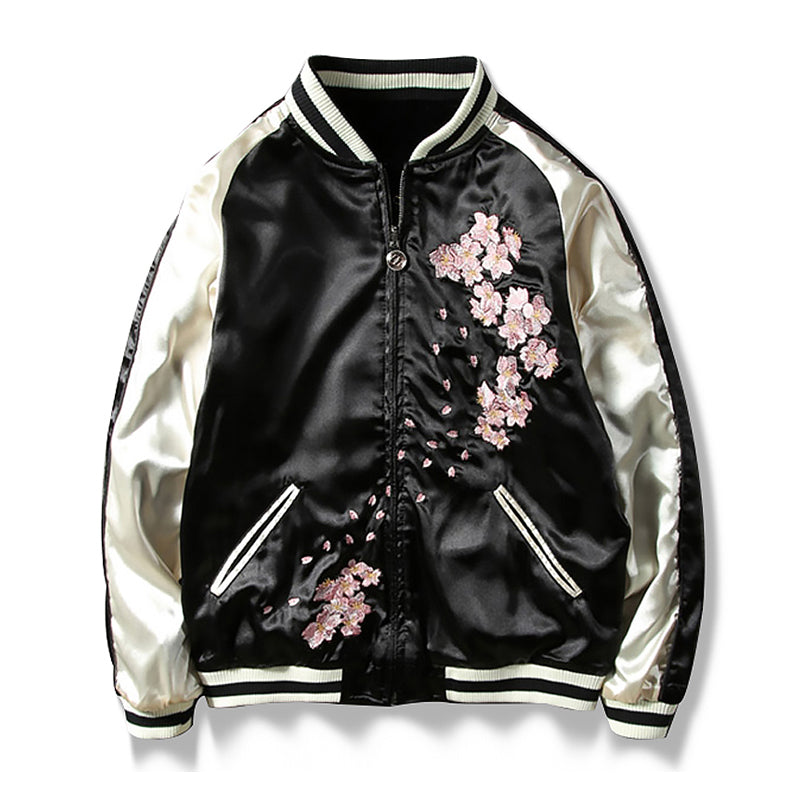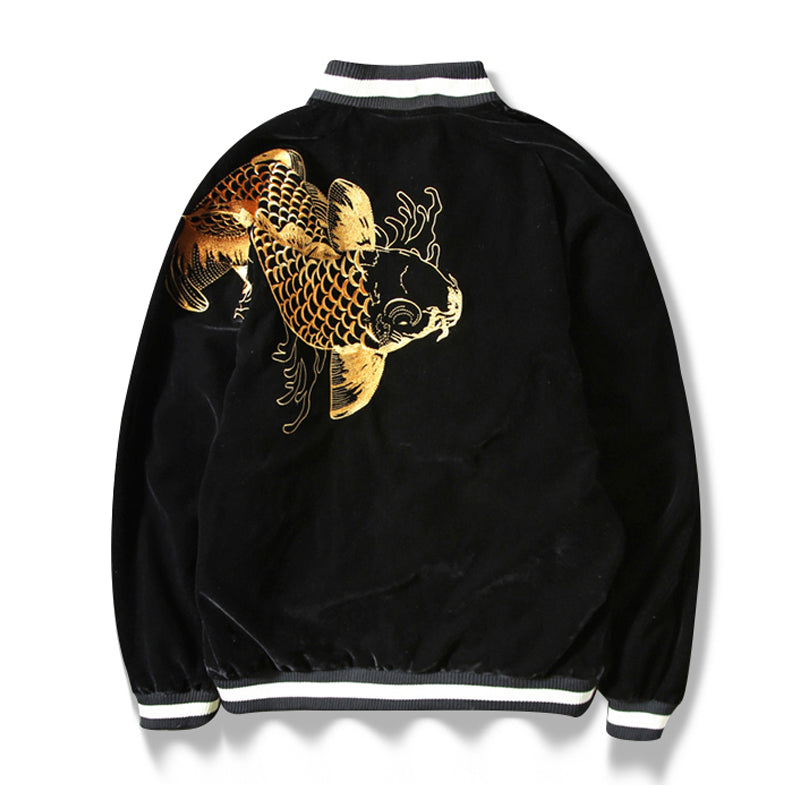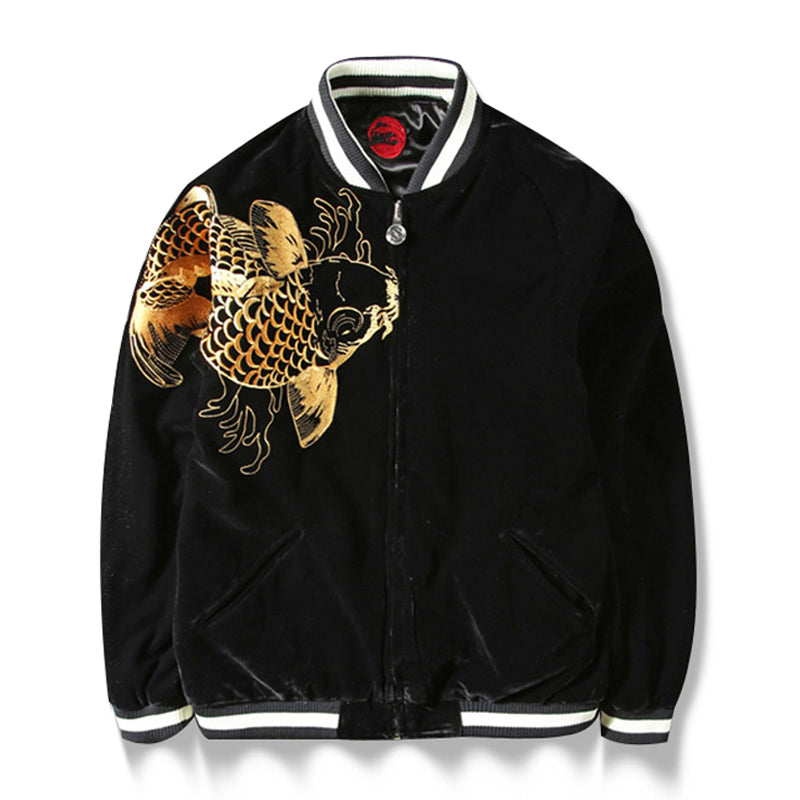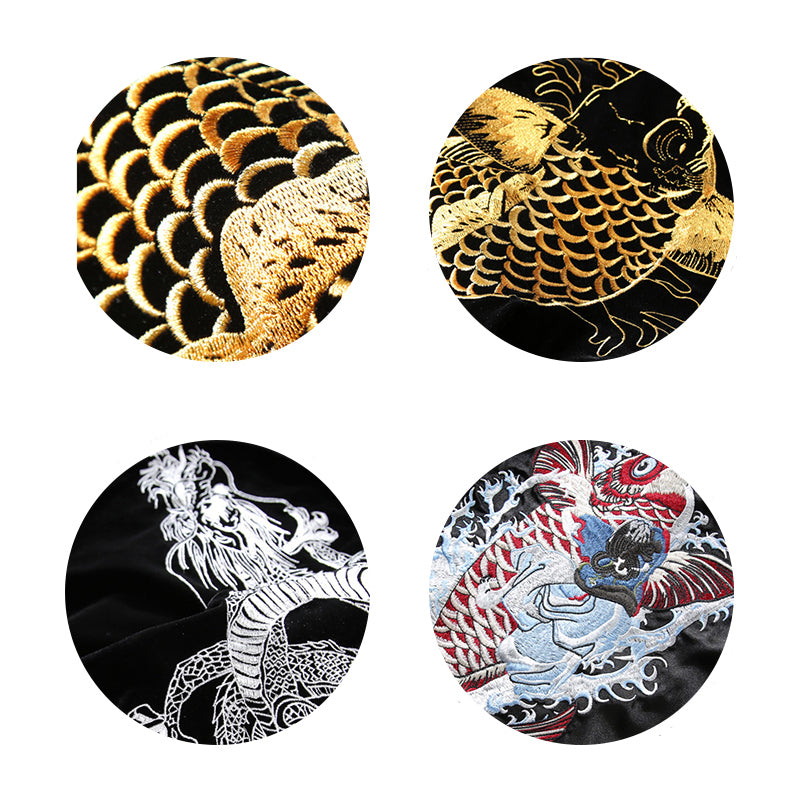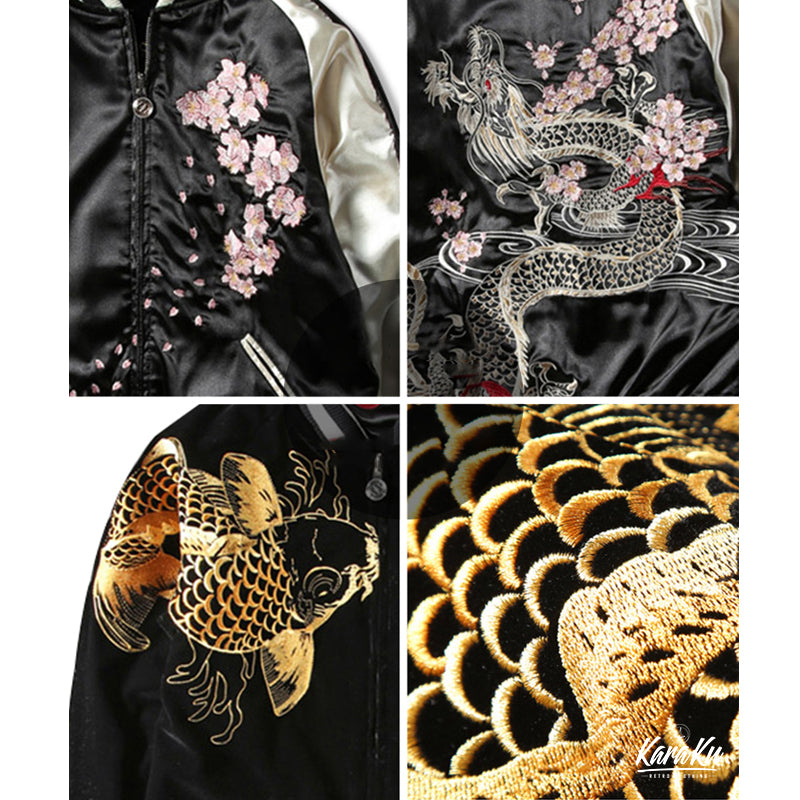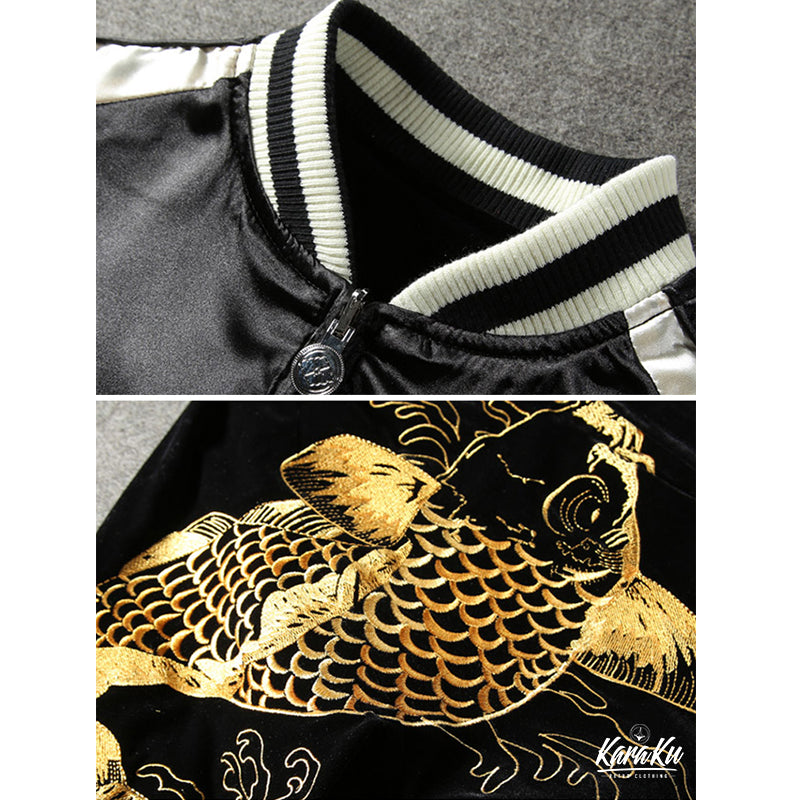Thank you for your continued patronage of Karakubuy! ! It's Endo!
This time,
Also known as "Japan Blue"
It is widely known as a color that symbolizes Japanese tradition.
I would like to introduce "Aizome".
Now it attracts people not only from Japan but from all over the world.
What is the charm of Japanese traditional beauty [Aizome]?

#"History of indigo dyeing"
Indigo dyeing is said to be the oldest dye for mankind and is used not only in Japan but also in many parts of the world. There is a record of indigo dyeing in the 7th century, and here in Tokushima Prefecture there is a record that indigo dyeing was practiced in the 13th century. It is said that in the 16th century, during the Sengoku period, demand for indigo dyed goods increased among samurai warriors as an auspicious dye, and indigo production began in earnest. In the 17th century, during the Edo period, the Tokushima clan protected the production of indigo, and the production of indigo became more and more popular. In the Edo period, indigo dyeing was used as a means of dyeing all sorts of materials, from work clothes to high-end clothing. The production of indigo continued into the 19th century, but from the beginning of the 20th century, the import of artificial indigo made from chemical compounds increased, and the unique Japanese indigo dyeing that has been handed down since ancient times declined. Especially during World War II in the middle of the 20th century, the production of sukumono, the raw material for indigo dyeing, was suspended. This is because the fields have been converted into food fields. Although the history of indigo dyeing was about to come to an end, the lifeline of indigo dyeing has barely survived to this day thanks to the people who have preserved the ancient tradition of sukumo making.
# How to dye indigo

Traditional indigo dyeing that has continued since the Edo period is called "sukumo", which is made by drying the leaves of the knotweed plant, which is a plant of the knotweed family, and fermenting and aging the leaves for over 100 days. Staining is performed using

Sukumo is the base of indigo dyeing, but since it does not dissolve in water as it is, it is fermented with lye, lime, and sake to create a dye solution. The cloth is dipped in the dye solution, taken out, and exposed to the air, repeating this process over and over again until the desired color is achieved little by little.

Indigo has the characteristic of developing color by oxidation, so in order to deepen the color, it is necessary to repeat the process of immersing it in the dyeing solution, taking it out, and exposing it to the air. By repeating this laborious and time-consuming work one by one, the color changes from green to beautiful indigo.

# "Characteristics of indigo dyeing"
- Insect repellent effect that keeps insects away
- Deodorant effect that suppresses sweat odor
- Antibacterial effect gentle on atopic dermatitis
- UV protection effect to prevent sunburn
- Antipyretic, detoxifying, and anti-inflammatory effects
Since ancient times, indigo has been valued as a medicinal plant used as an antipyretic, detoxifying, and anti-inflammatory agent, and there are records that it was used to treat wounds bitten by poisonous creatures in the Edo period.
In addition, since indigo has deodorant and insect repellent effects, many sake breweries, soba restaurants, and kimono merchants have used indigo dyed “noren” since ancient times. loved as a face
# "Examples of patterns that can be expressed with indigo dyeing"
[discharge printing]
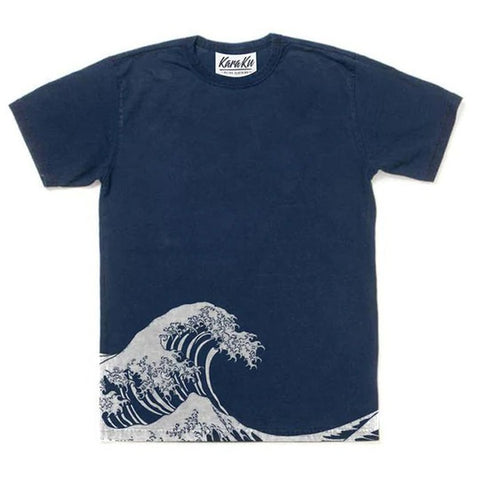
Japanese Pattern Discharge "The Great Wave Off Kanagawa" Pattern Indigo Dyed Short Sleeve T-shirt karaku・・・・・・・・・・・・・・・・・・ VIEW MORE
[Stencil dyeing]

Indigo-dyed paste-dyed jacket karaku・・・・・・・・・・・・・・・・・・ VIEW MORE
[Itajime diaphragm]

Aizome Itajime Shibori stadium jacket karaku・・・・・・・・・・・・・・・・・・ VIEW MORE
#"Aizome fashion"
Indigo dyeing items are really diverse. Shirts, T-shirts, jackets, blousons, stoles and hats. And even polo shirts and pants have appeared.



